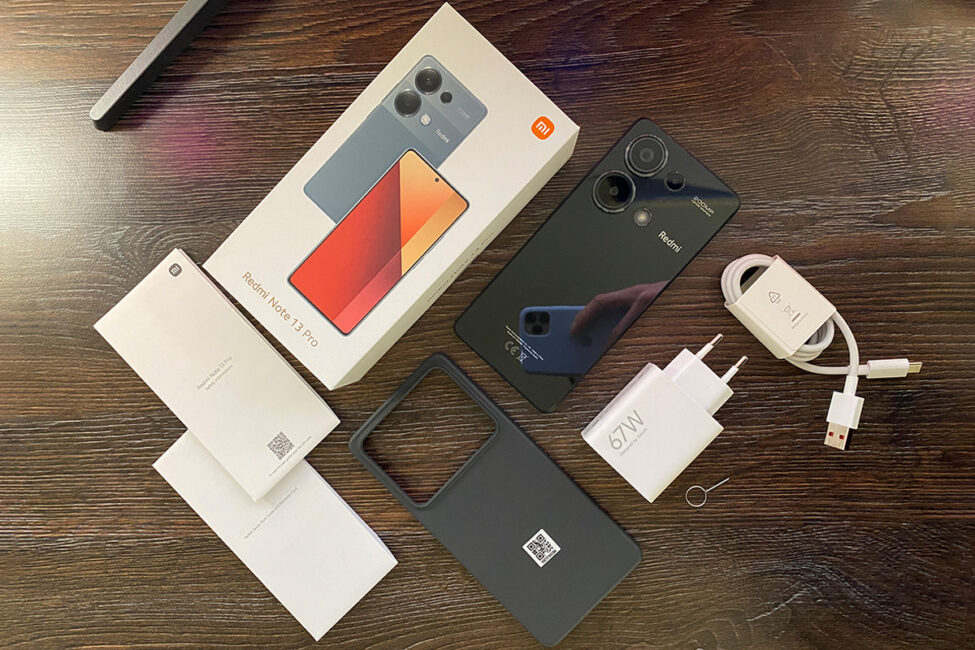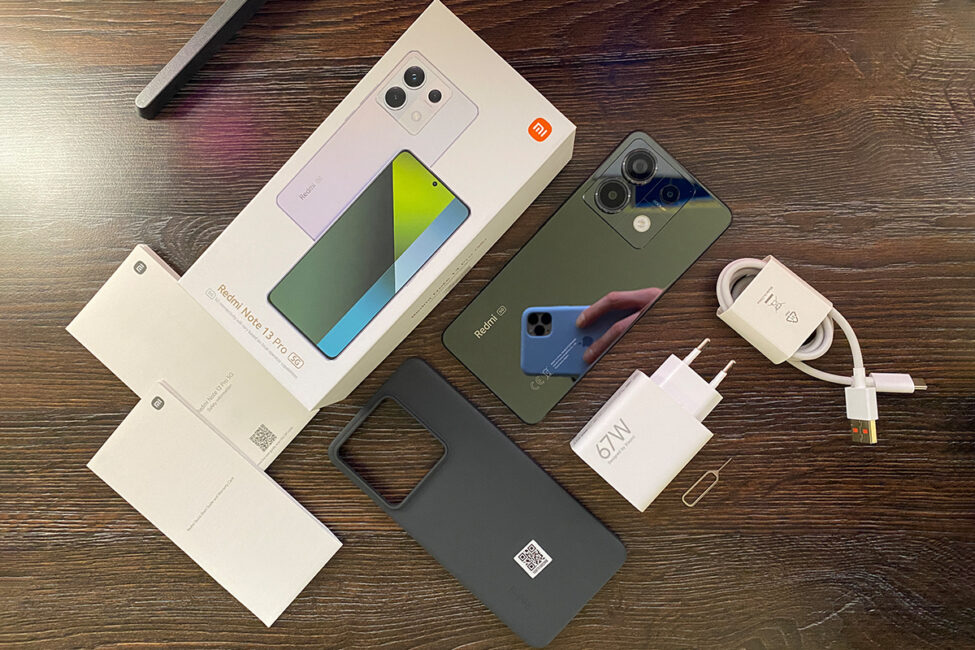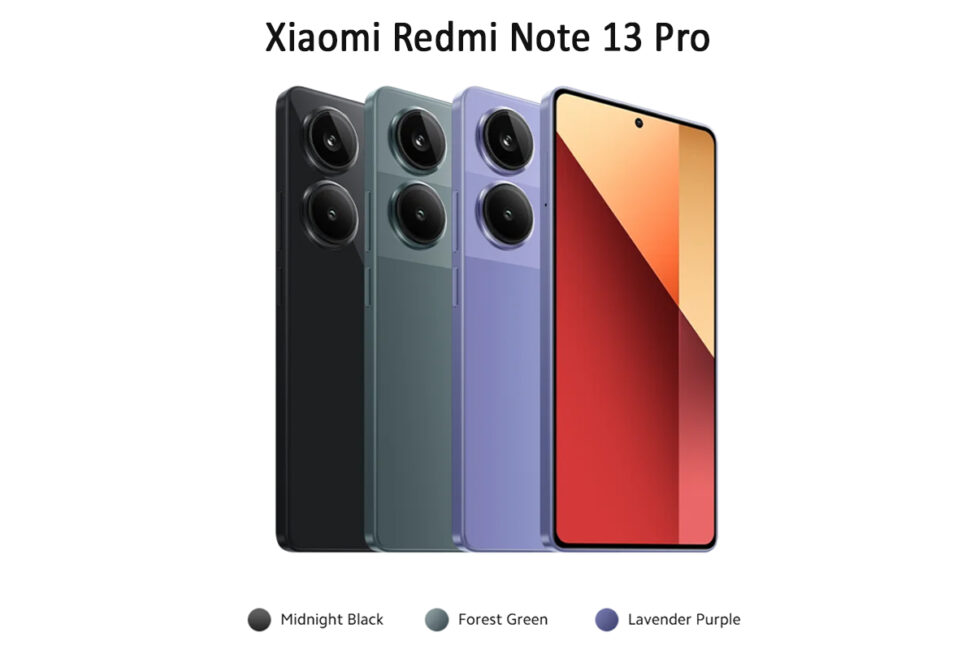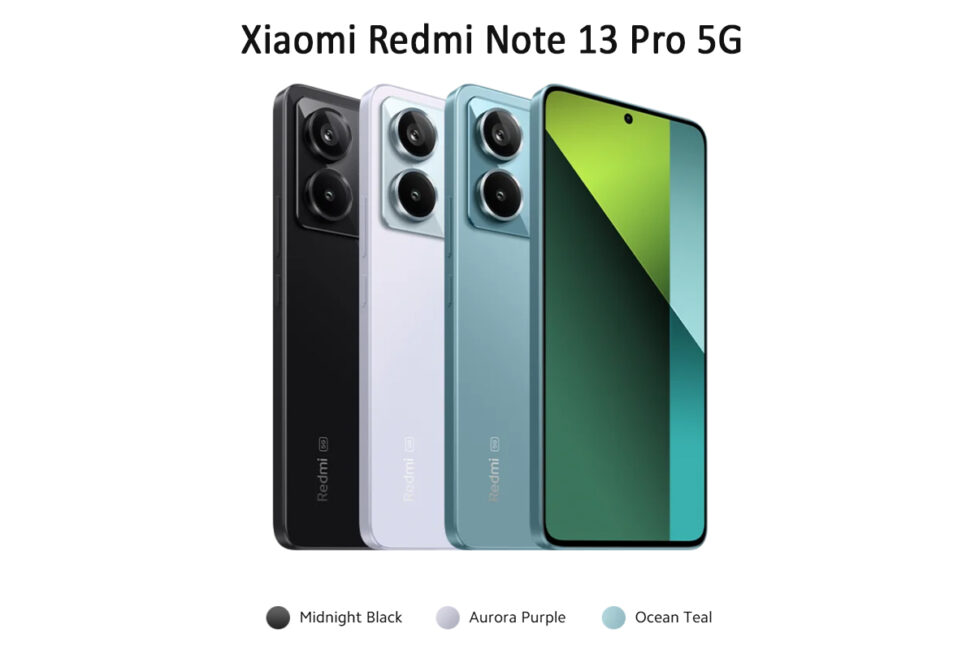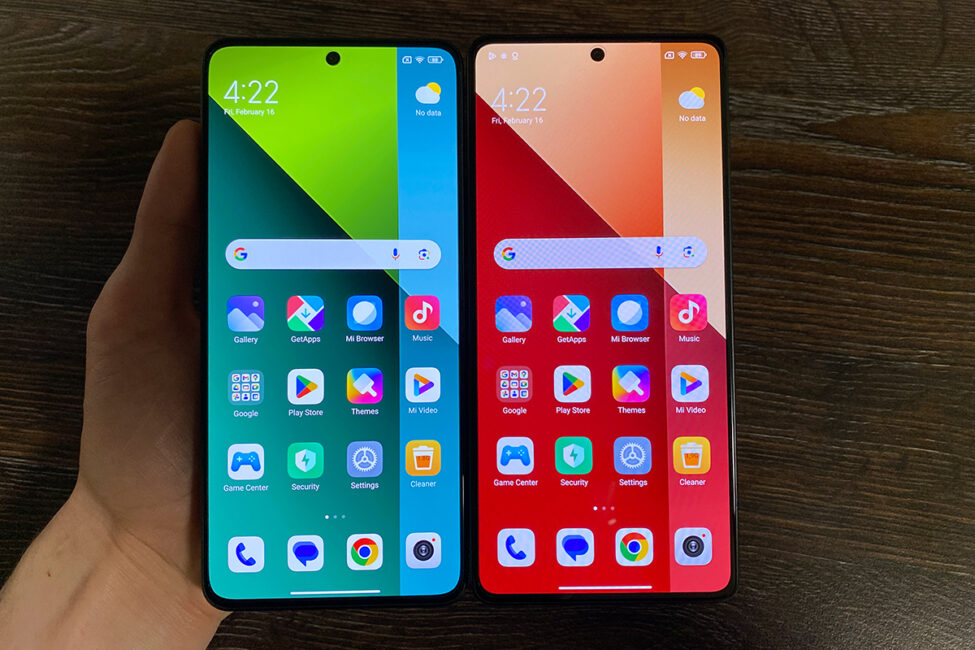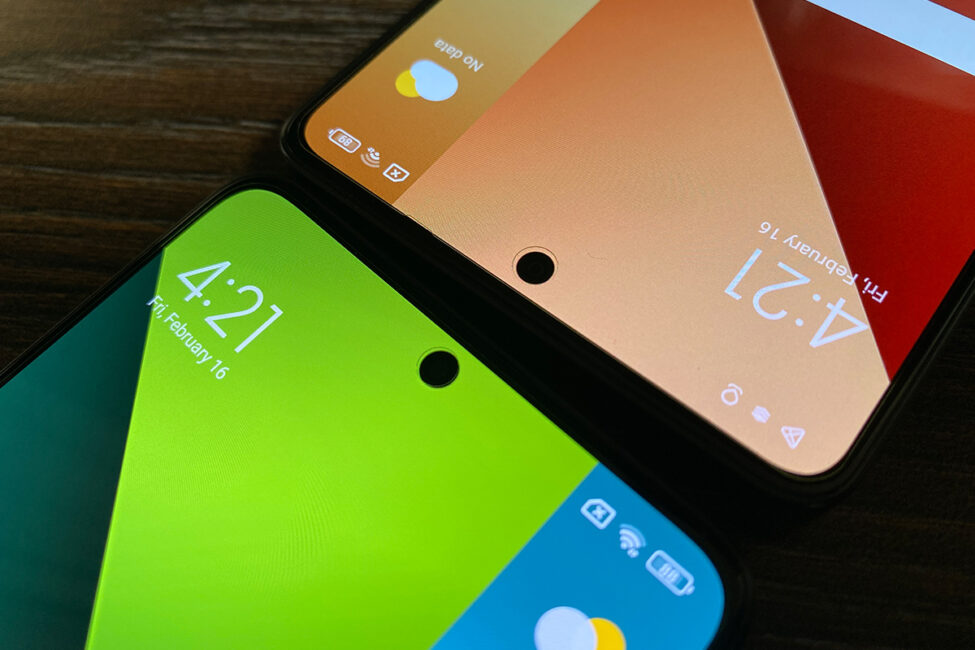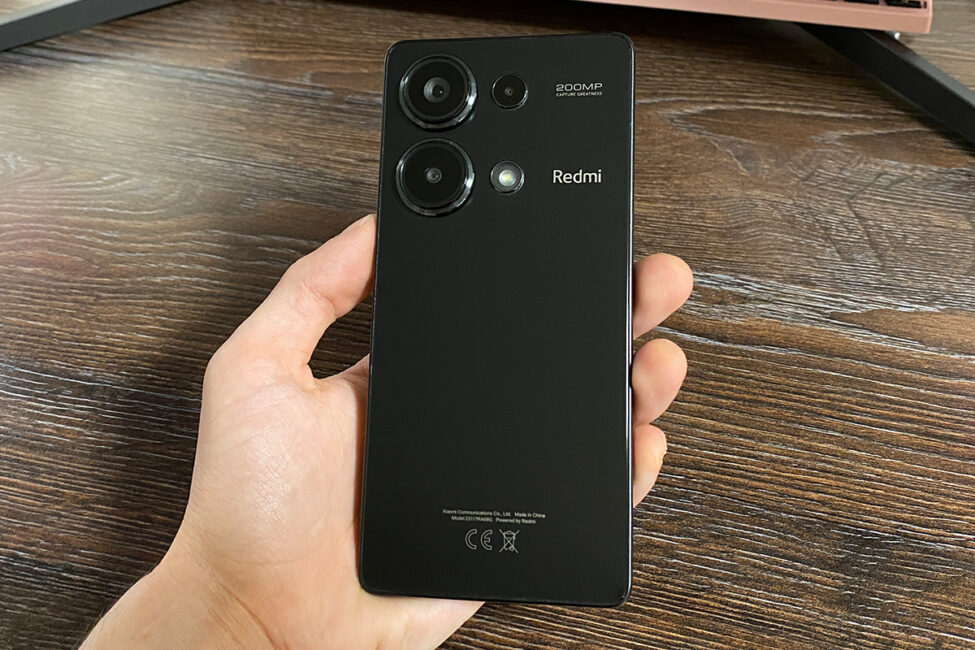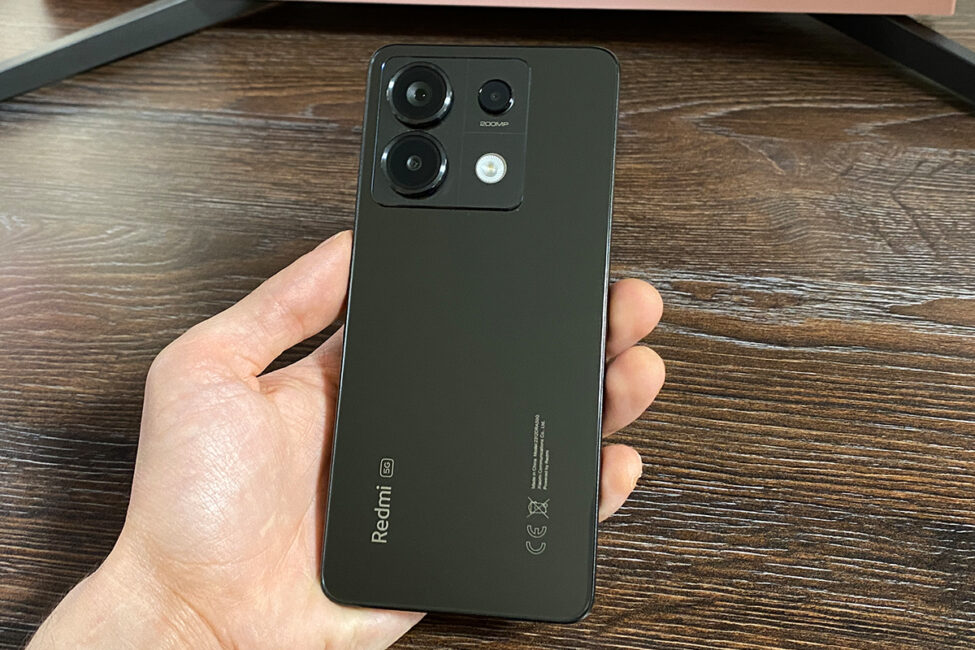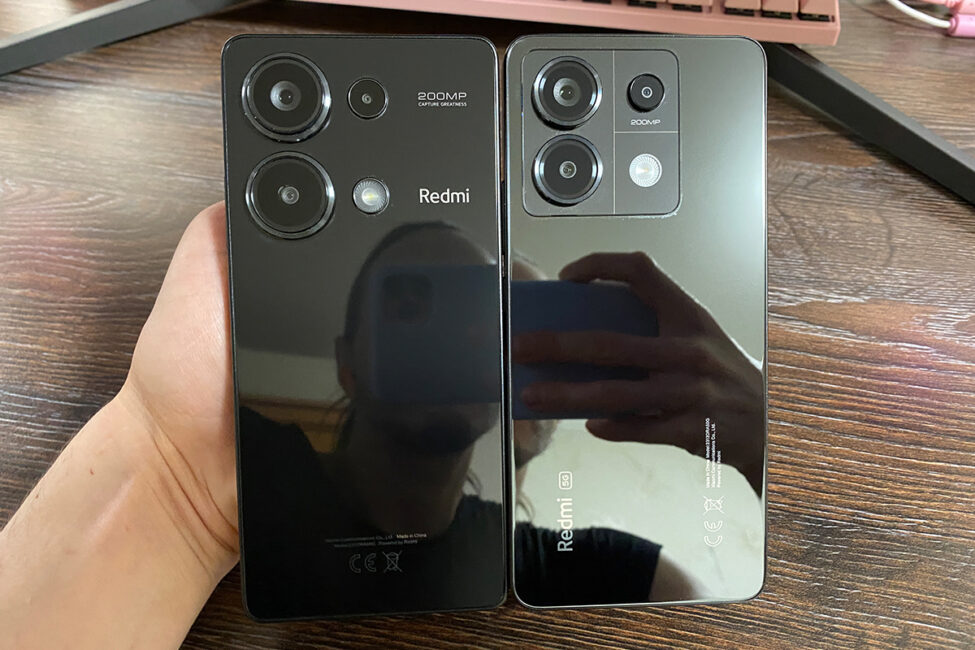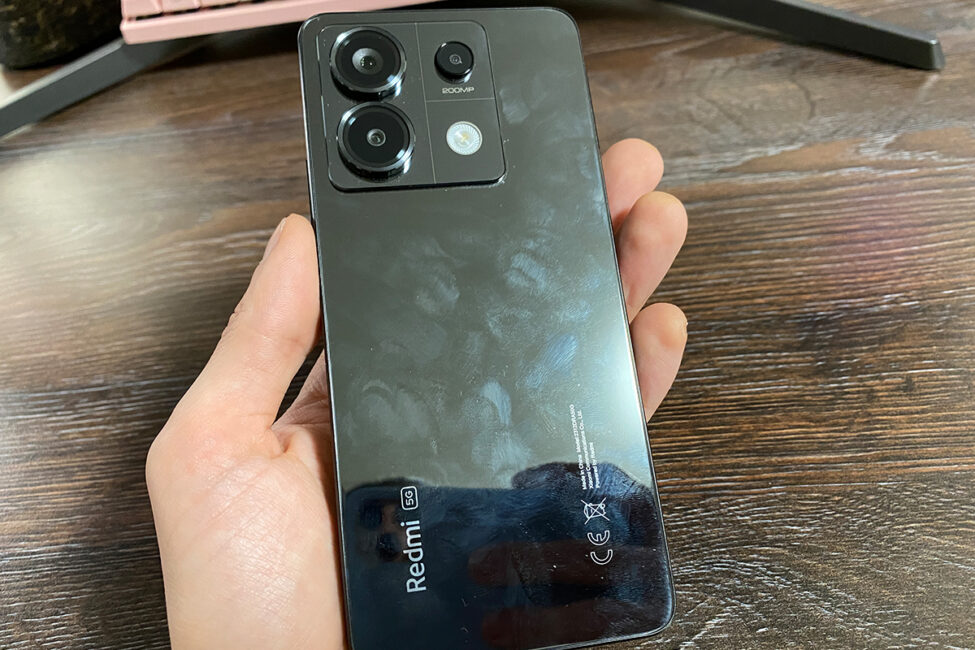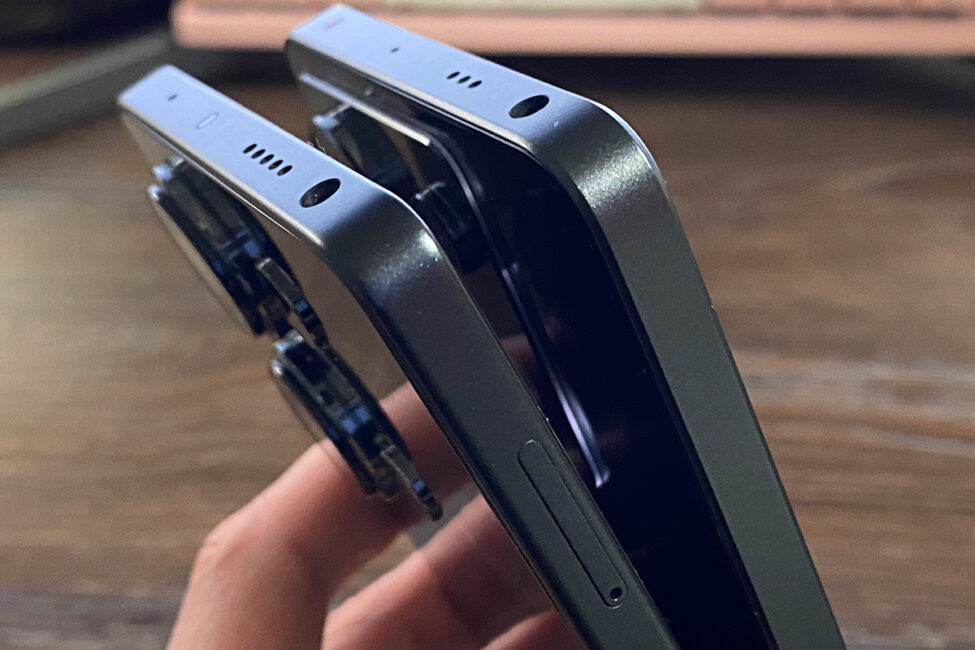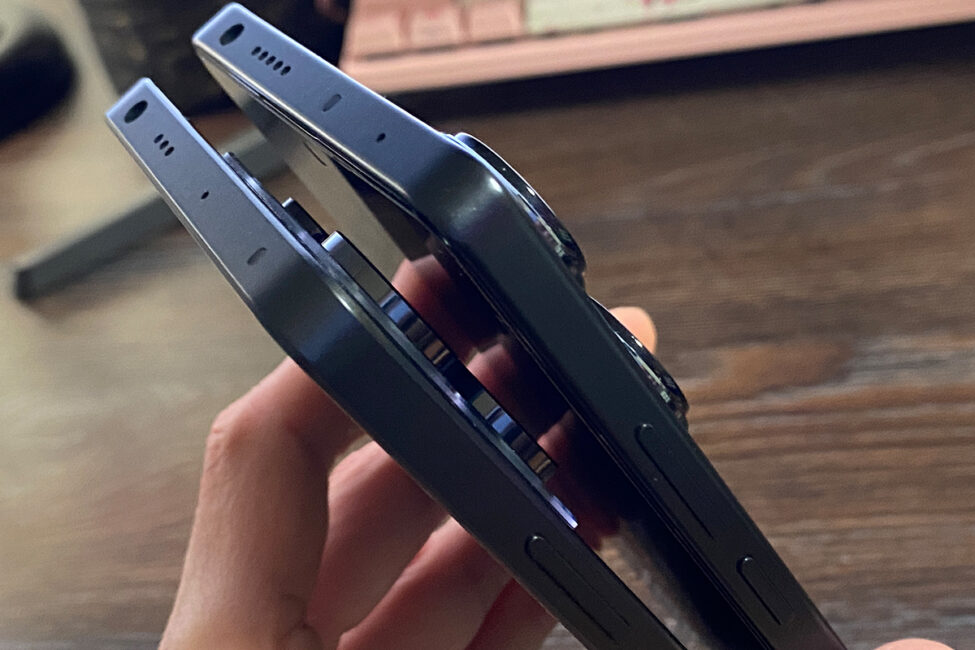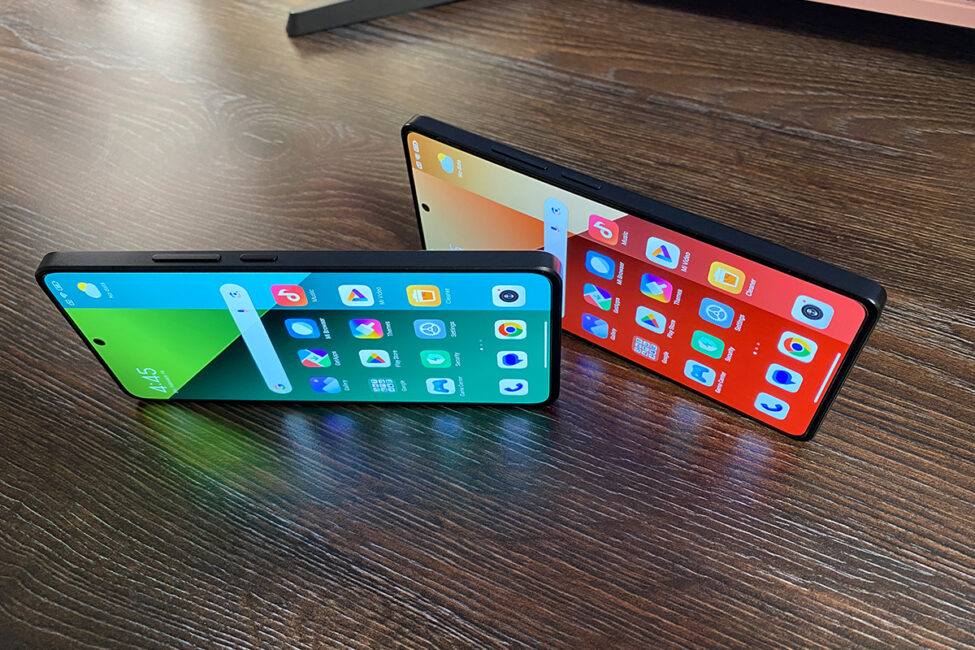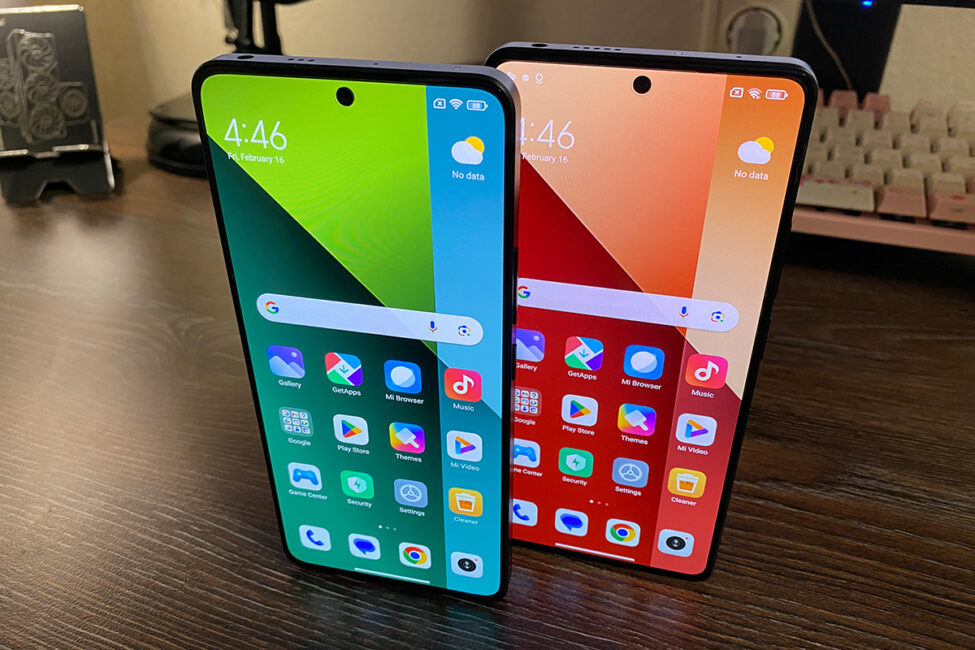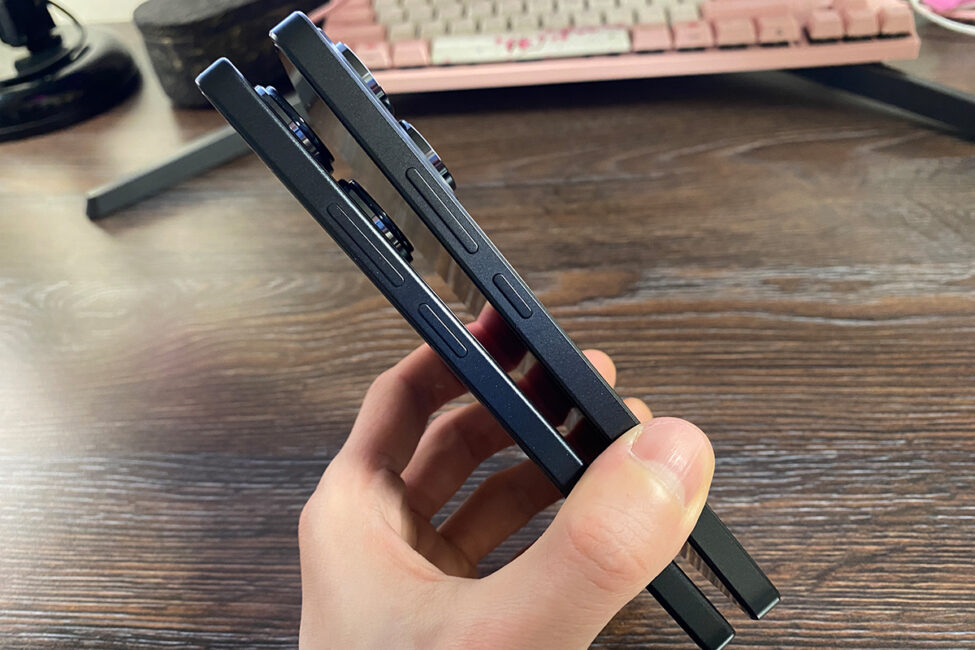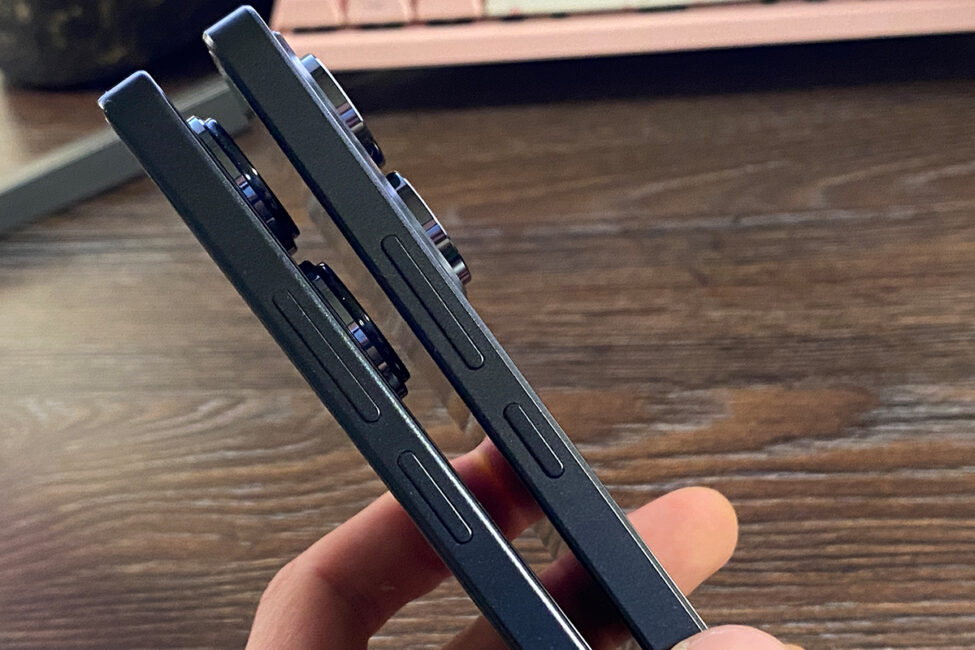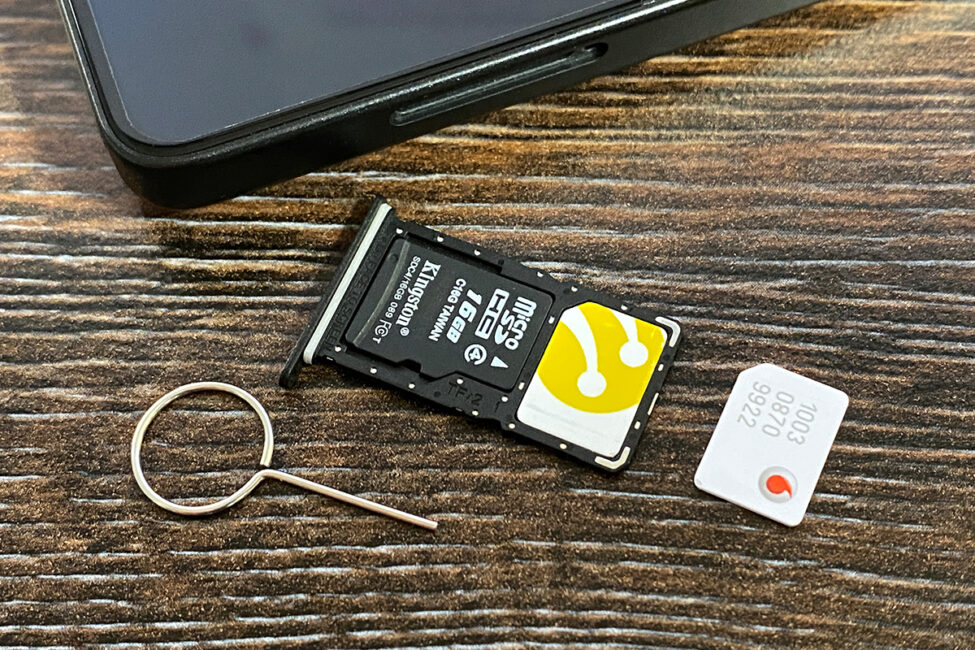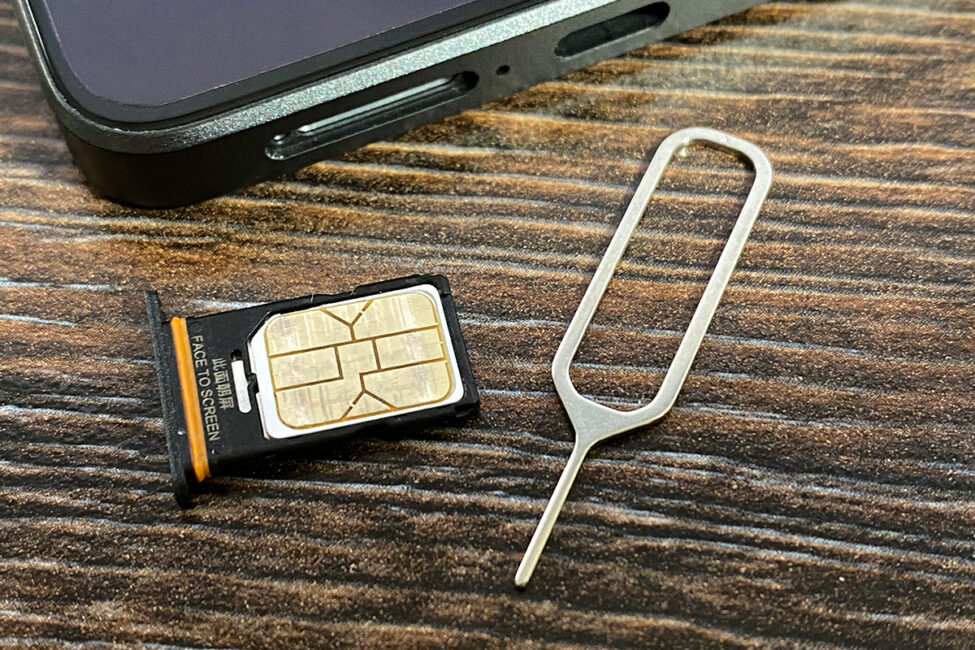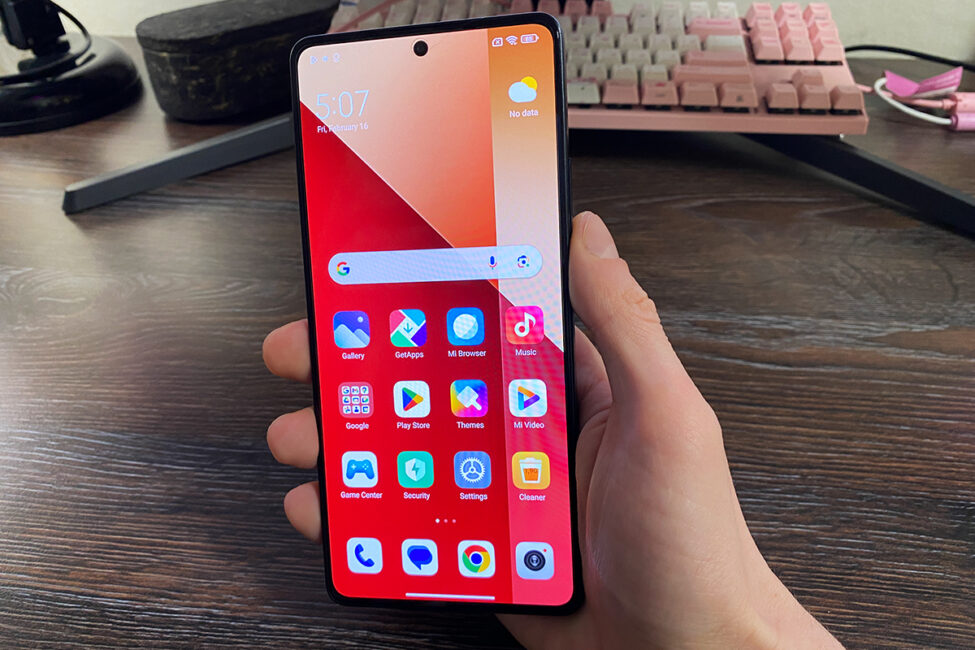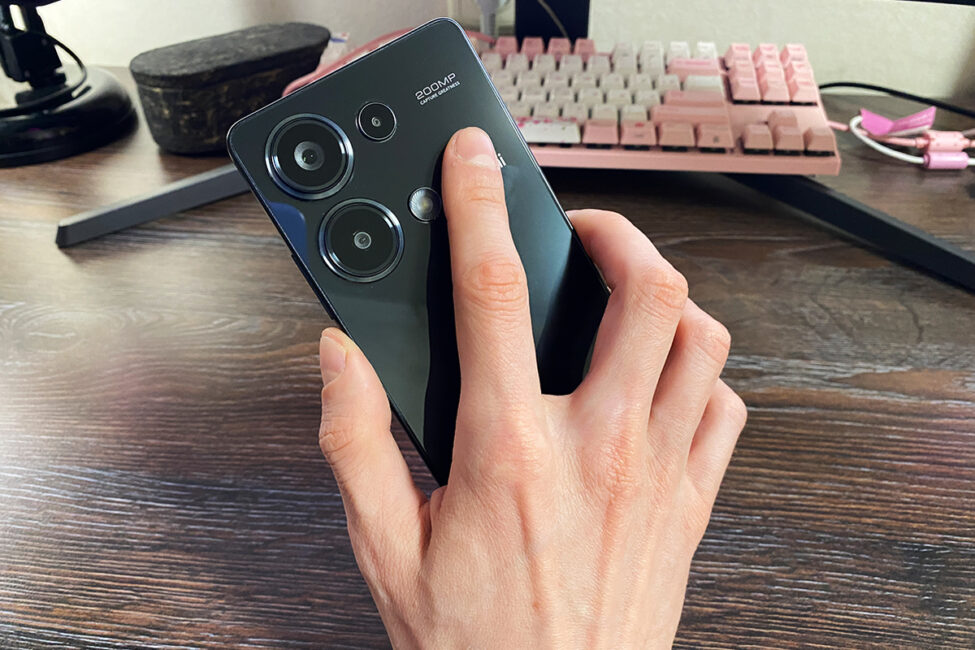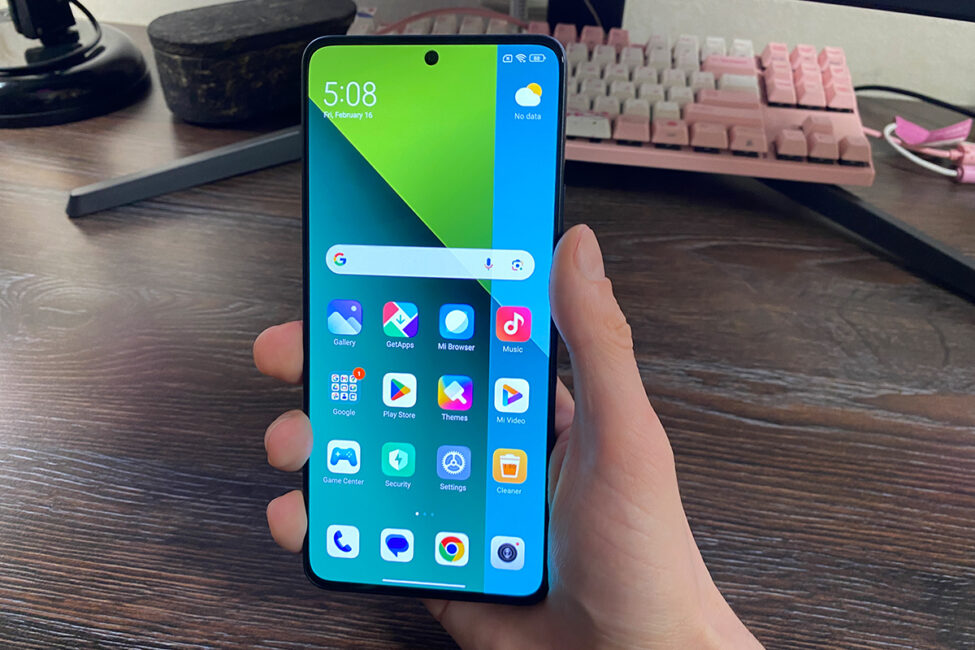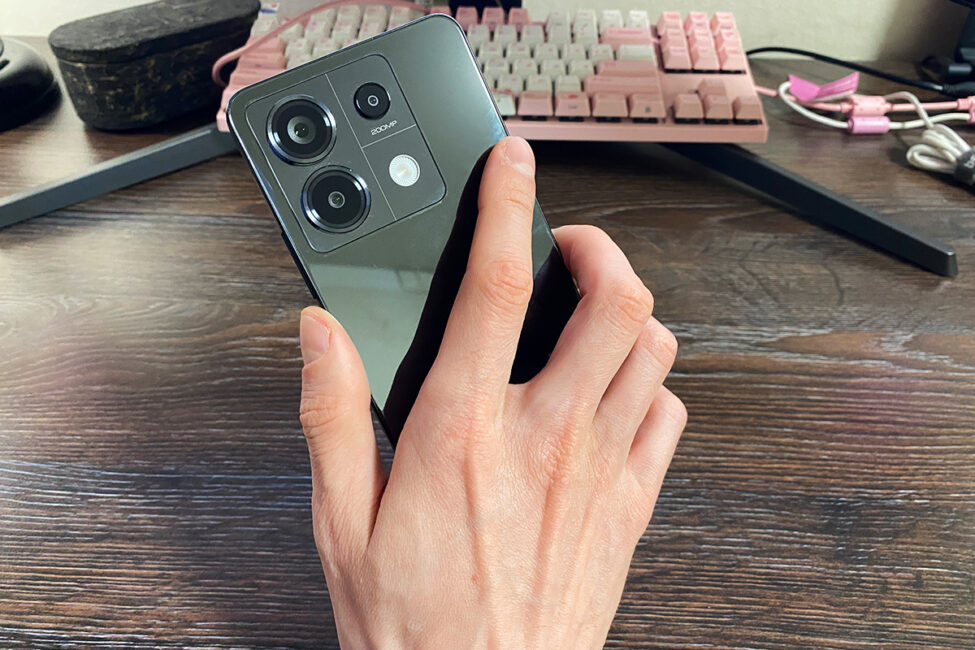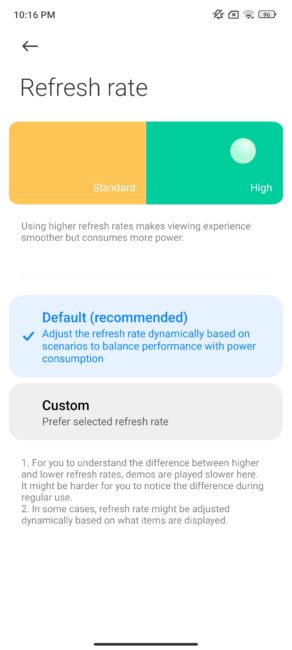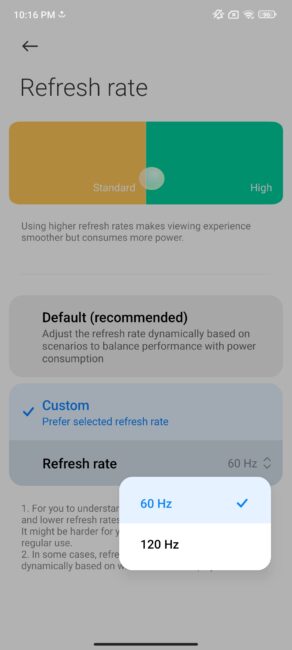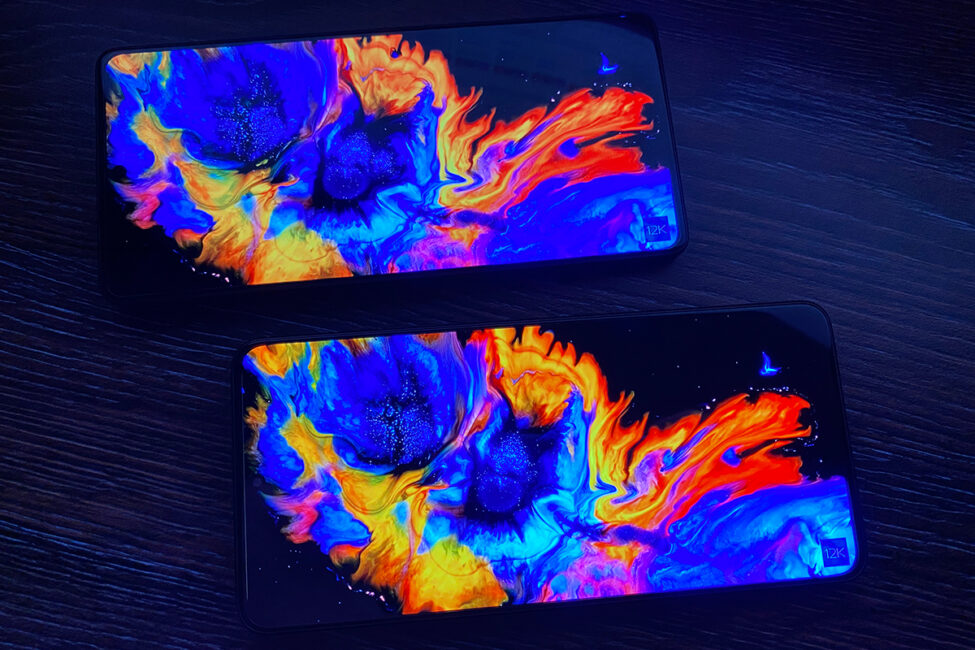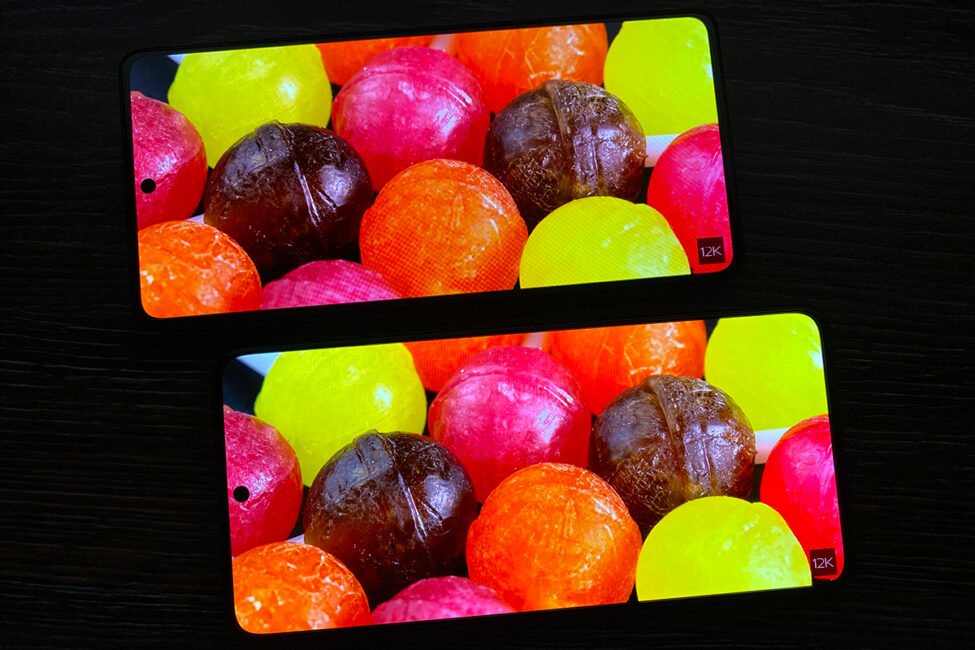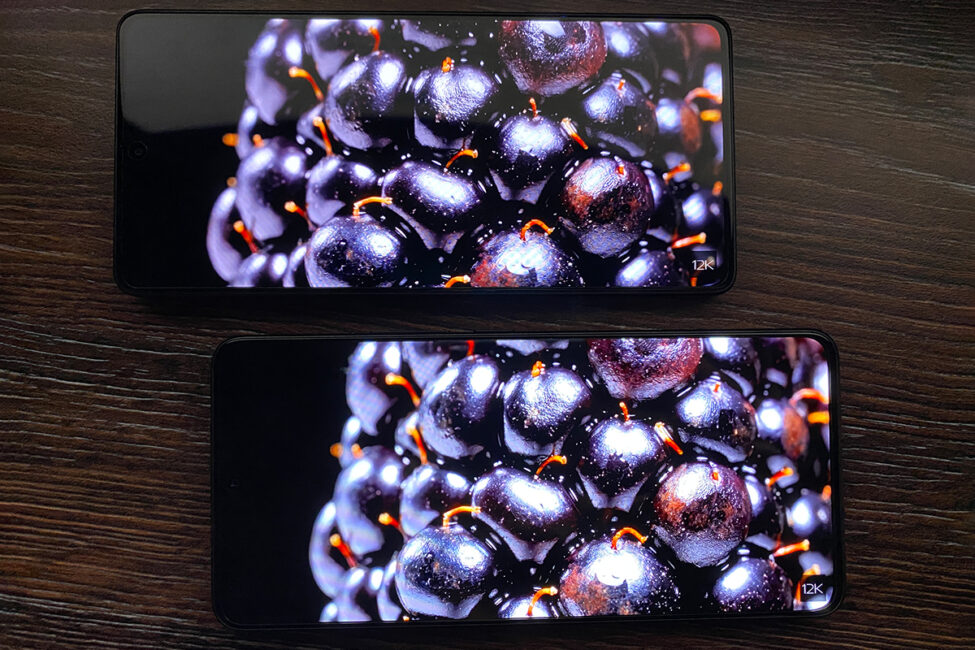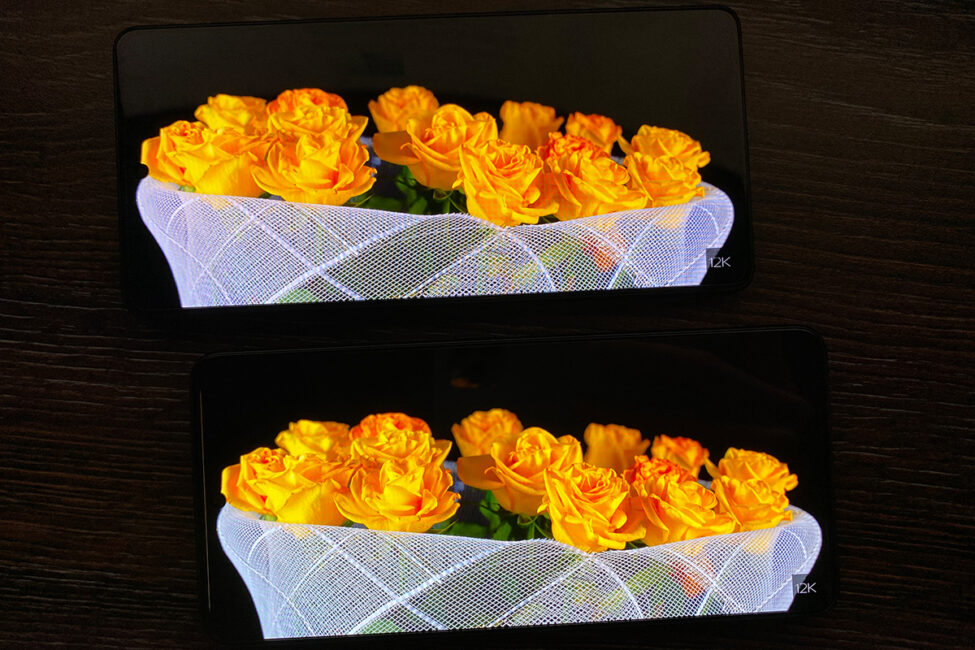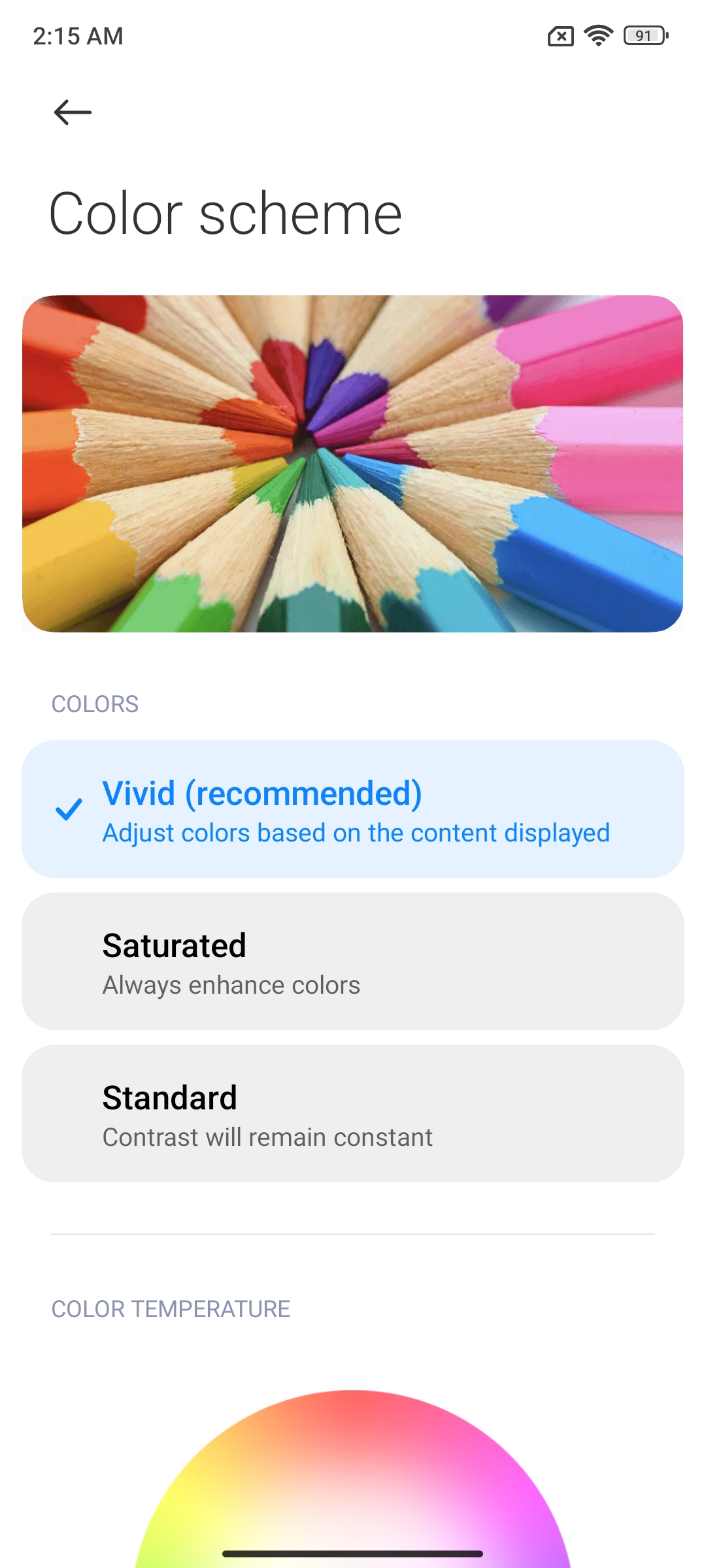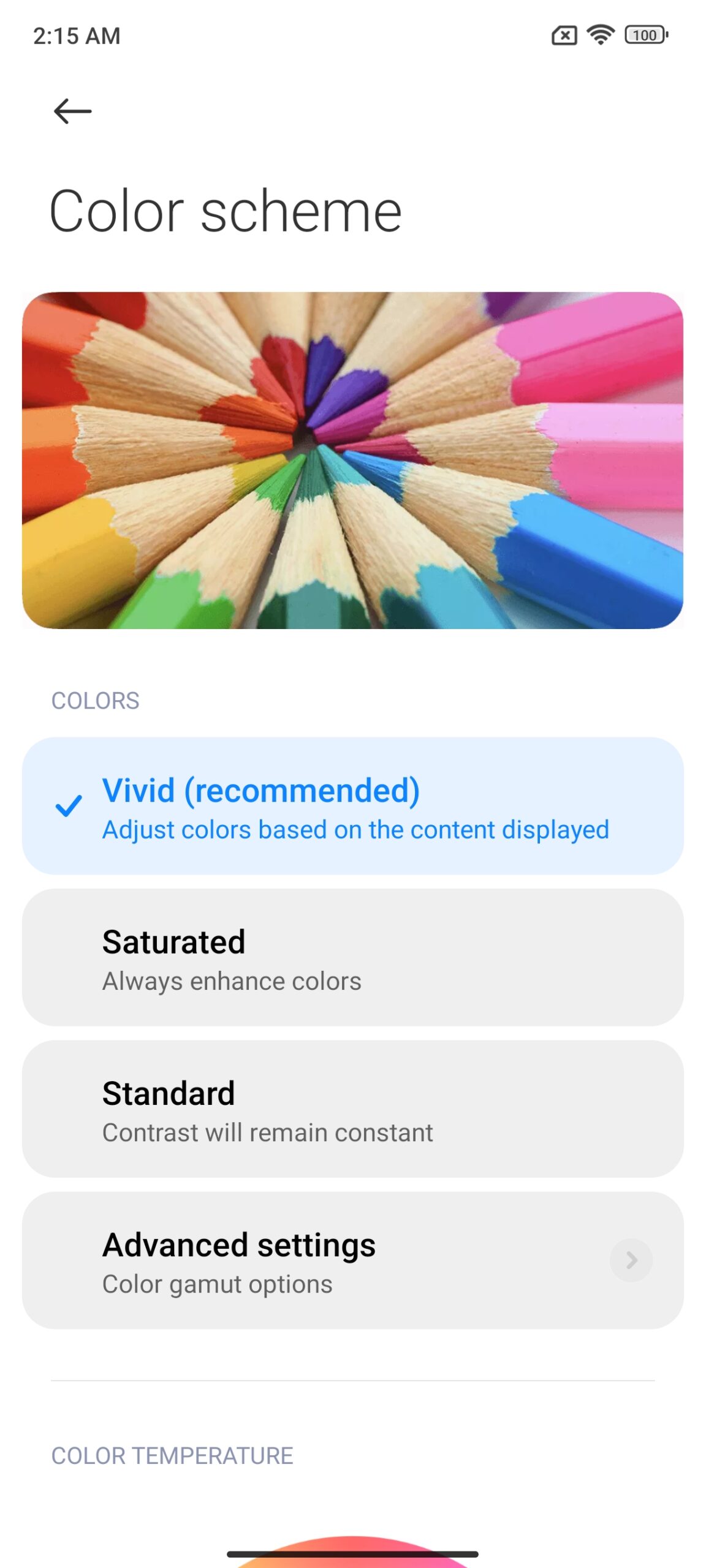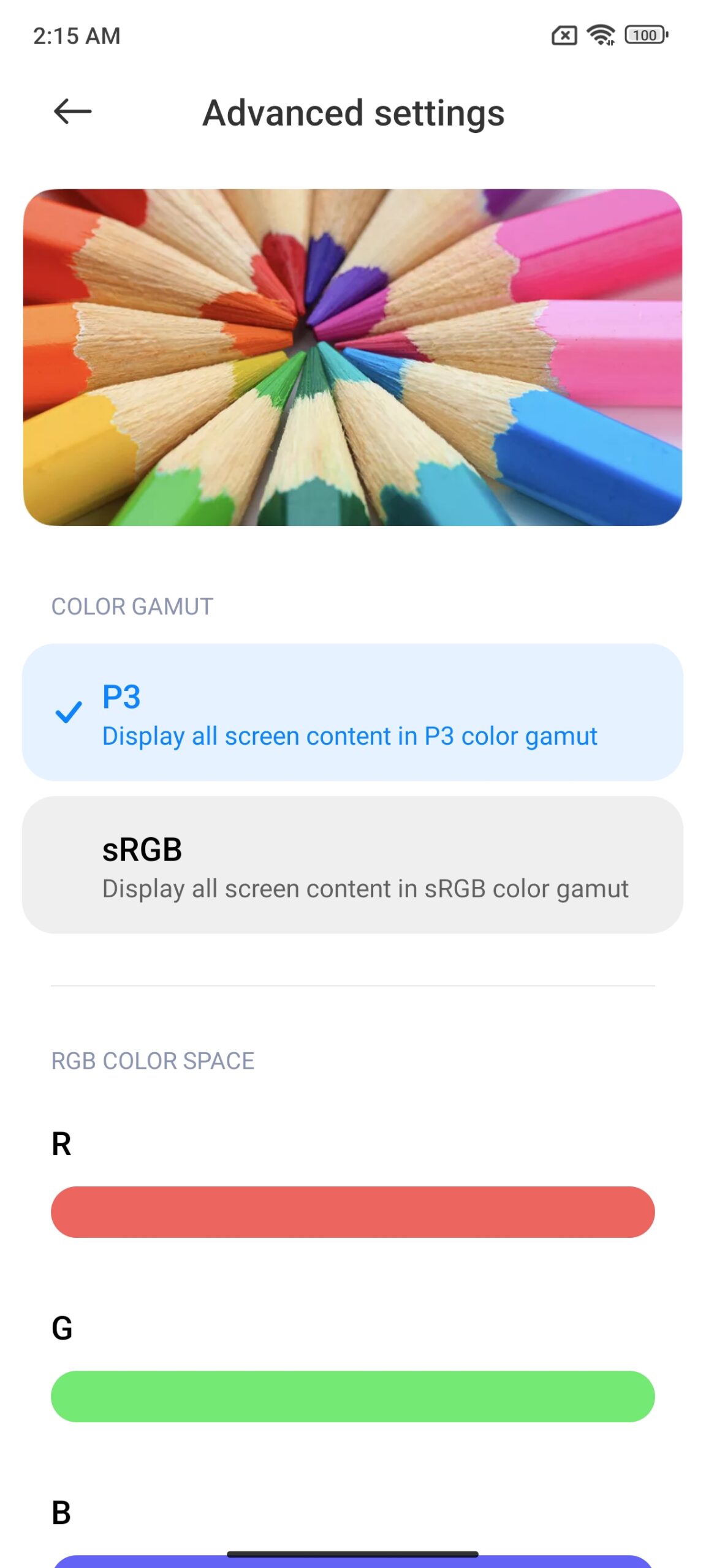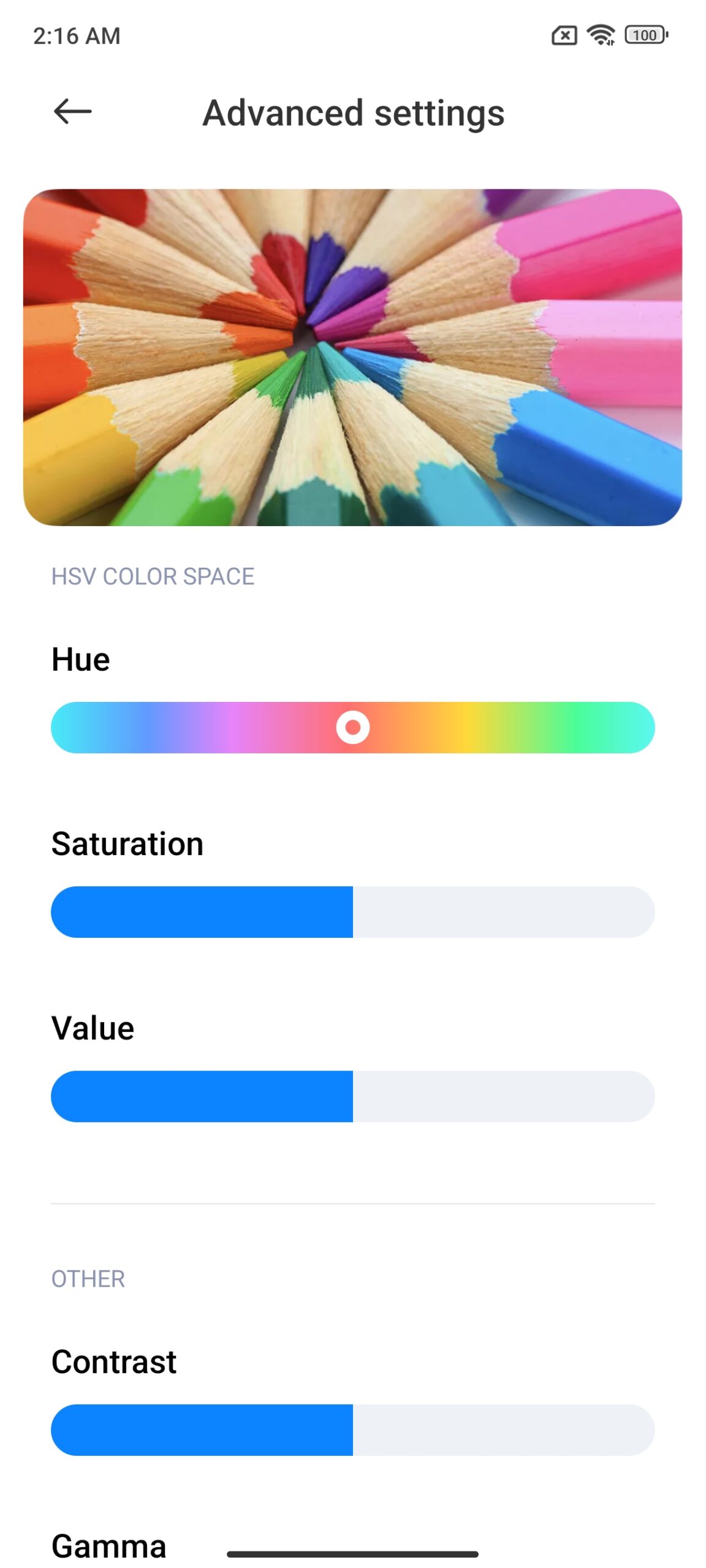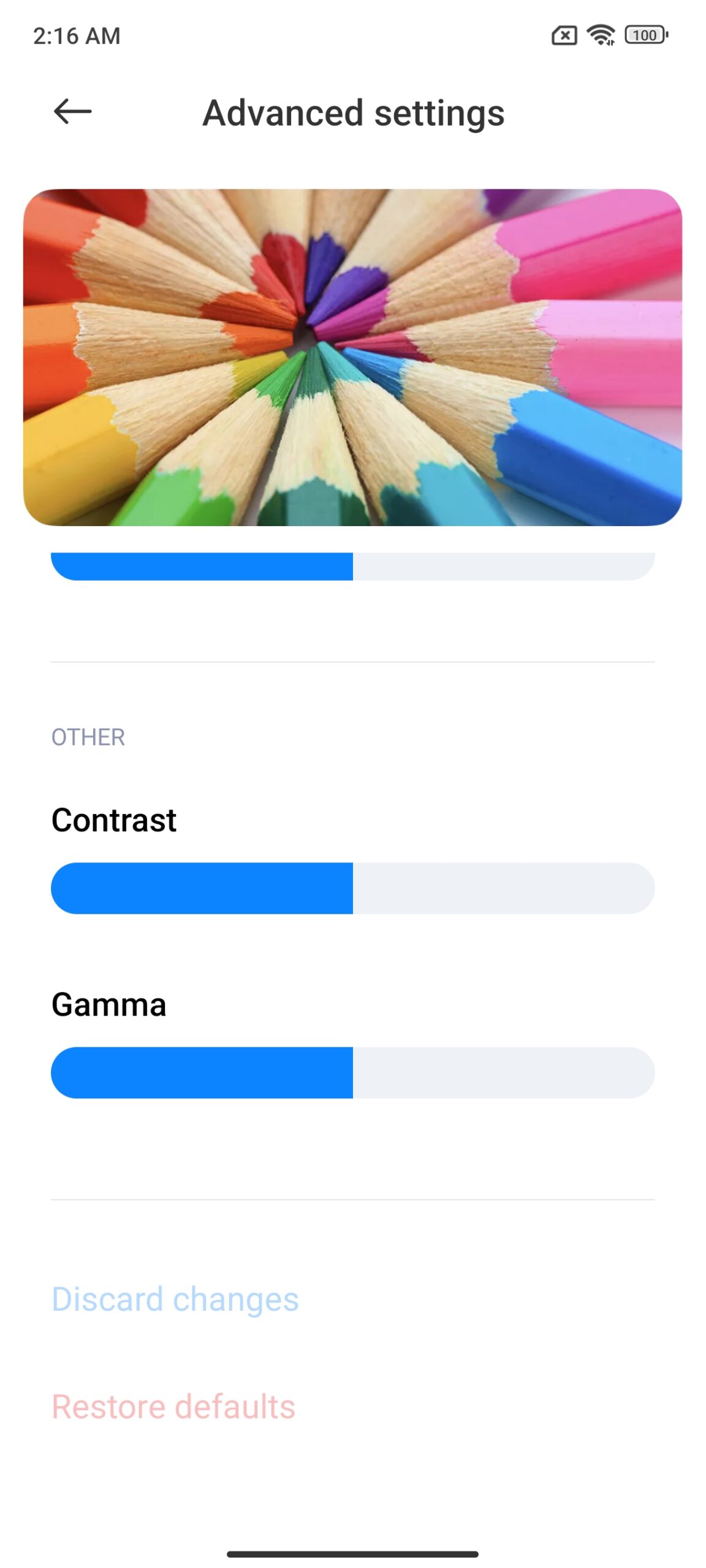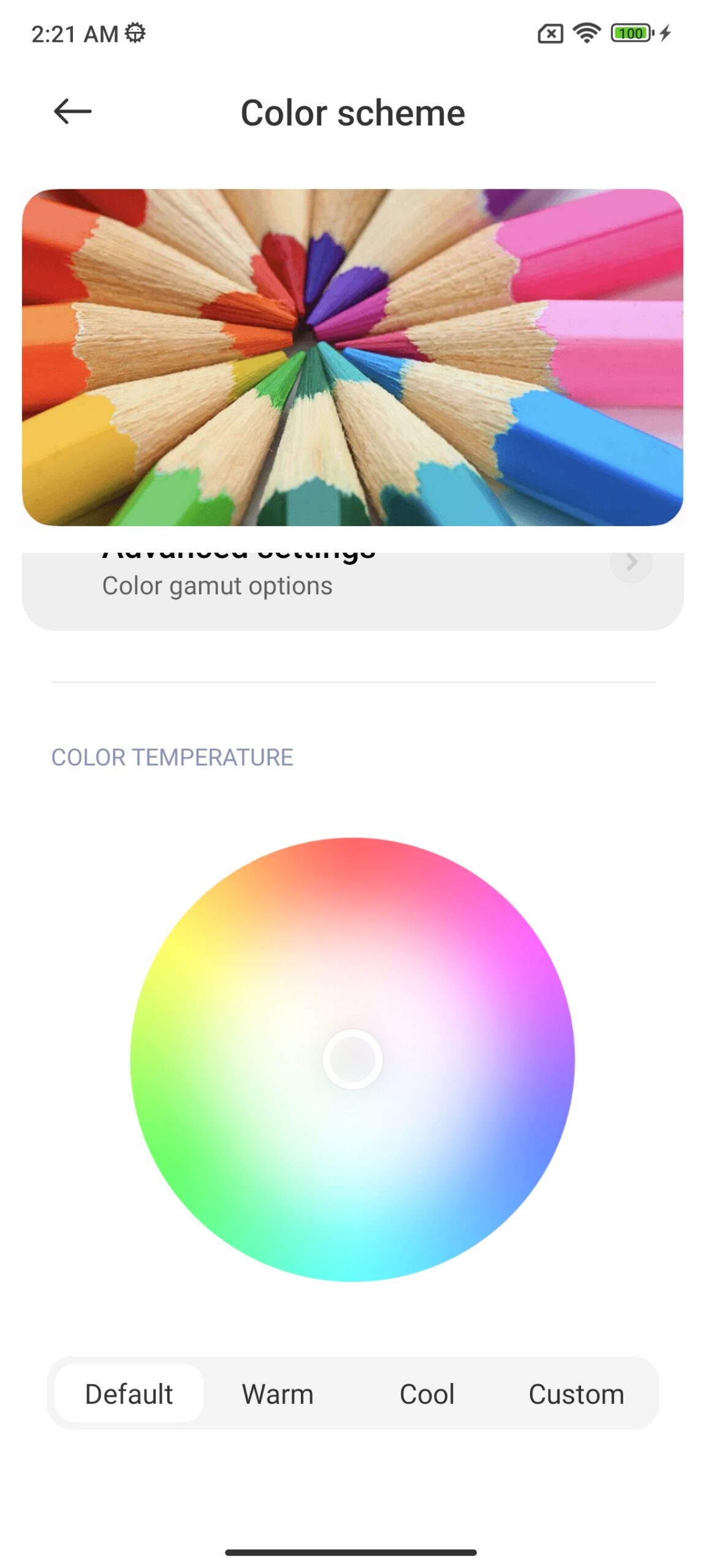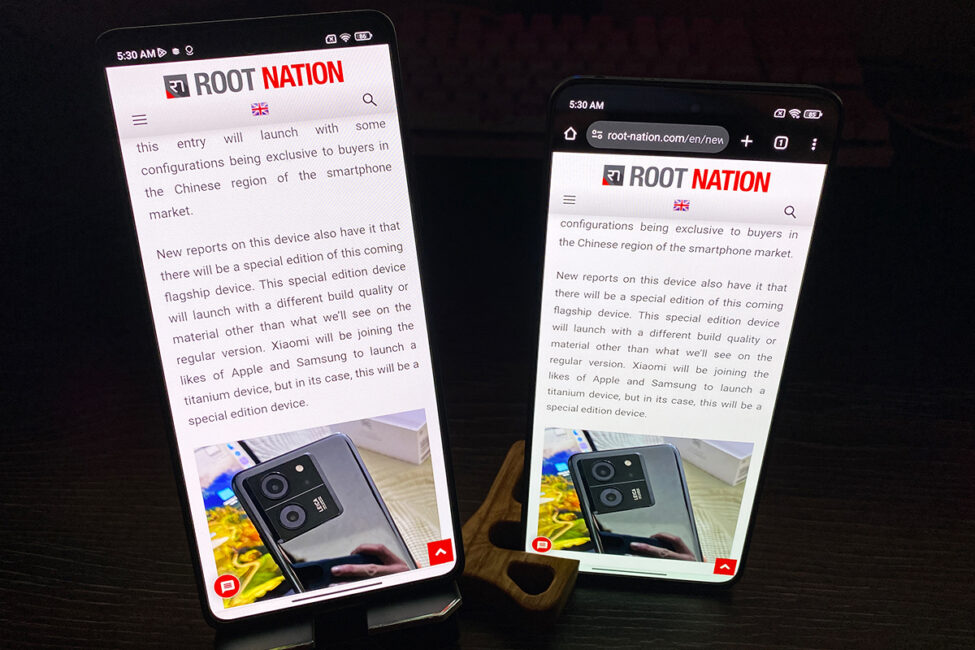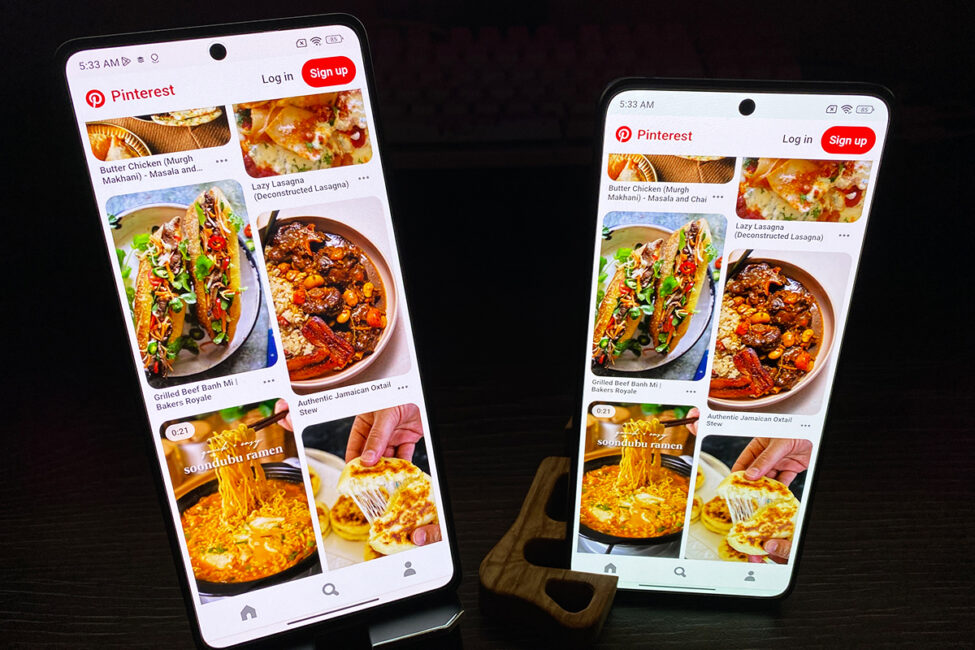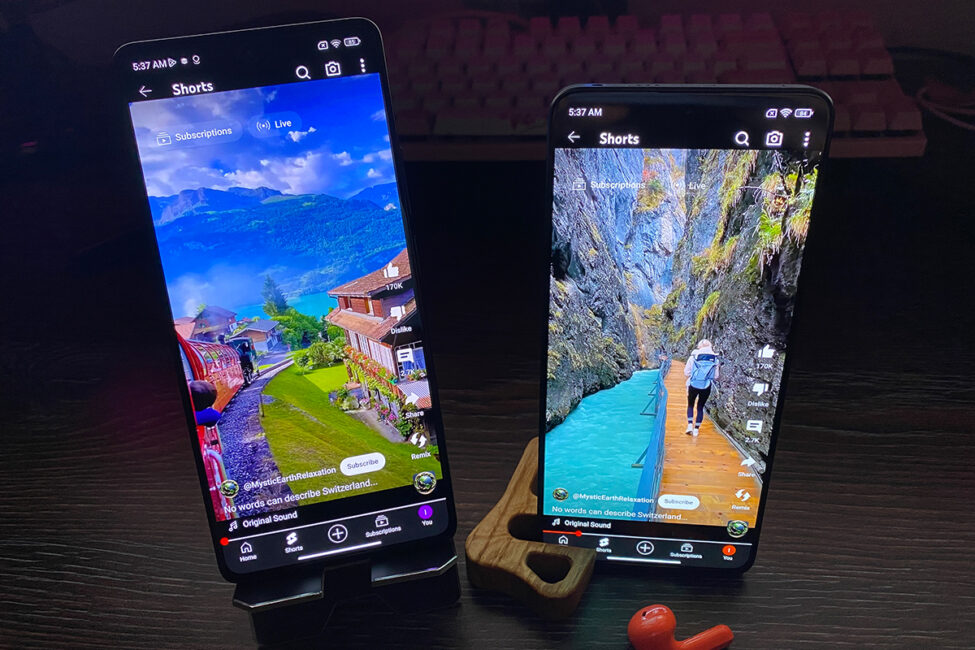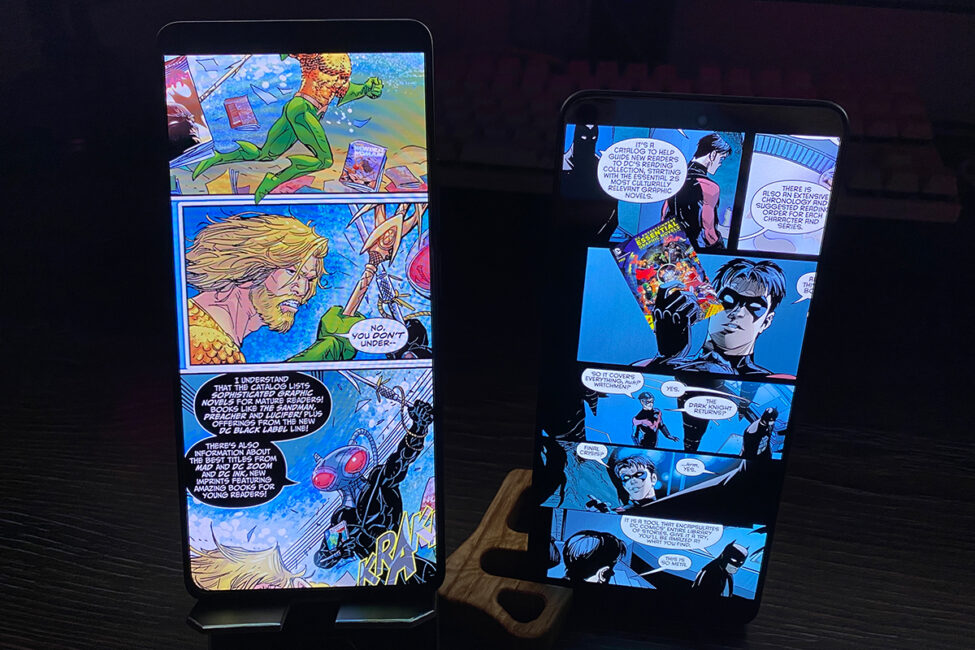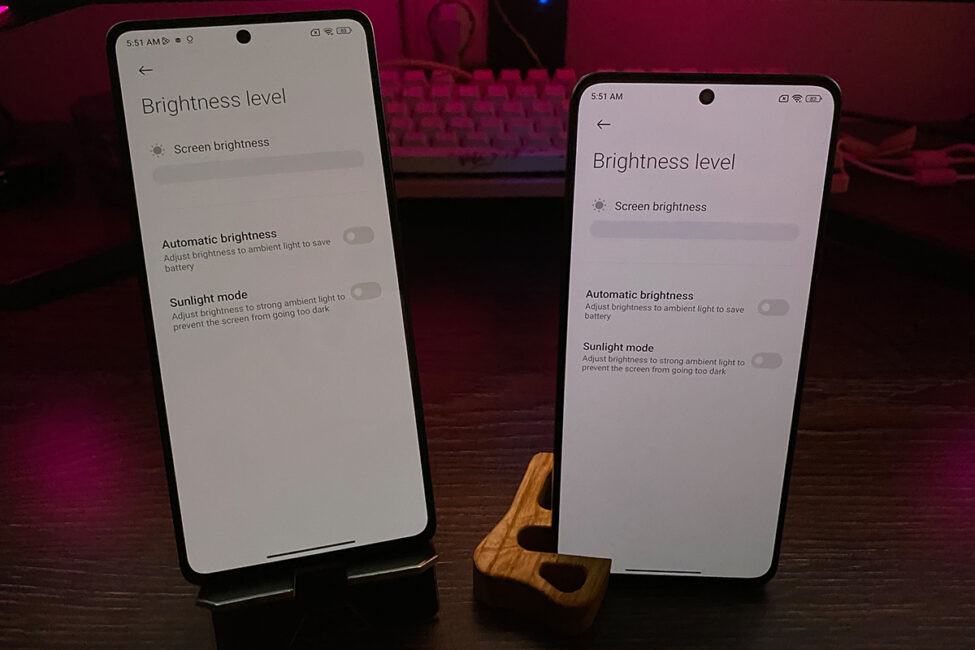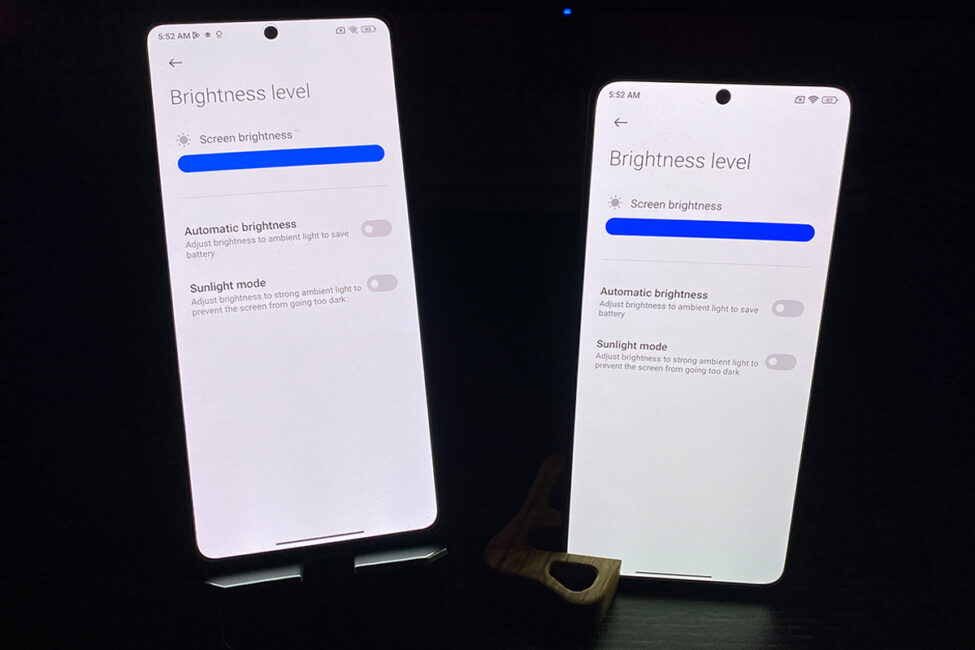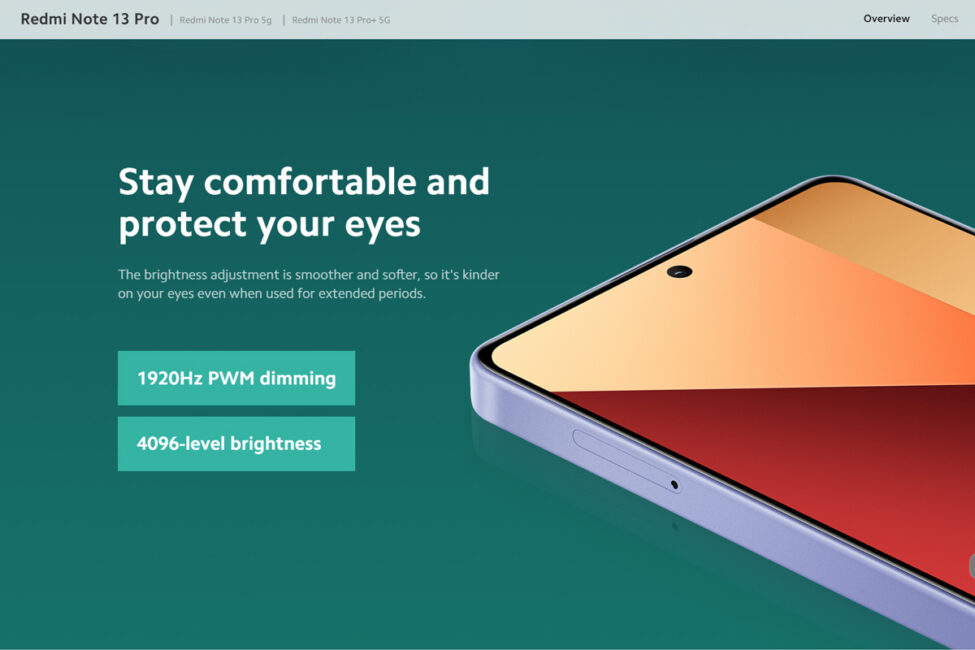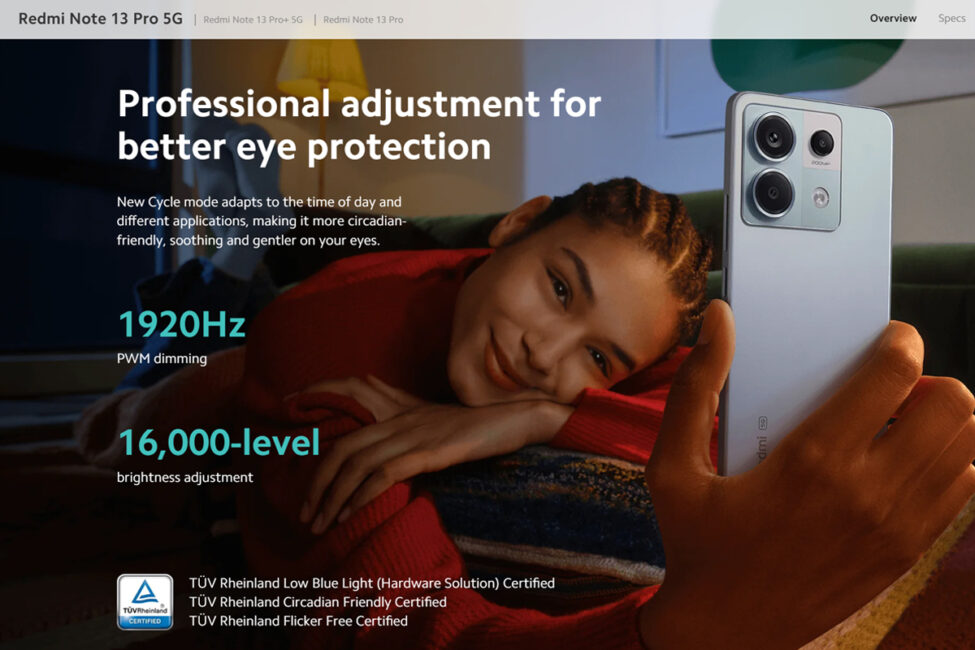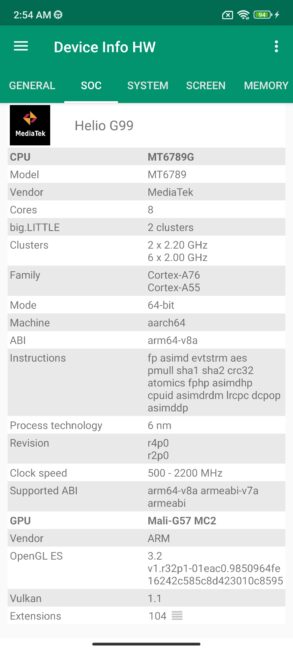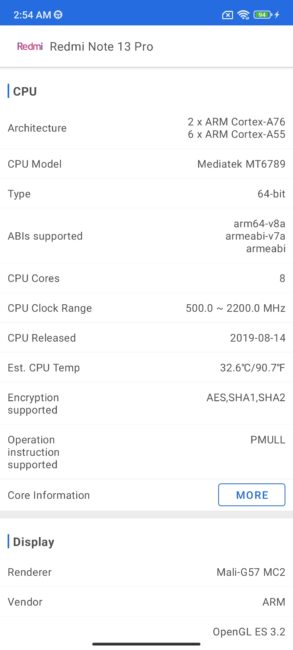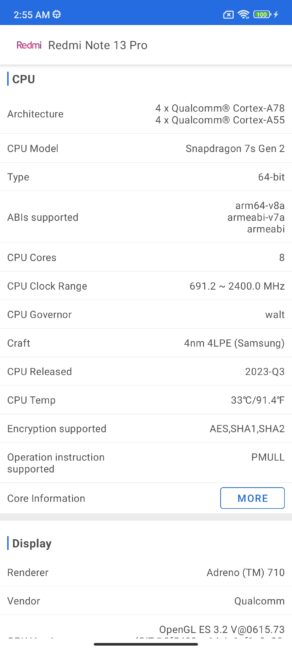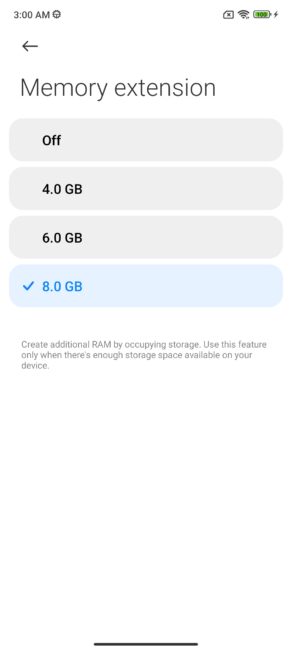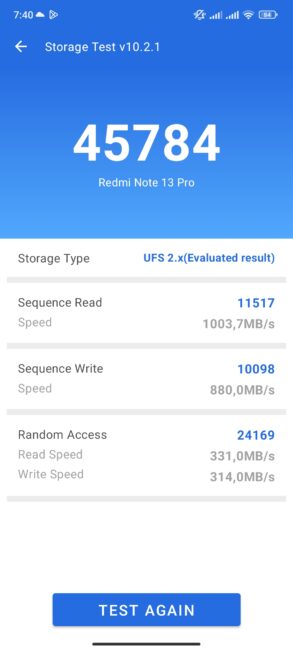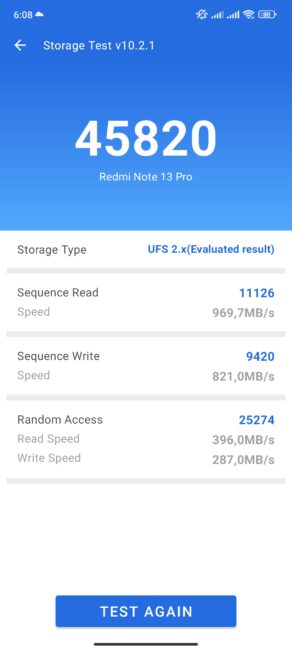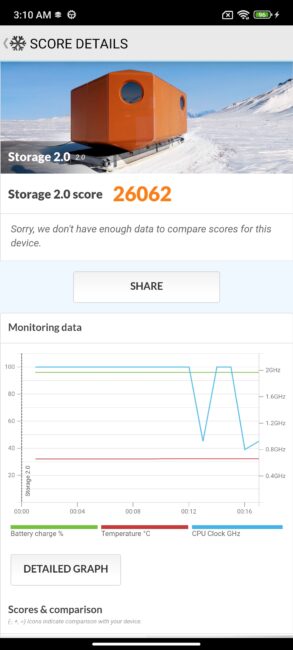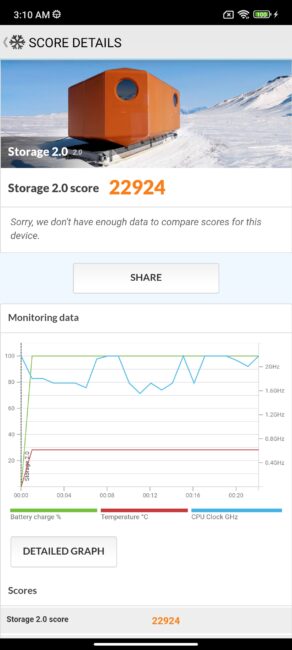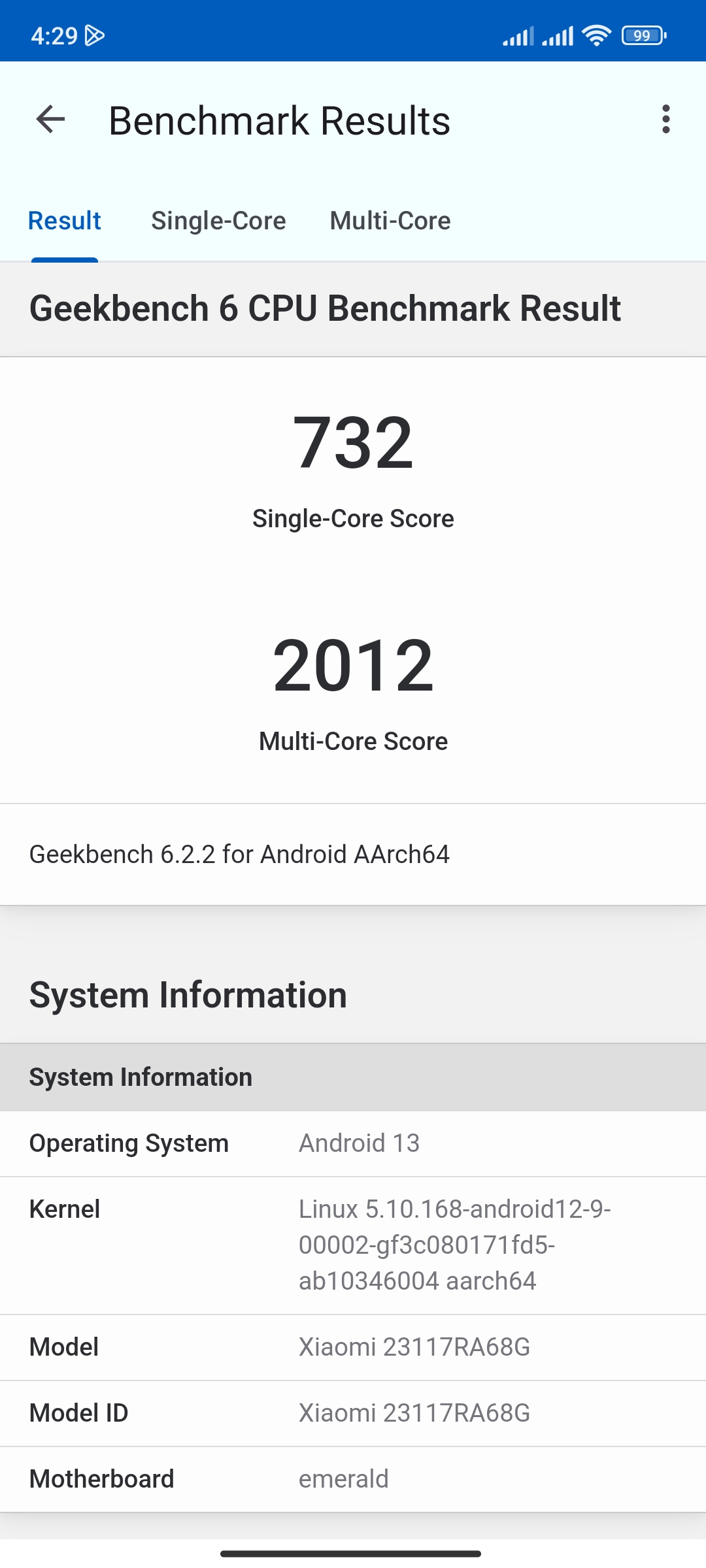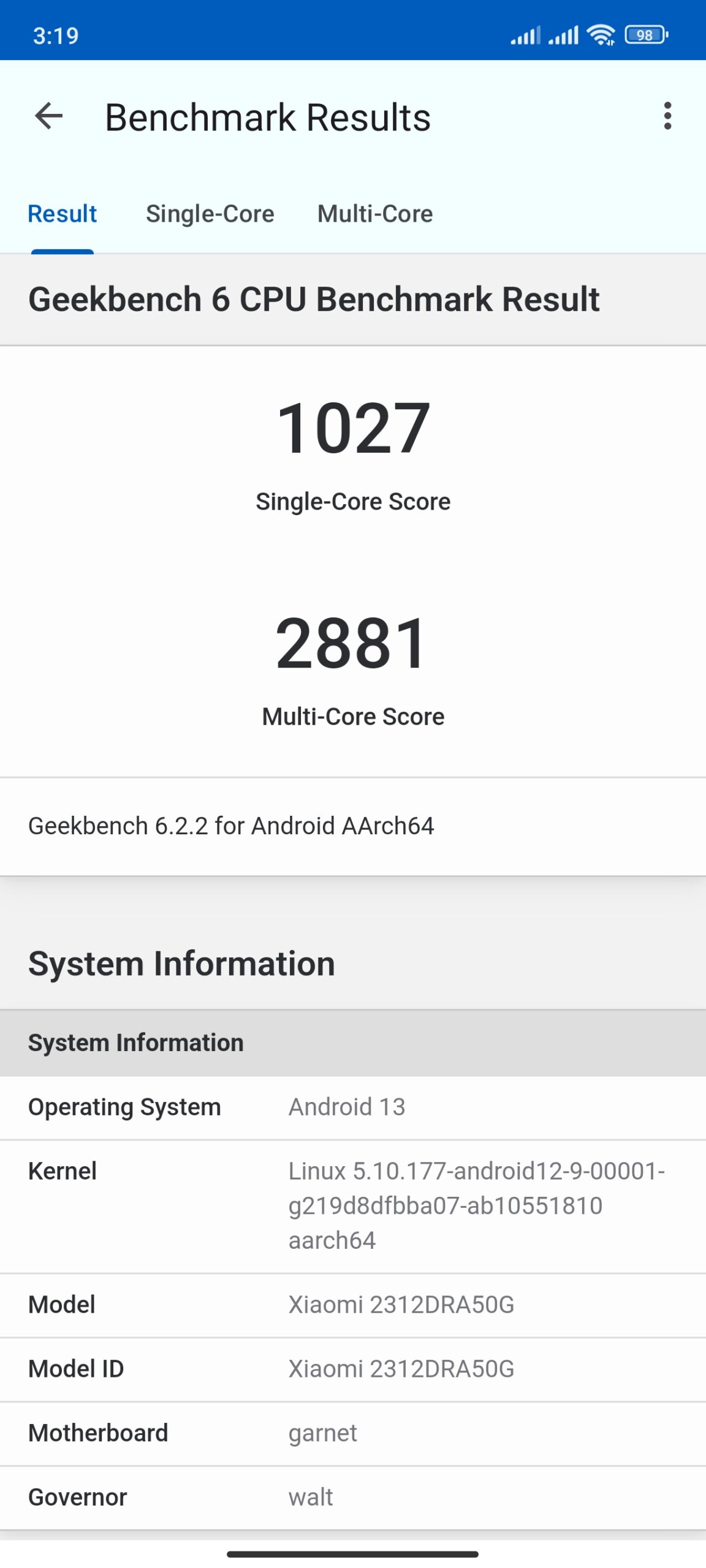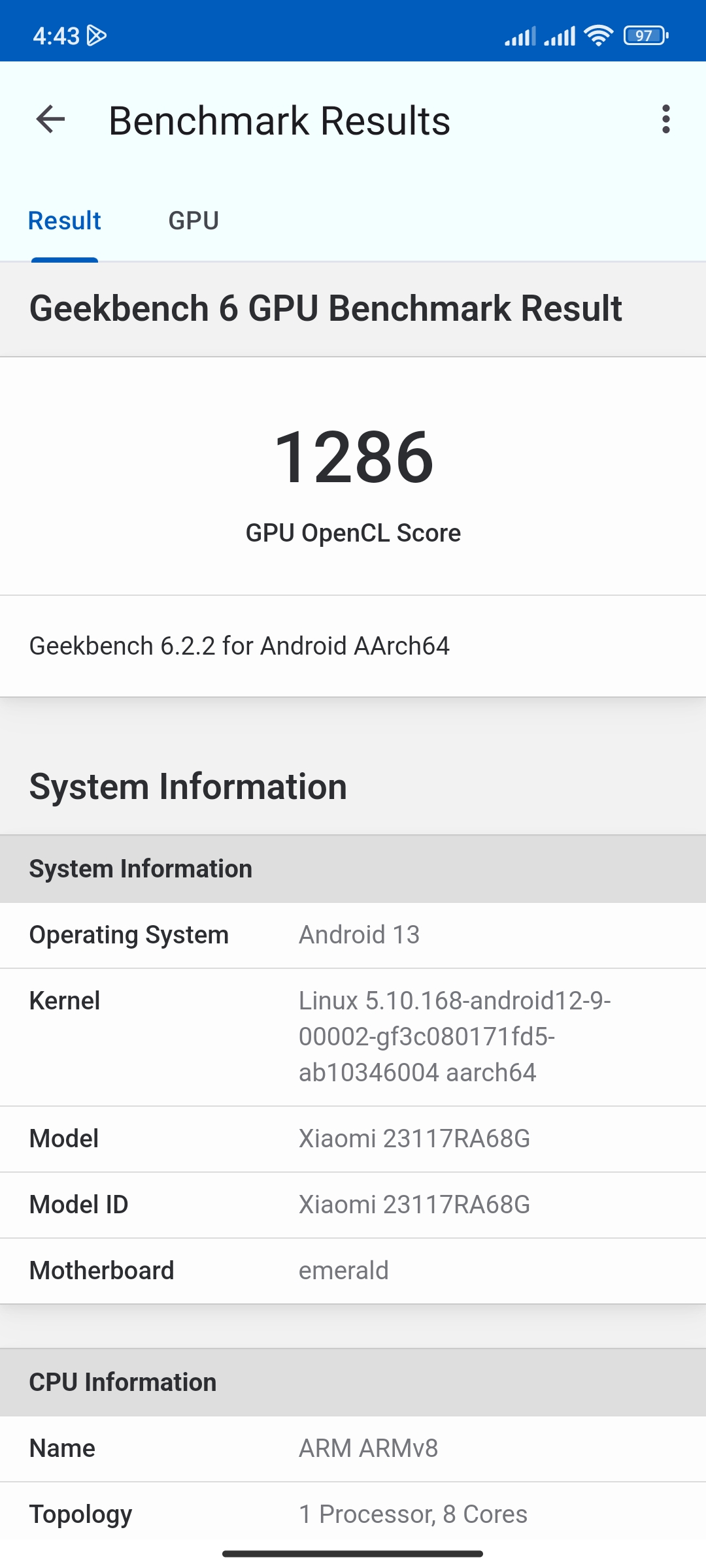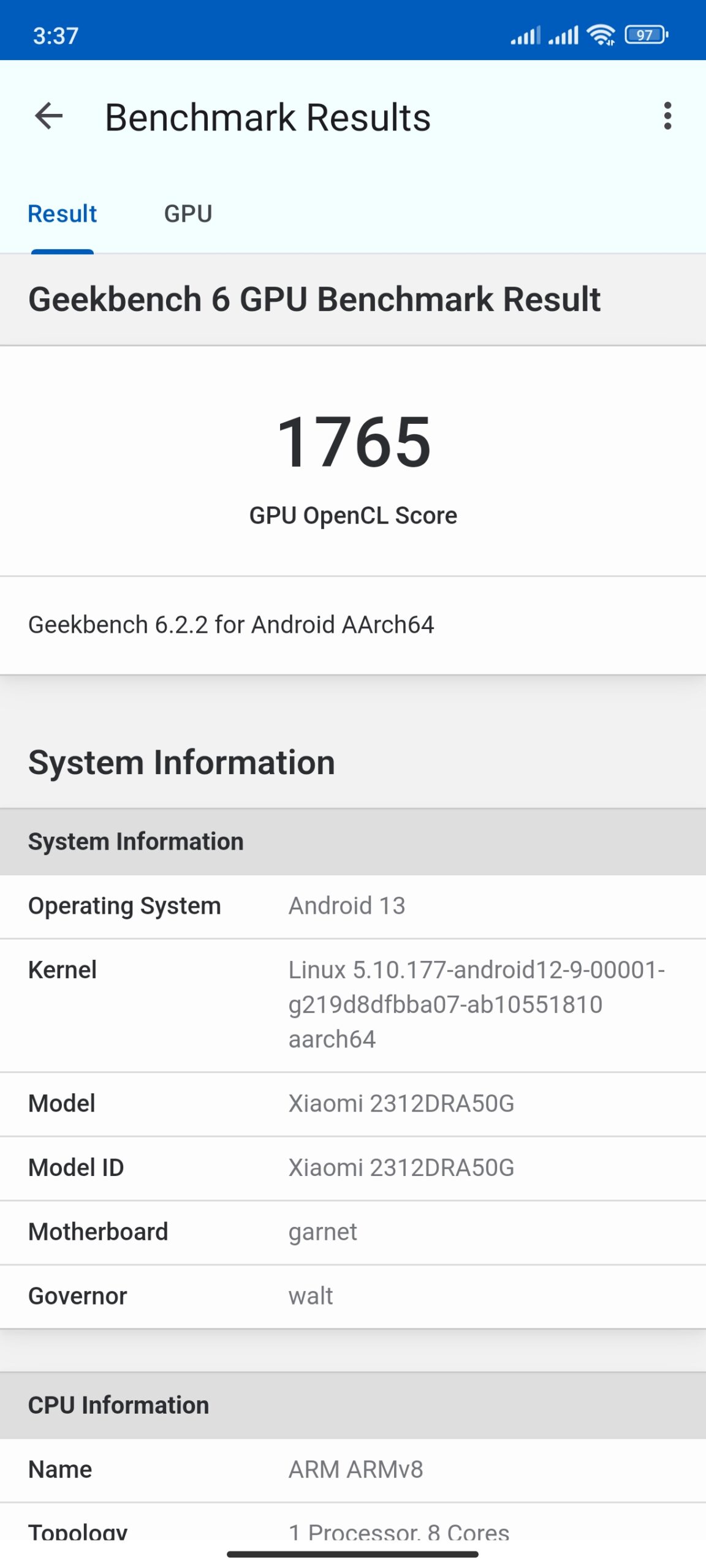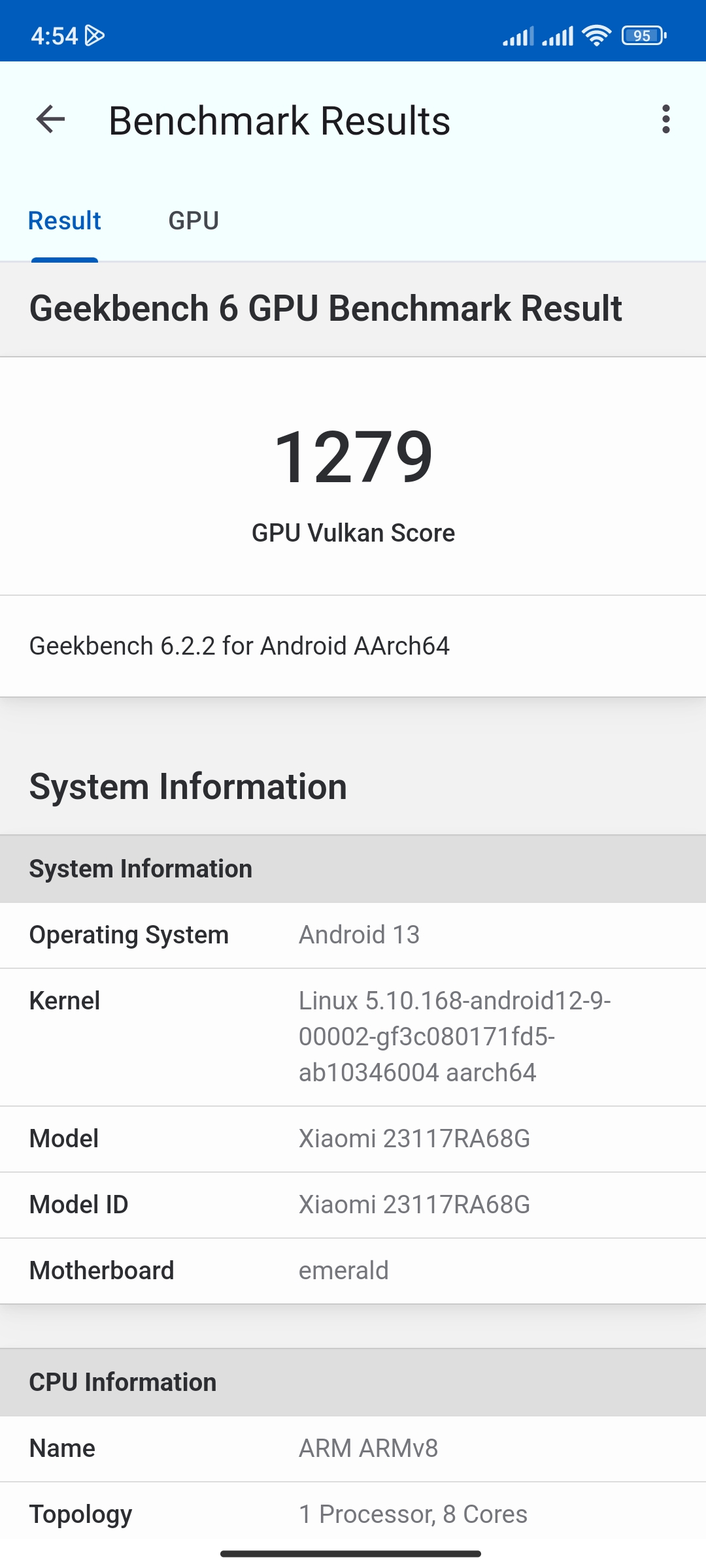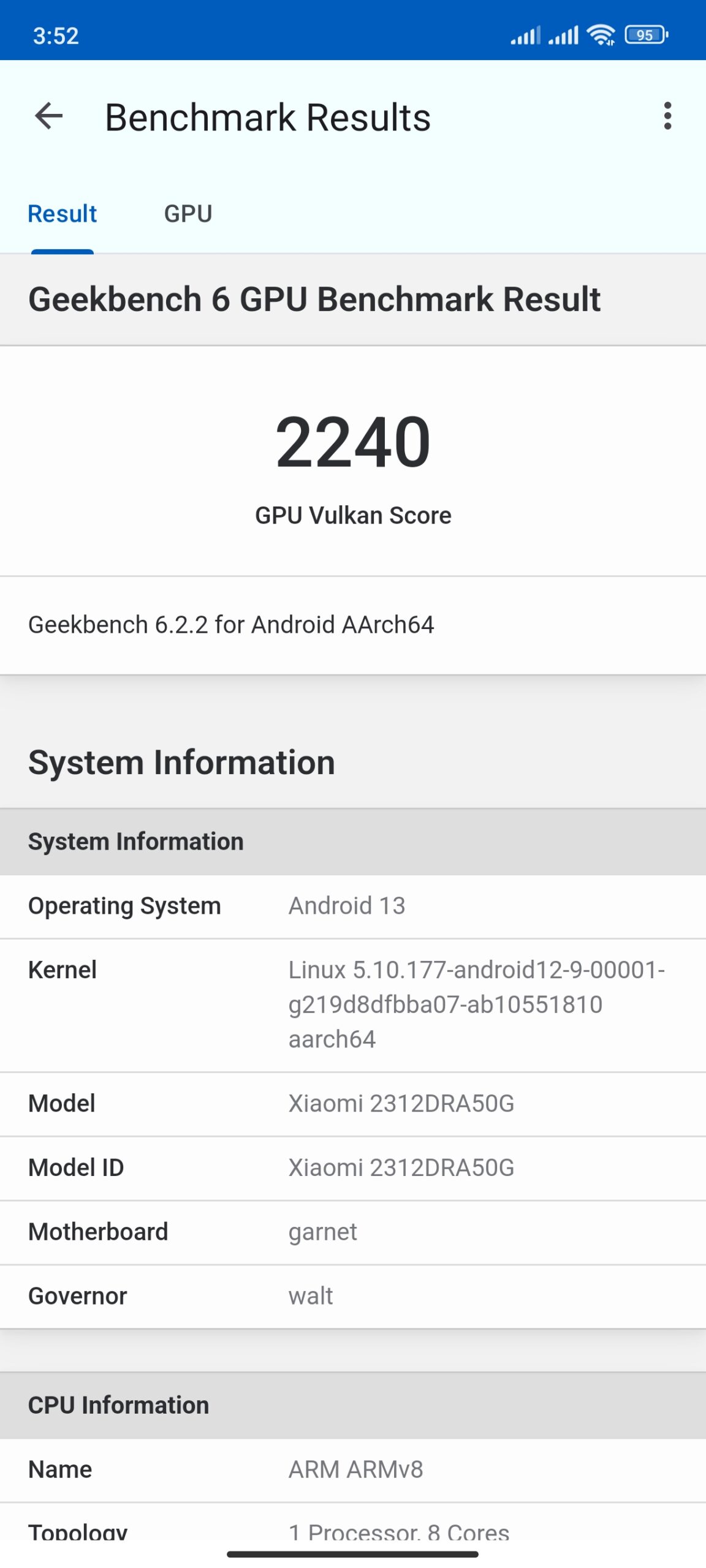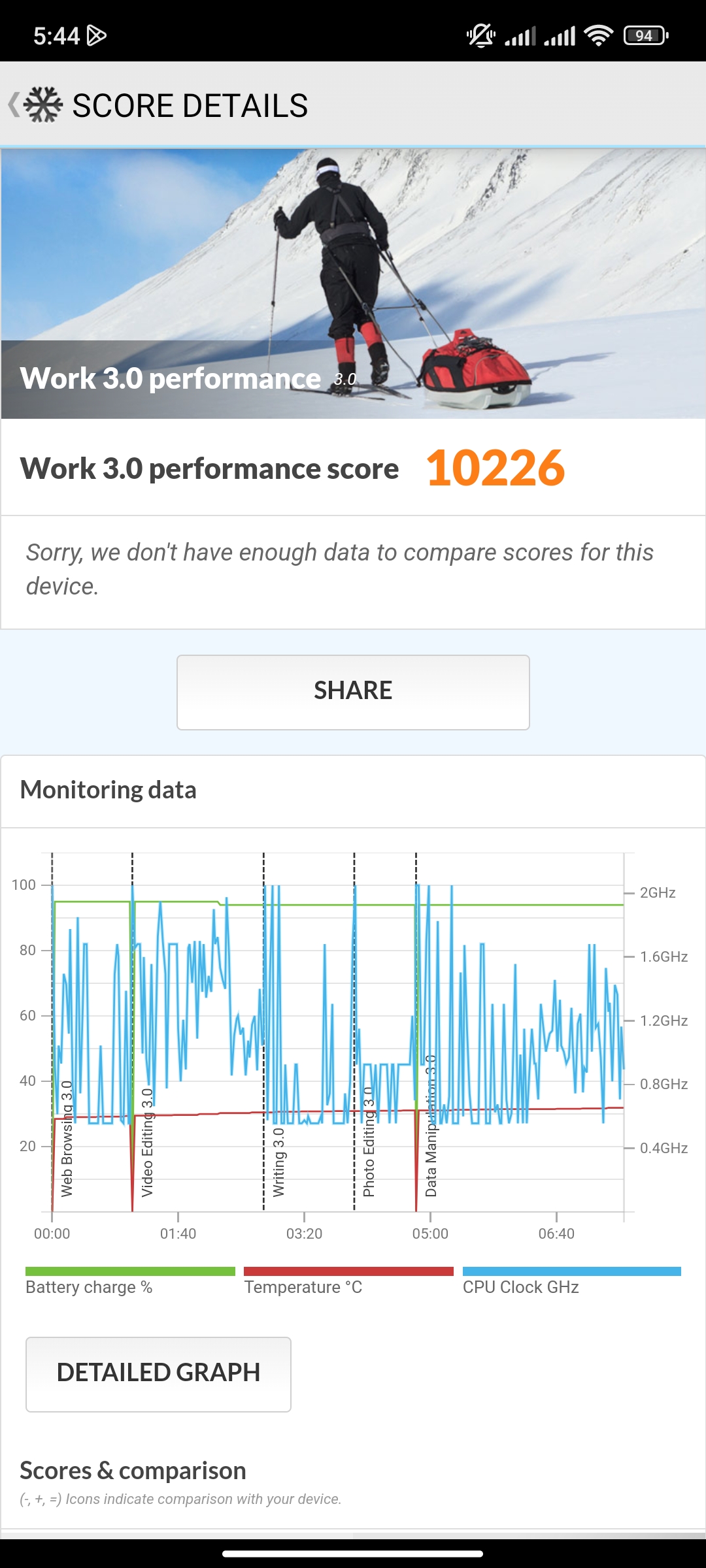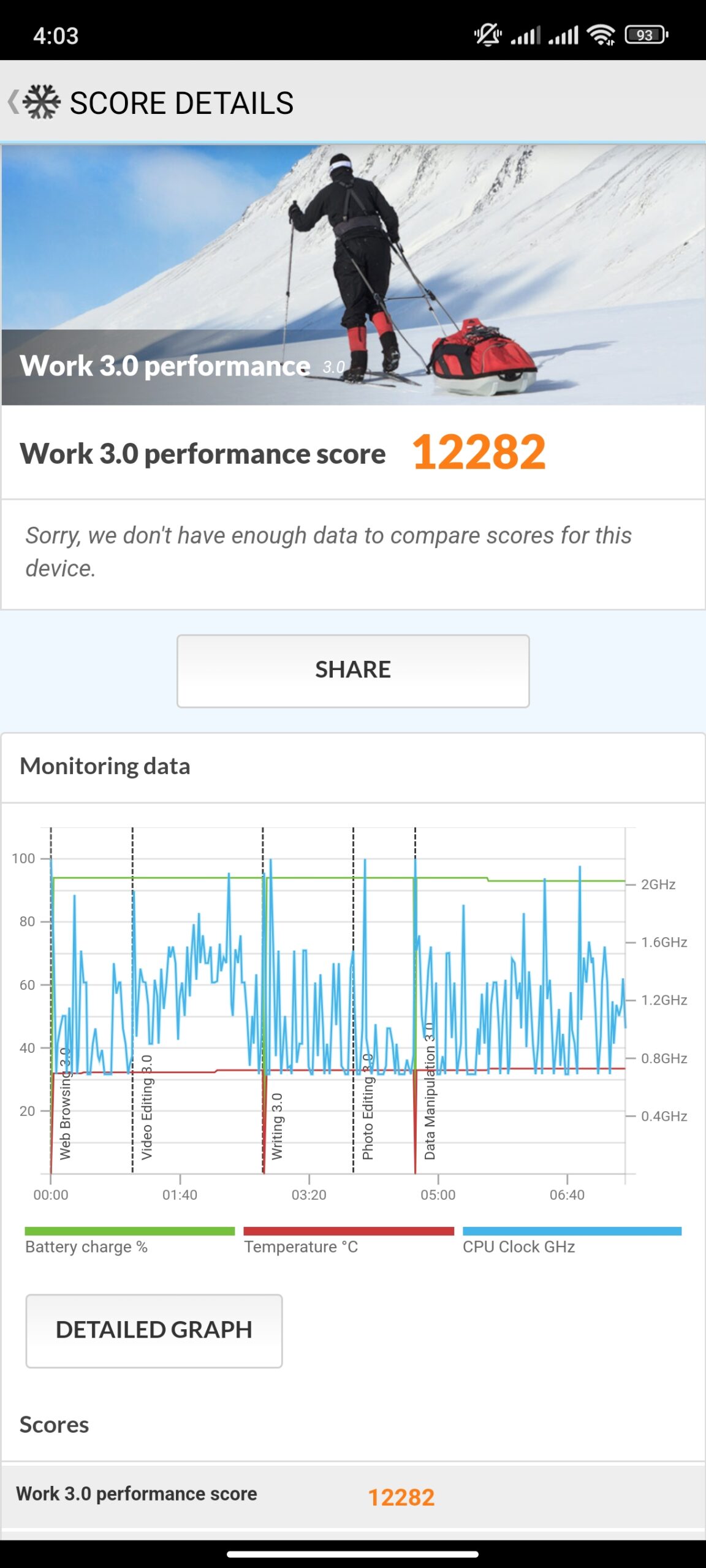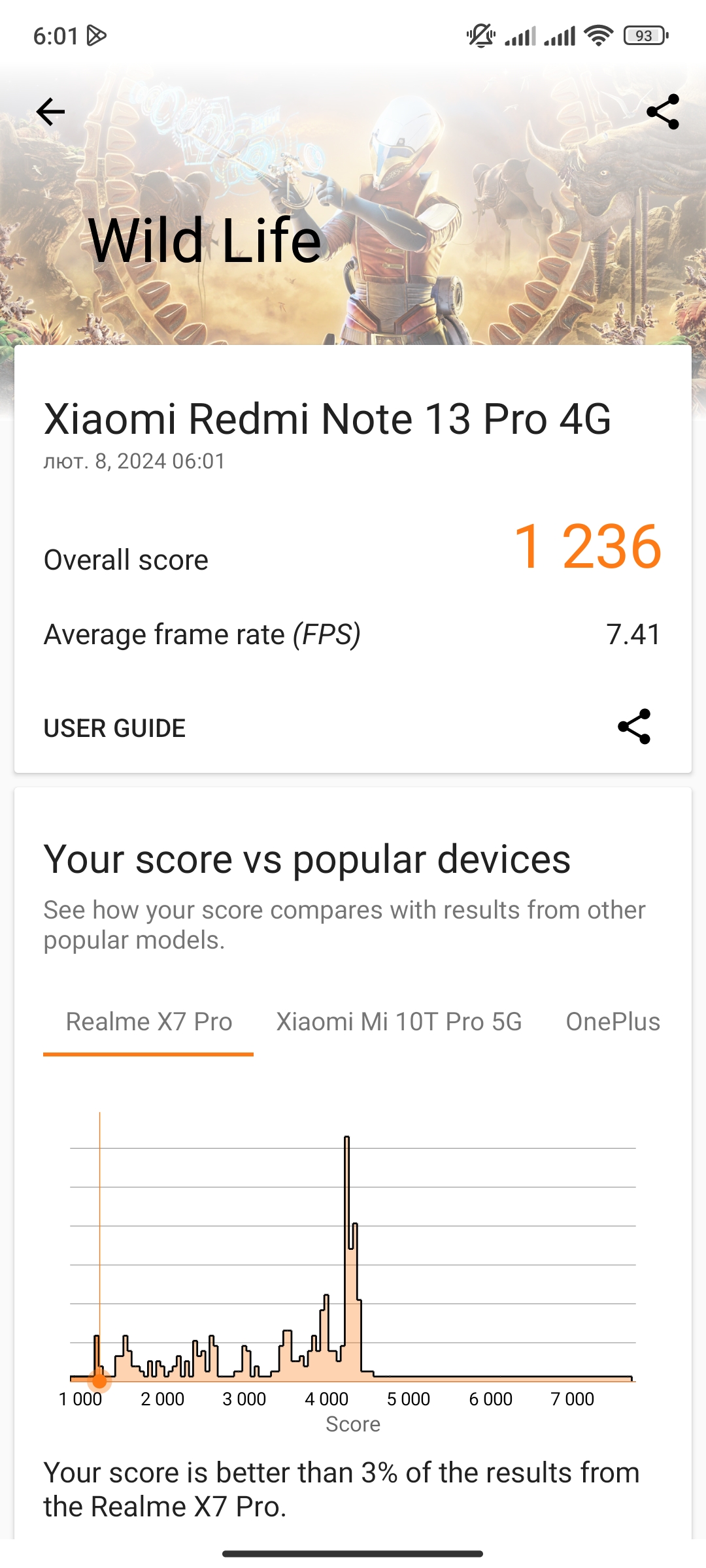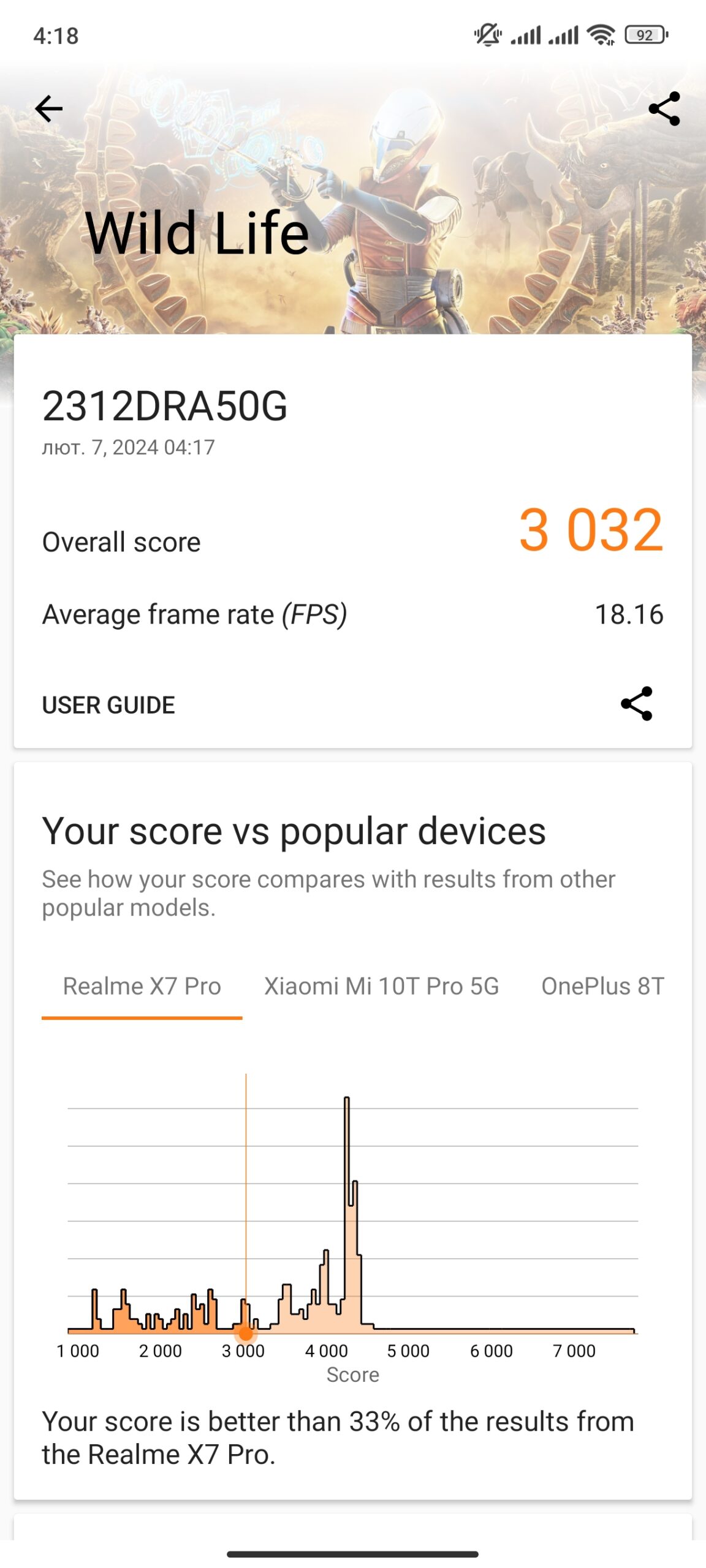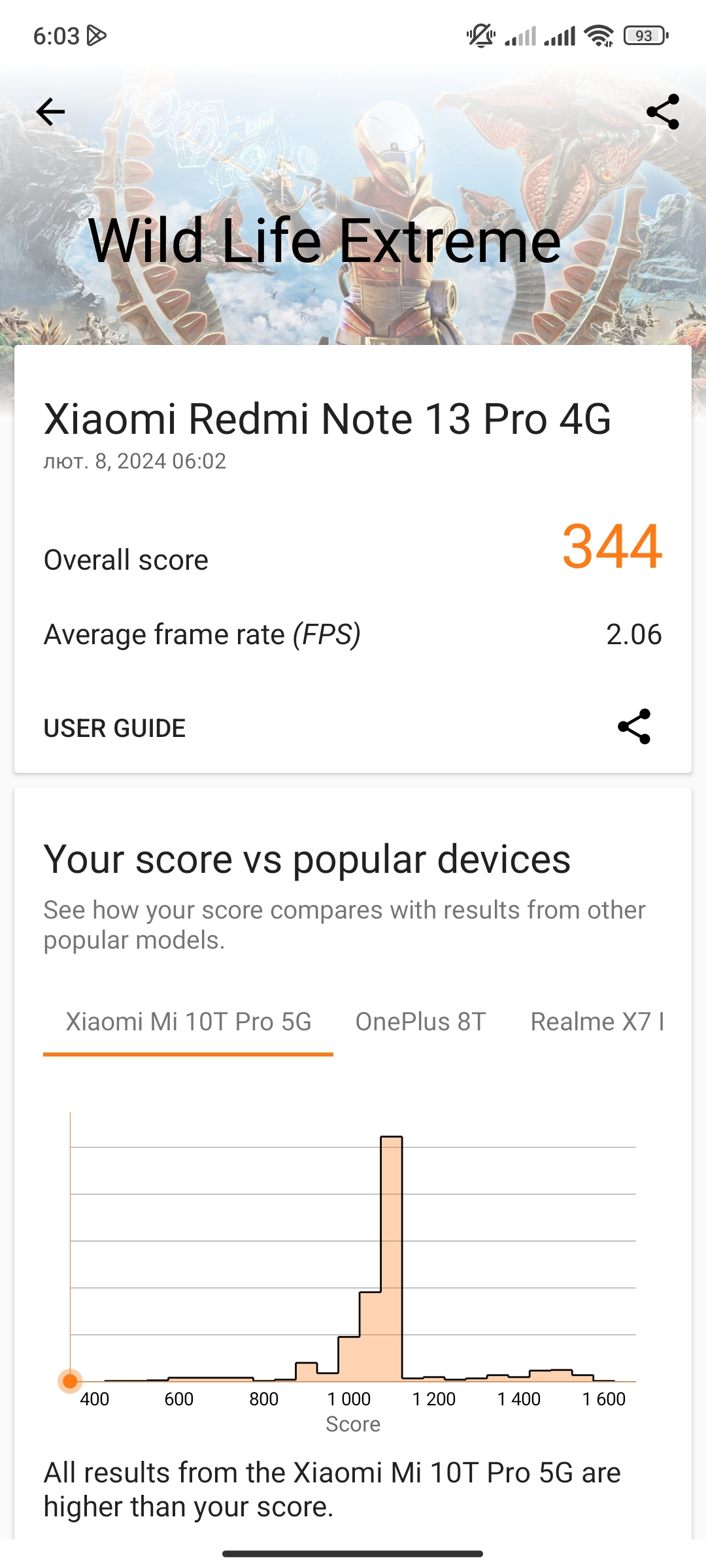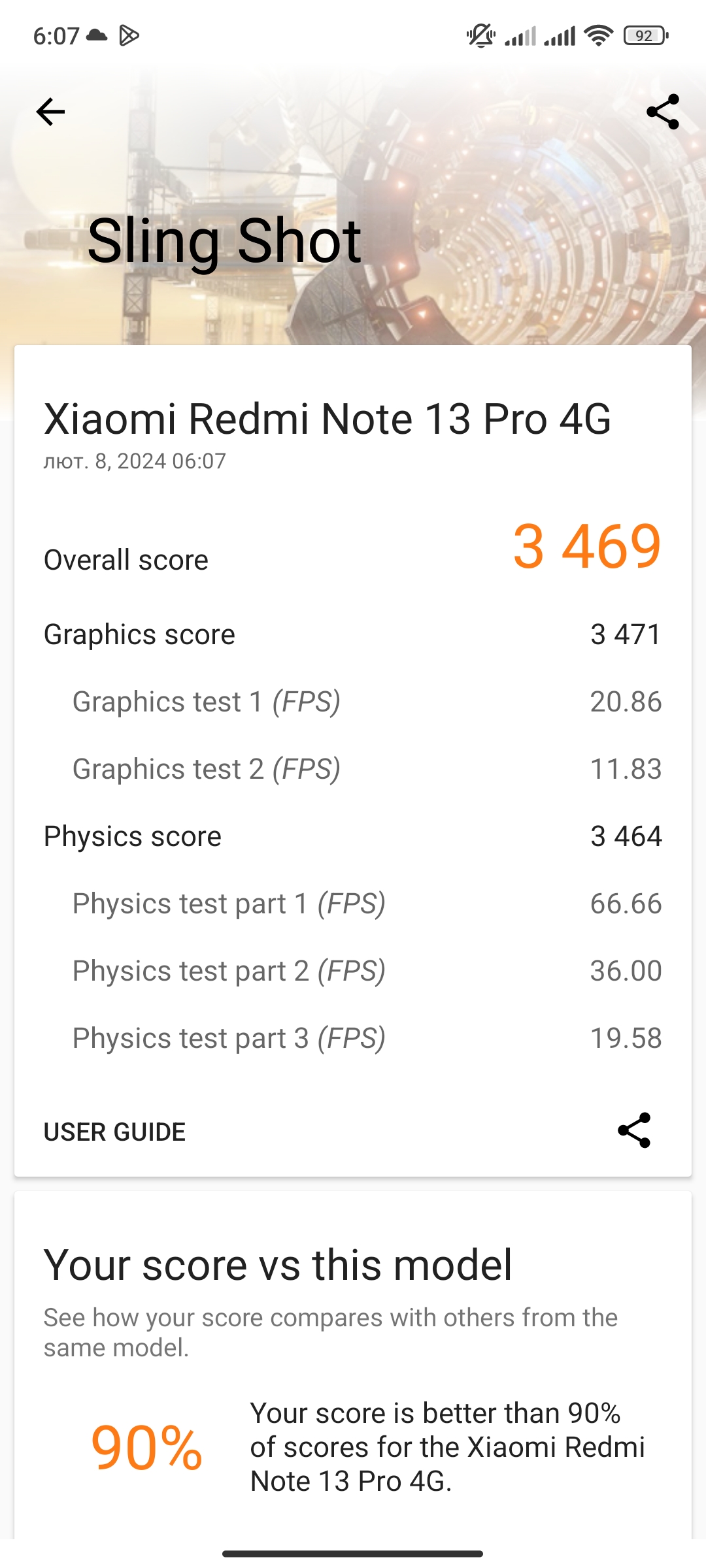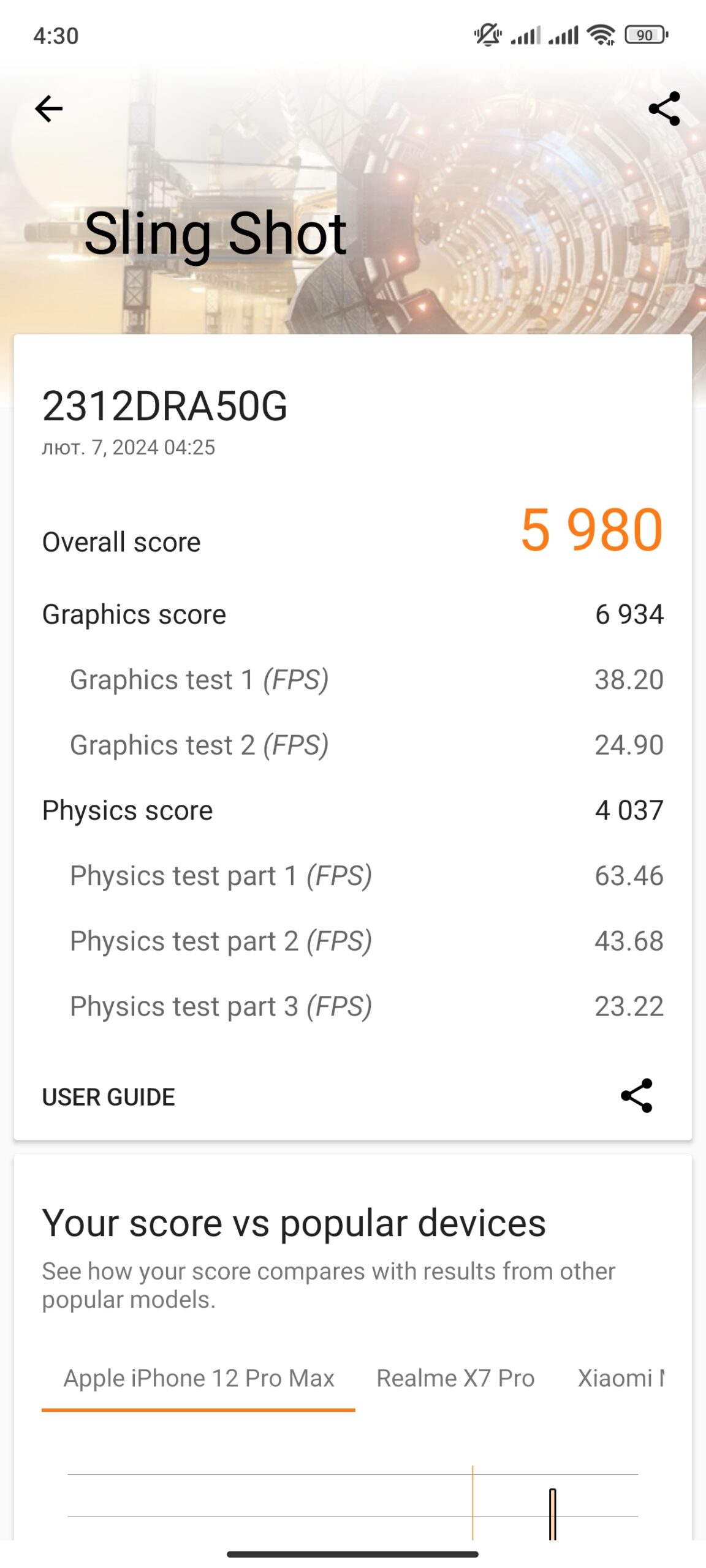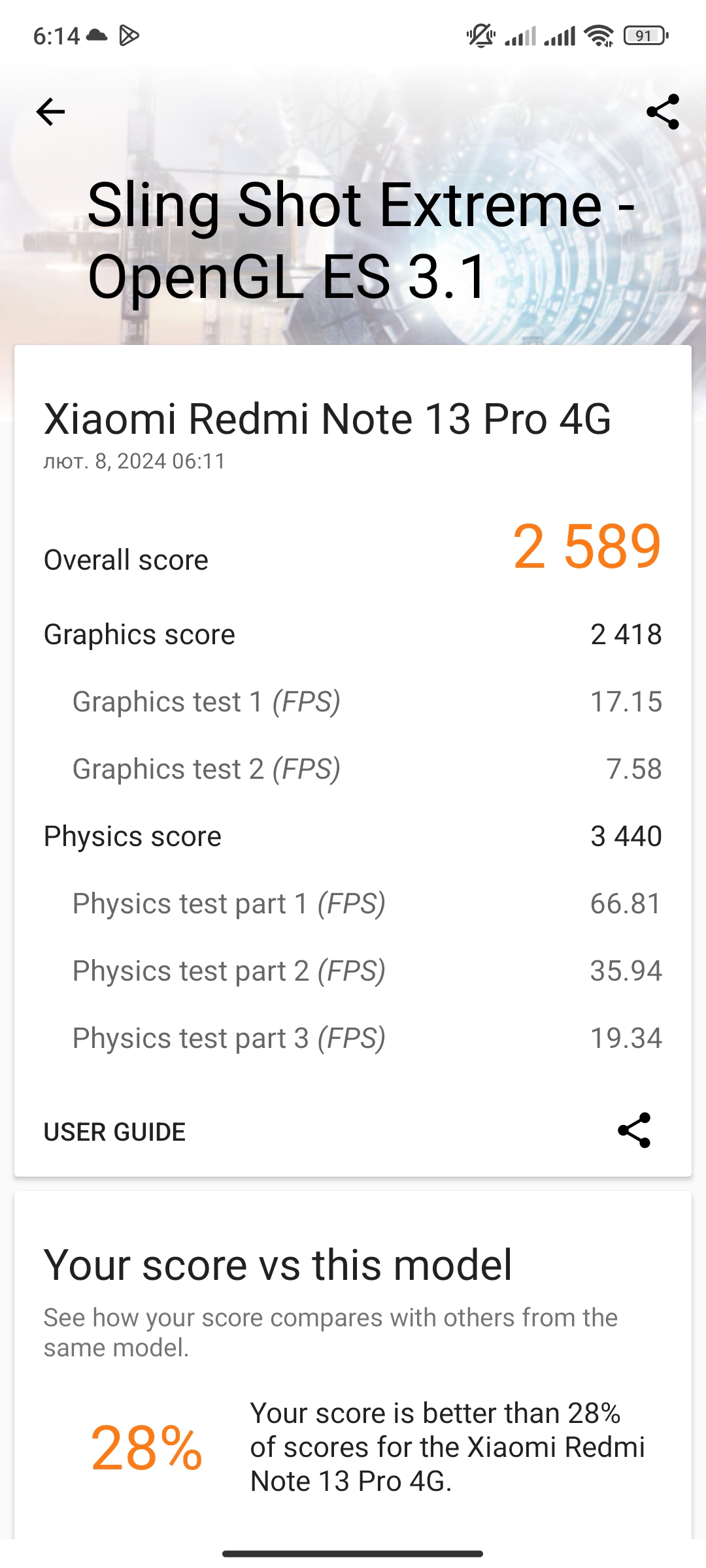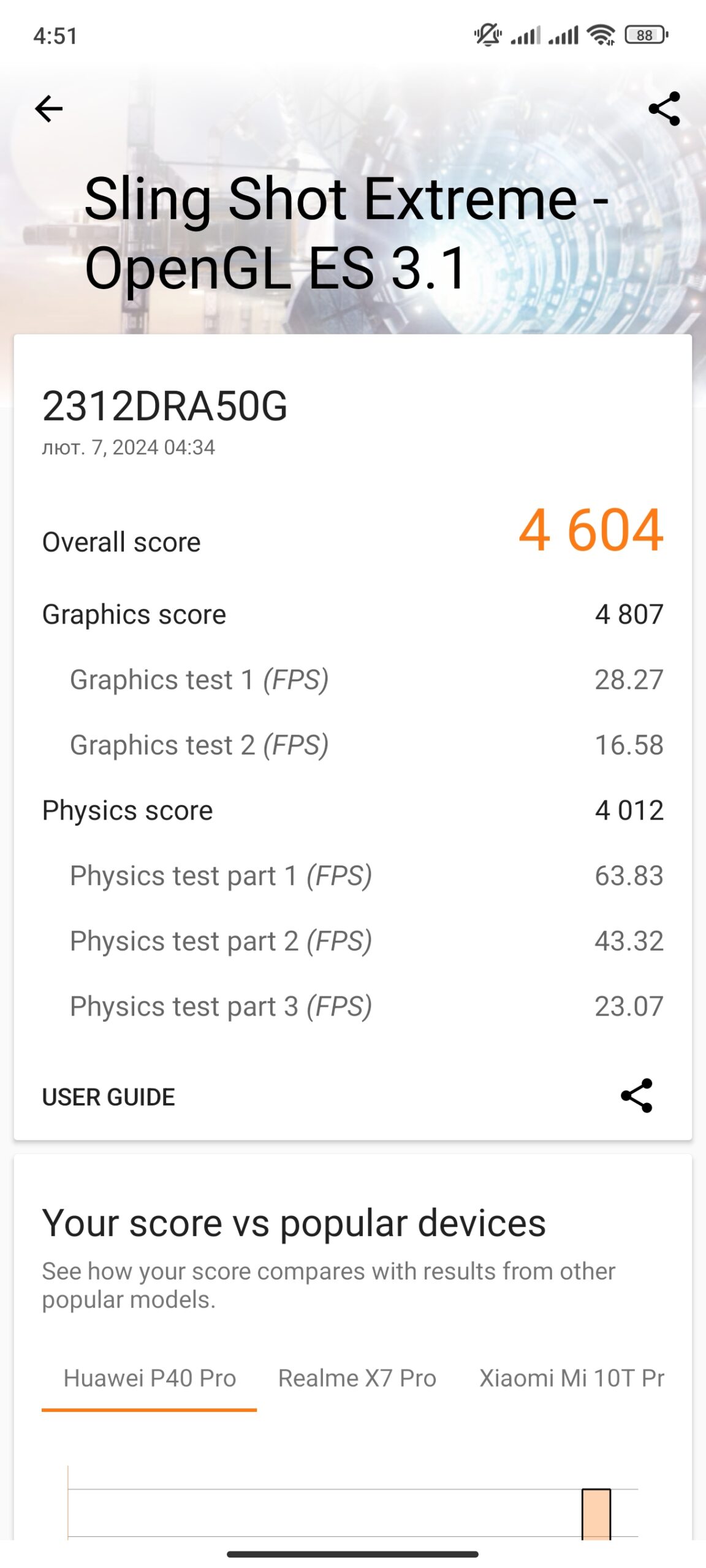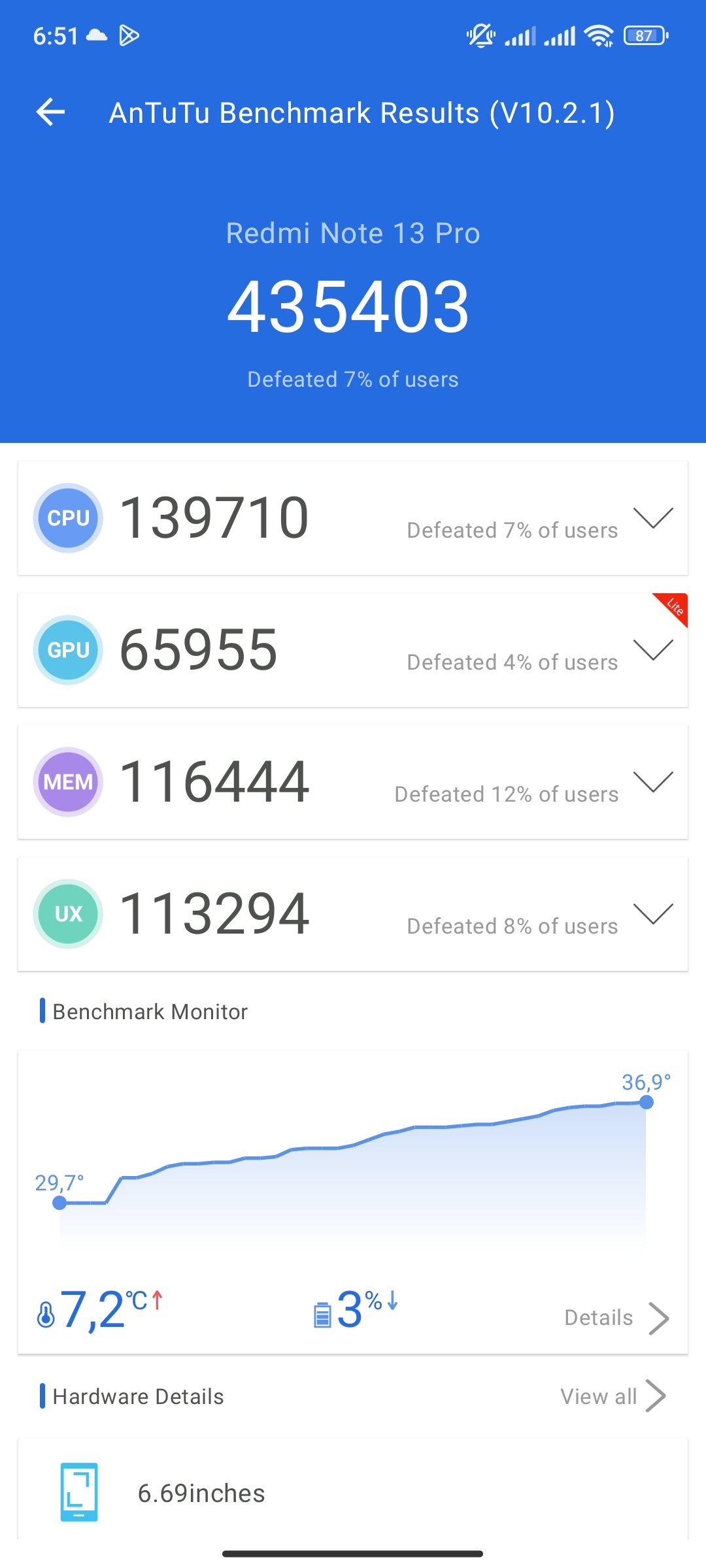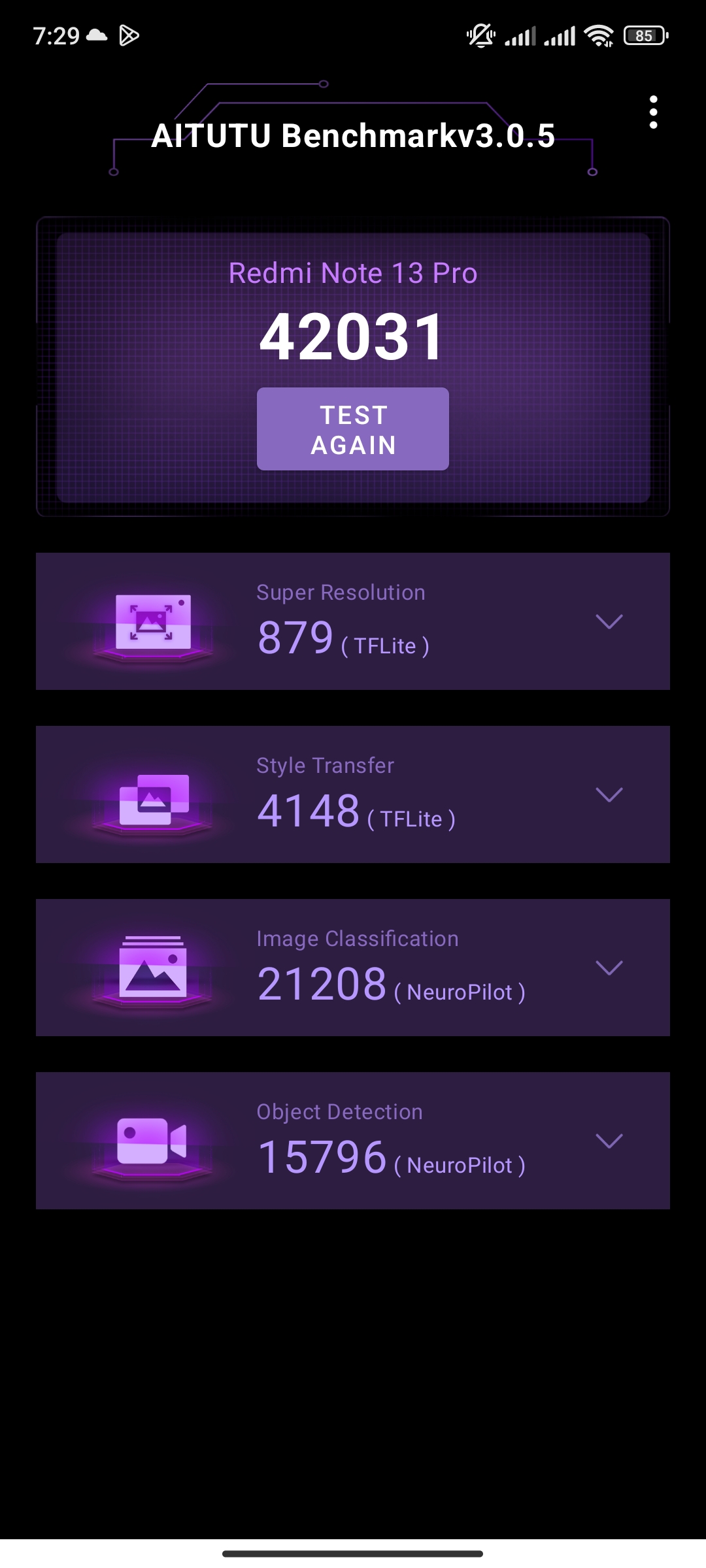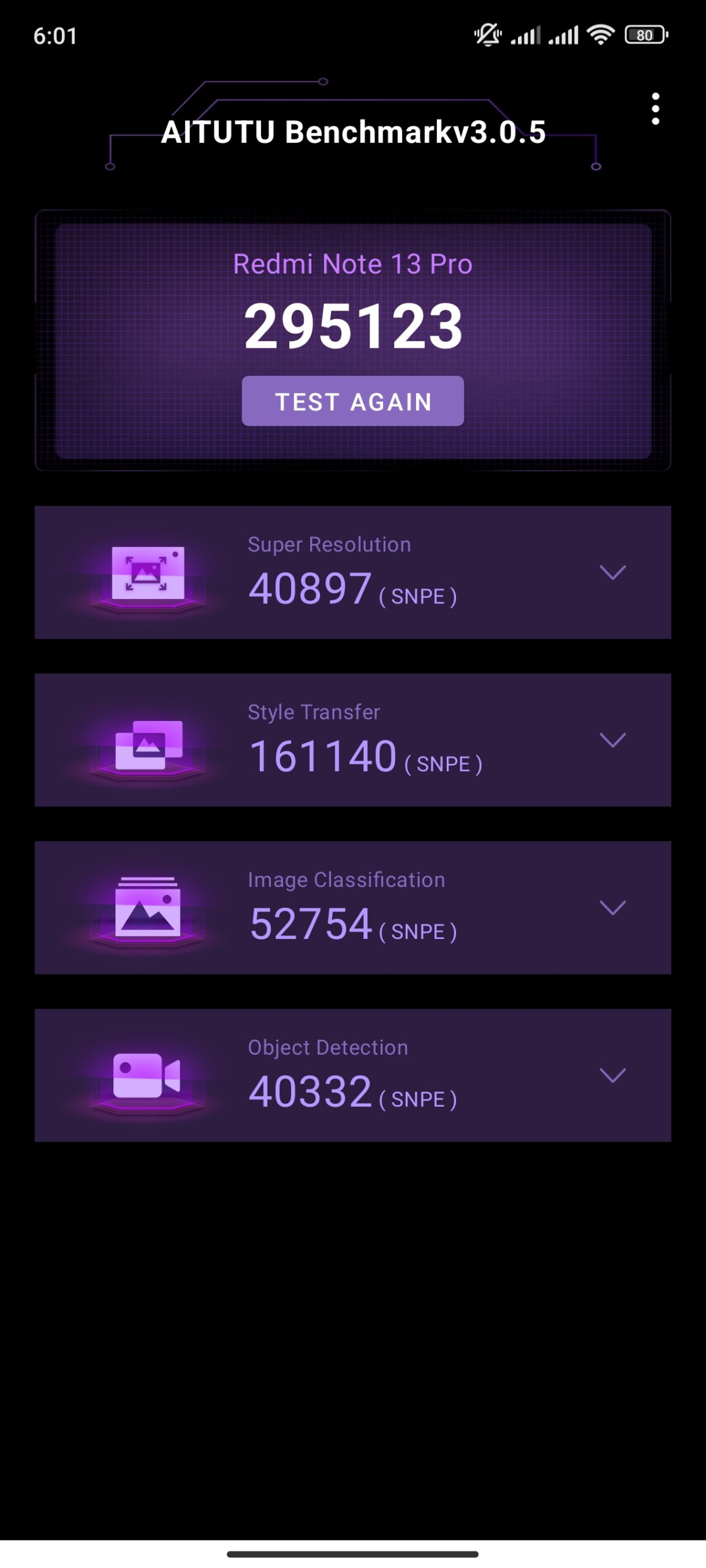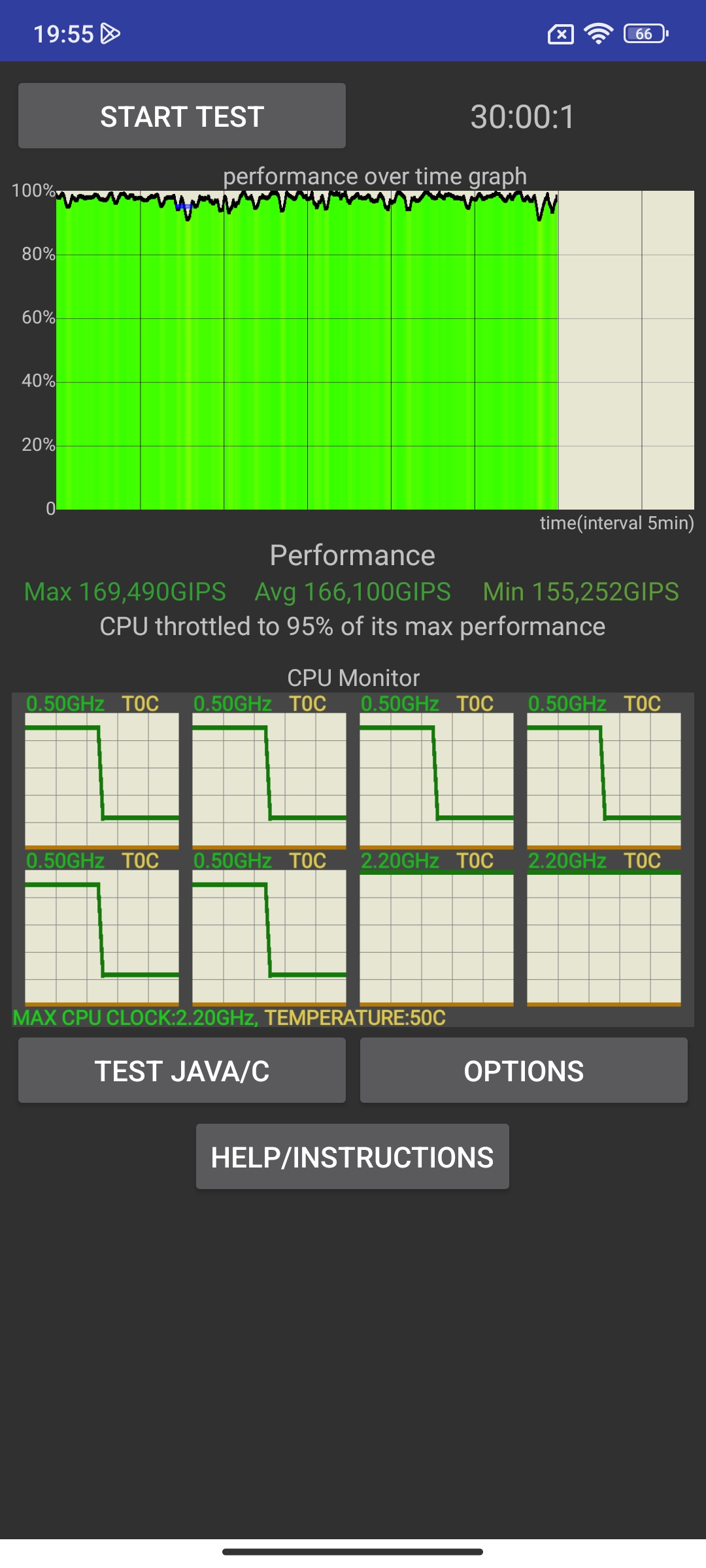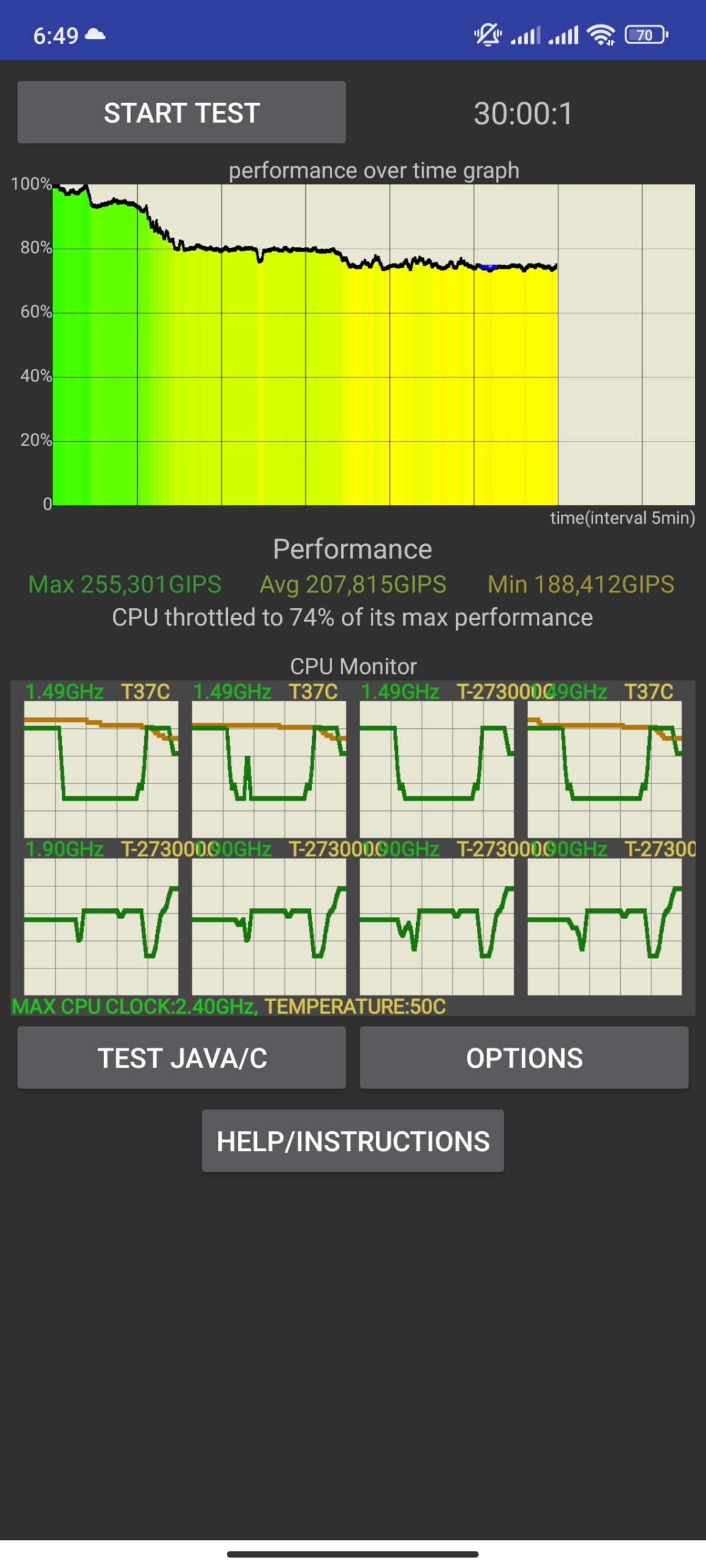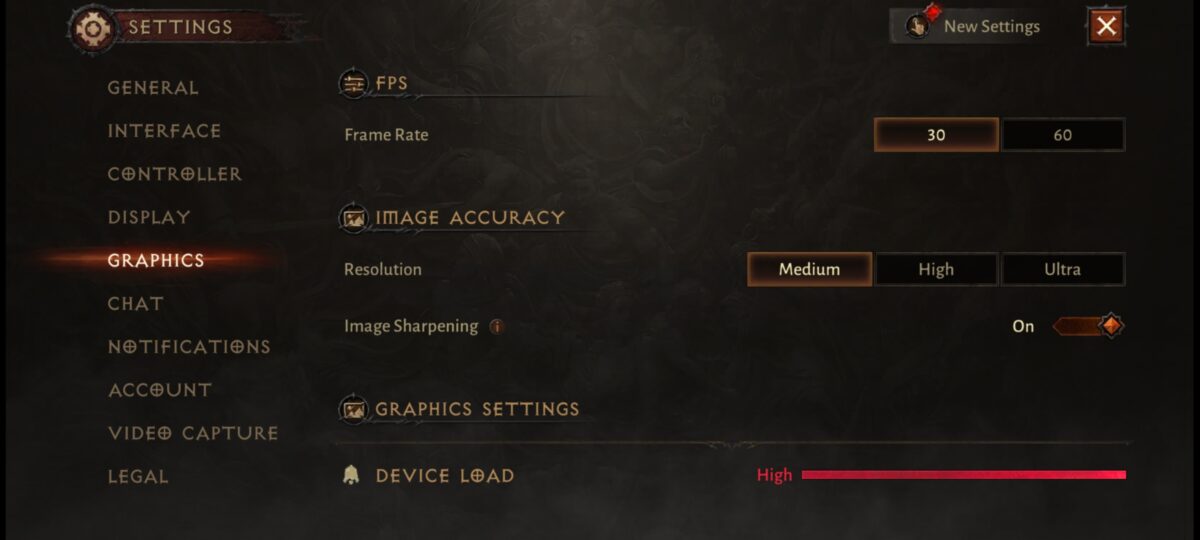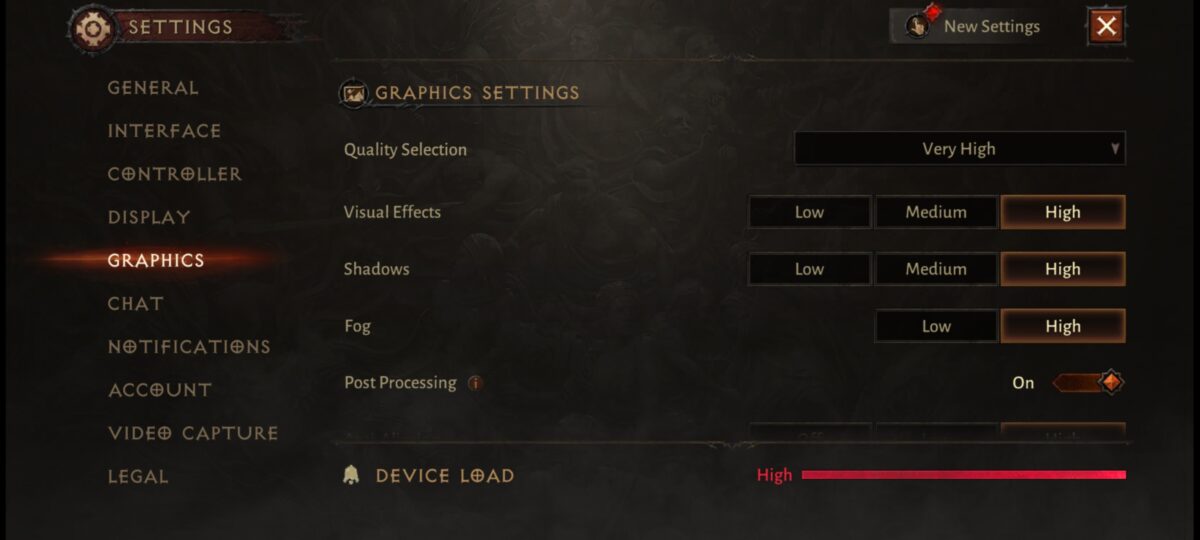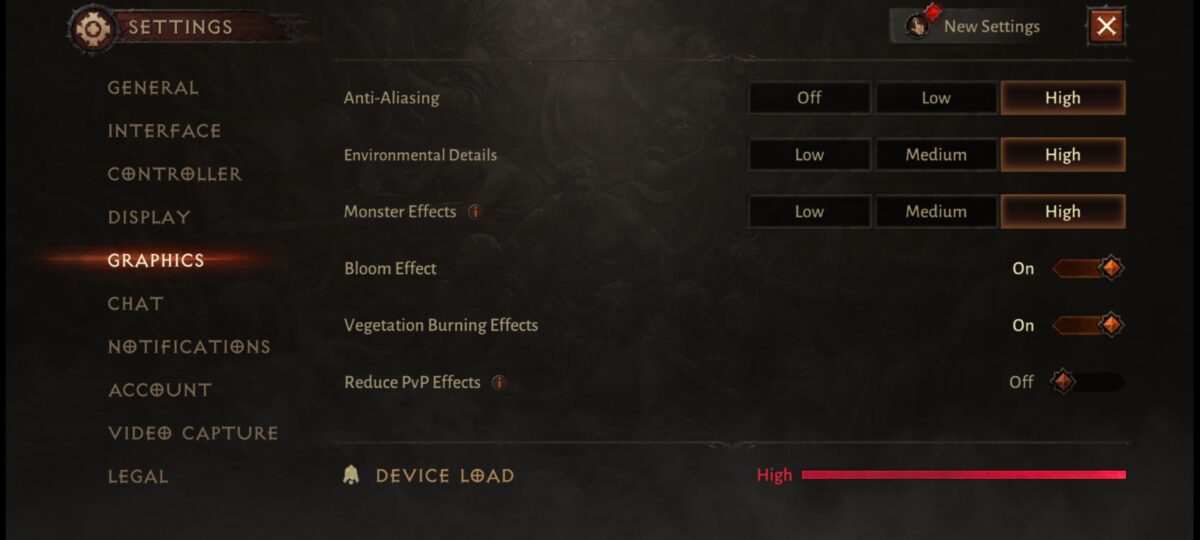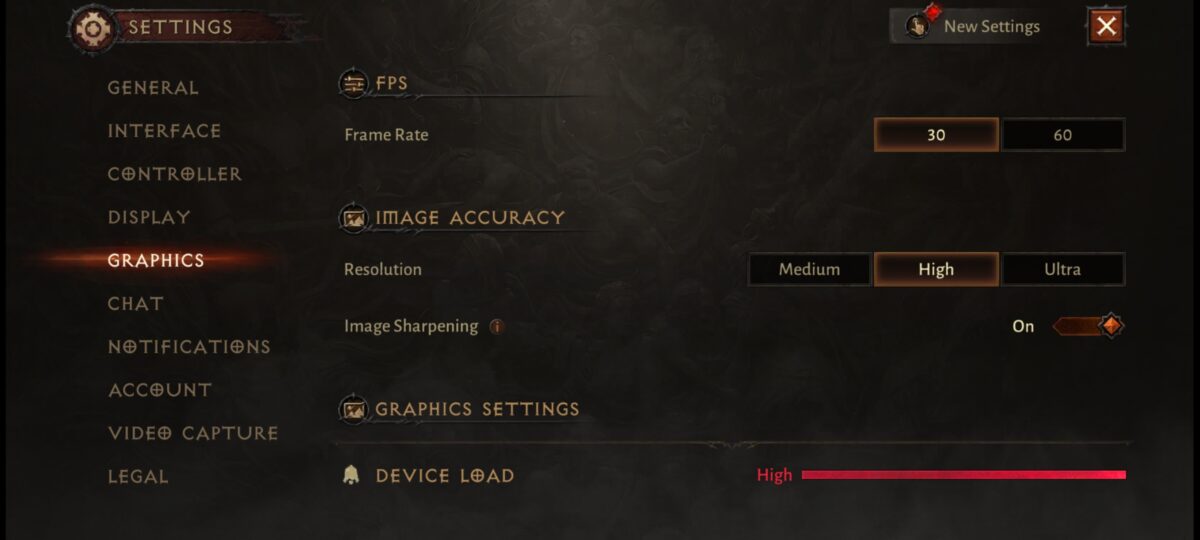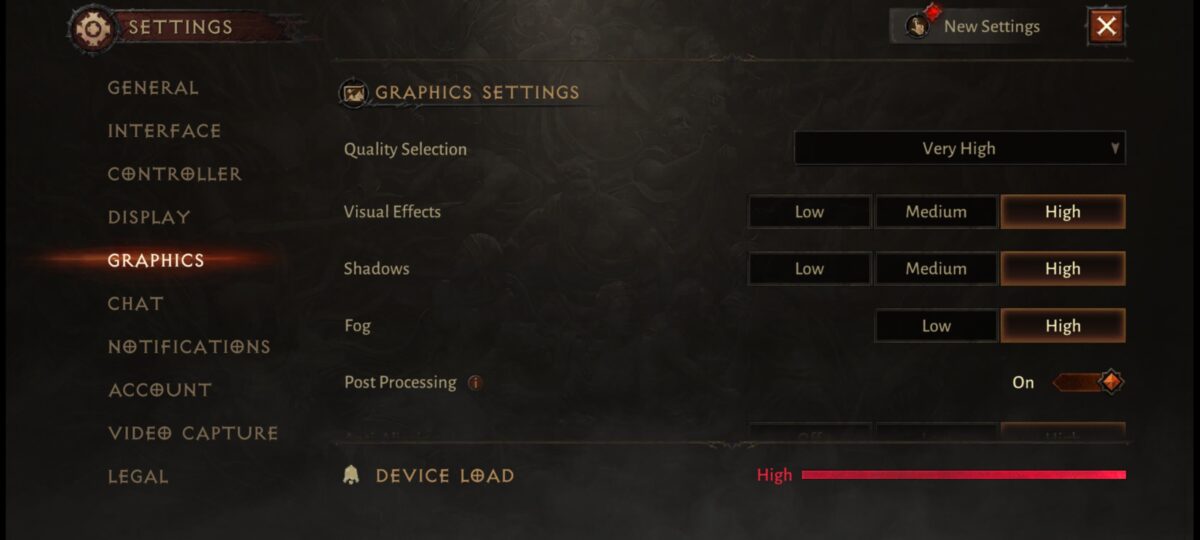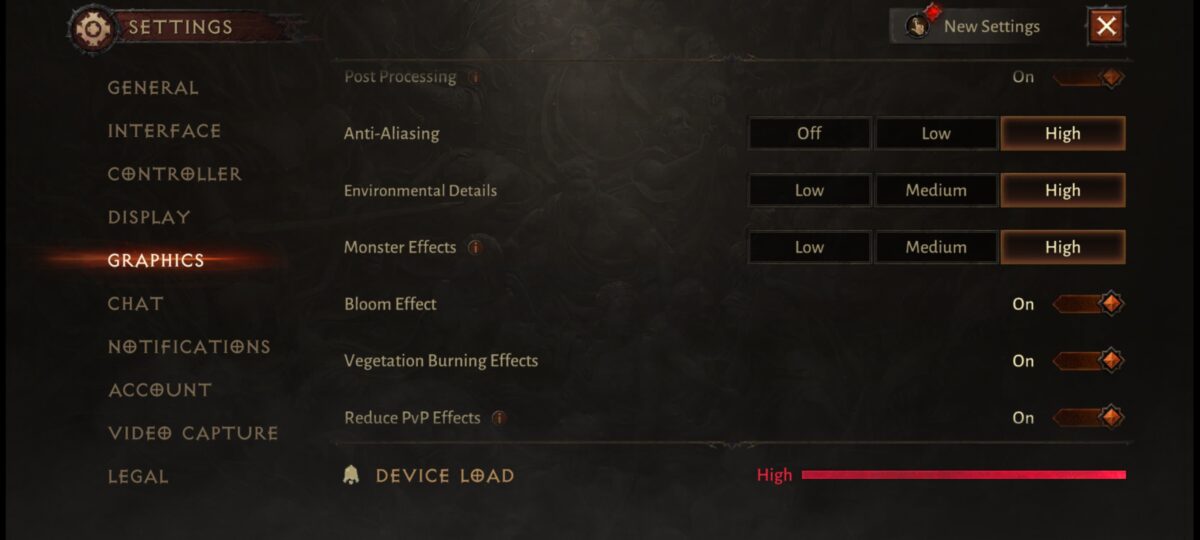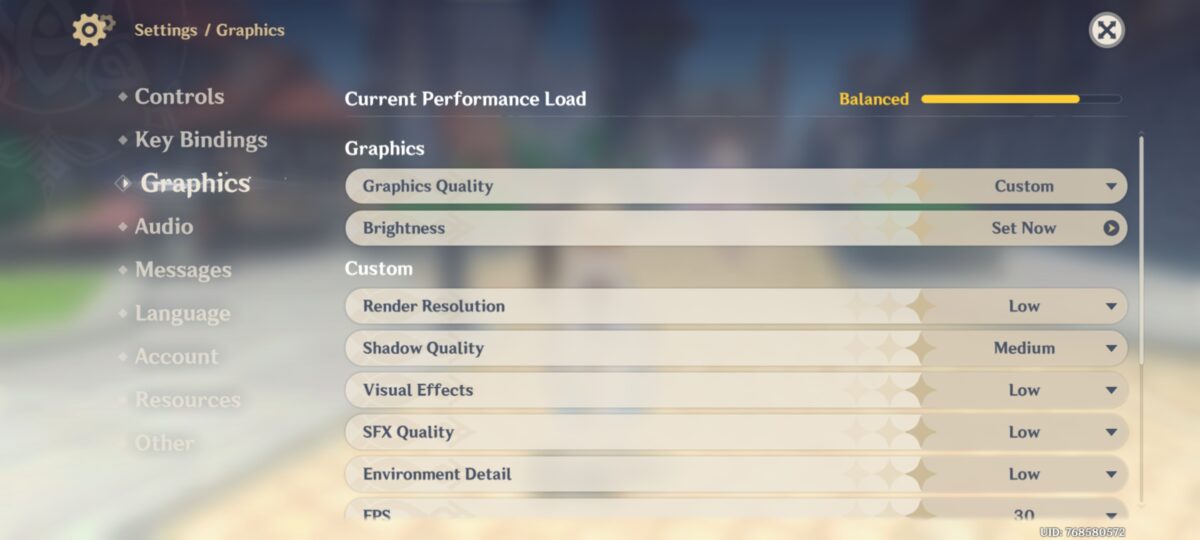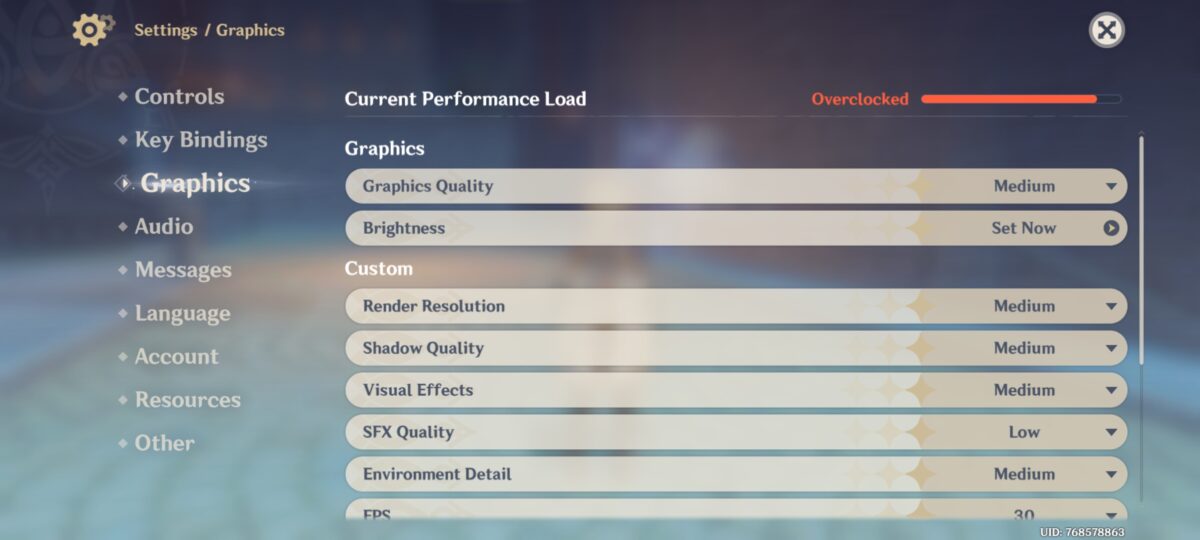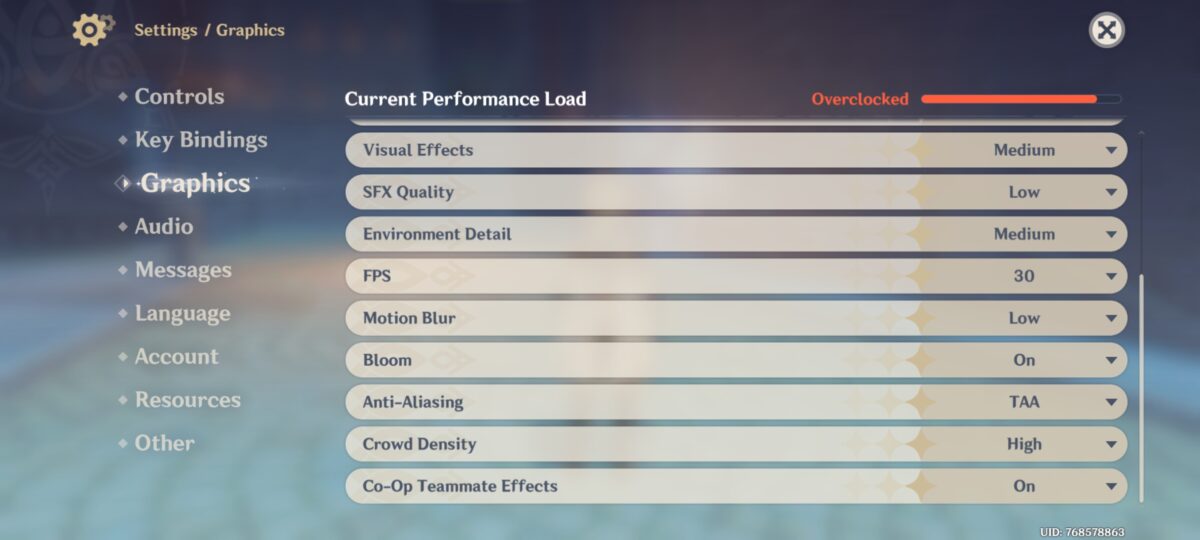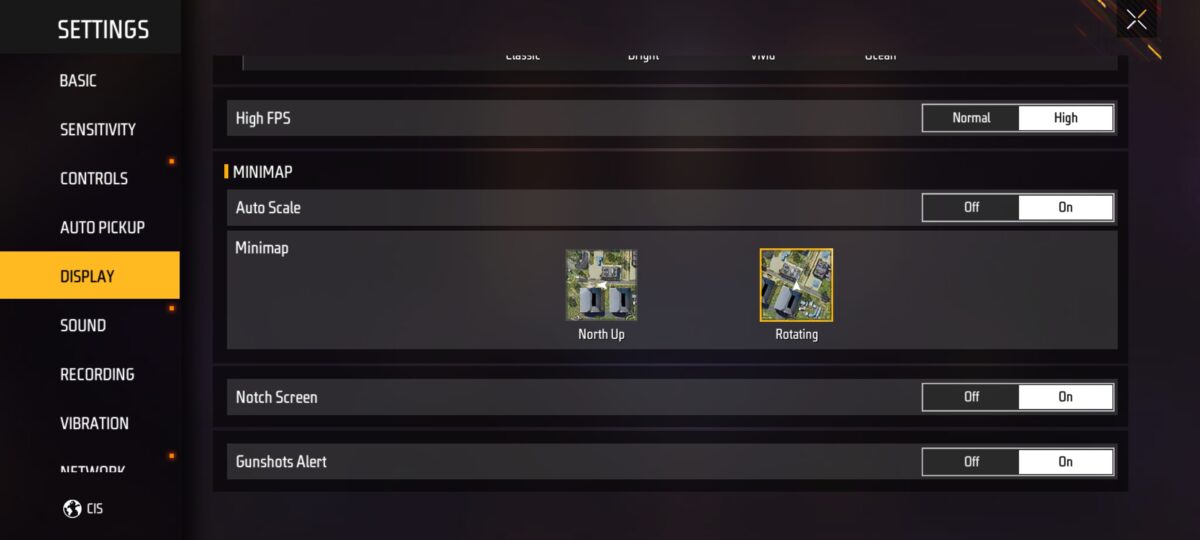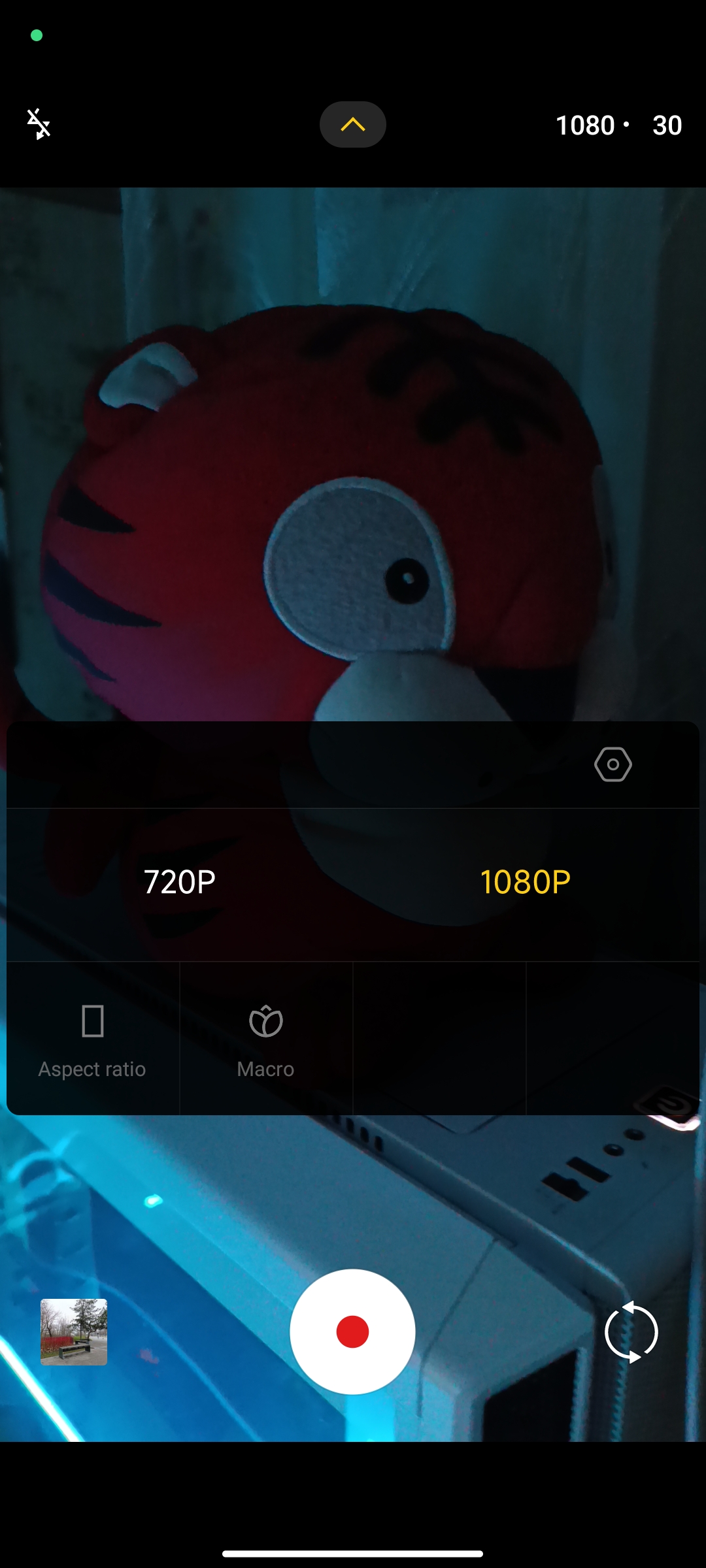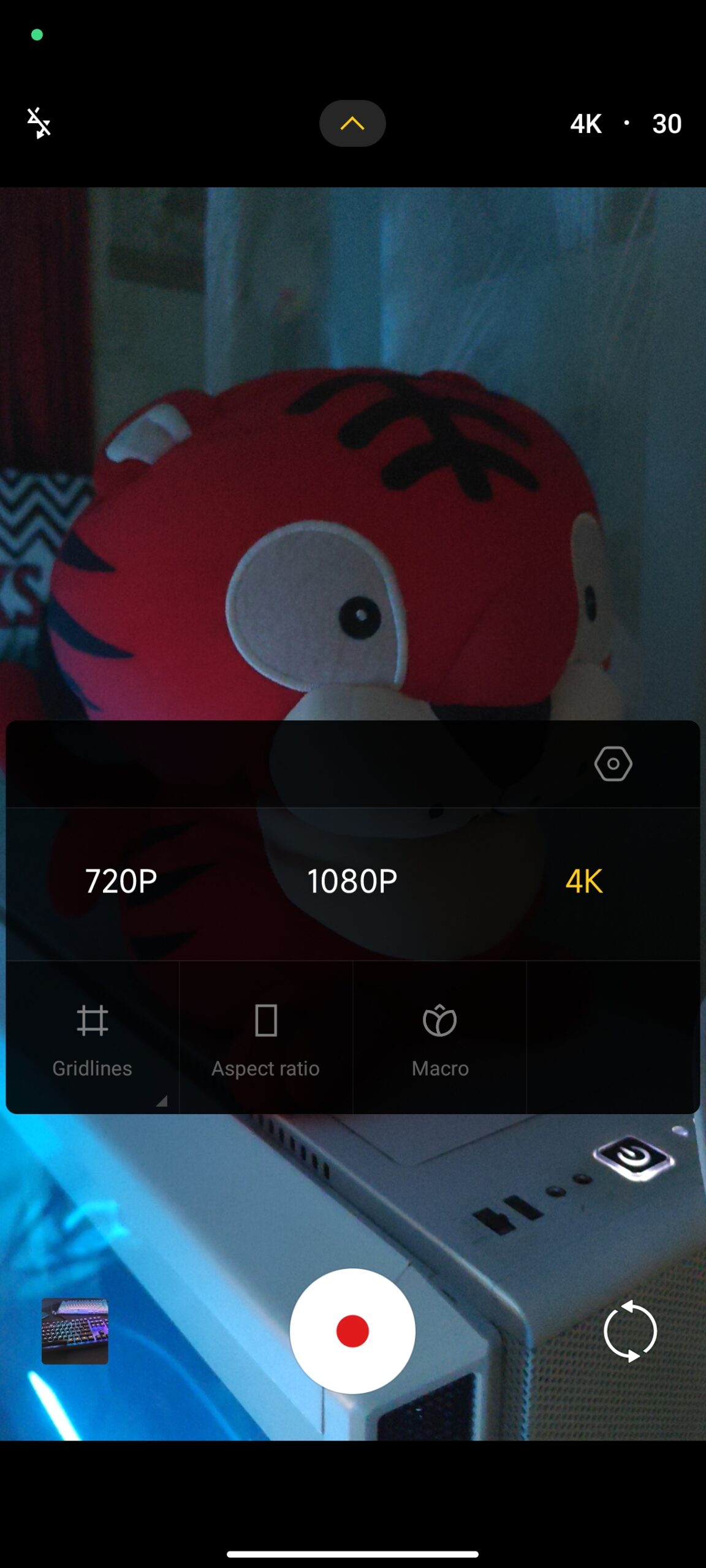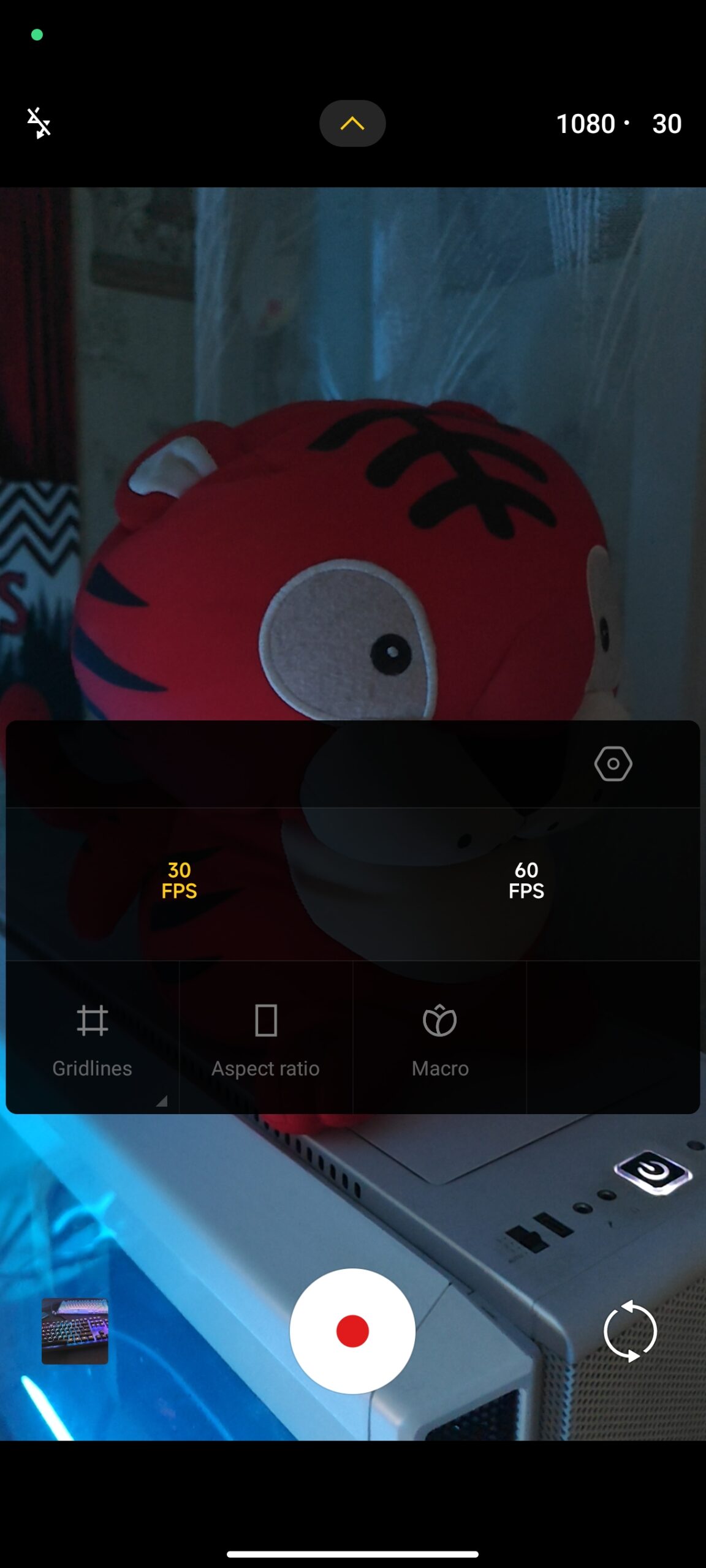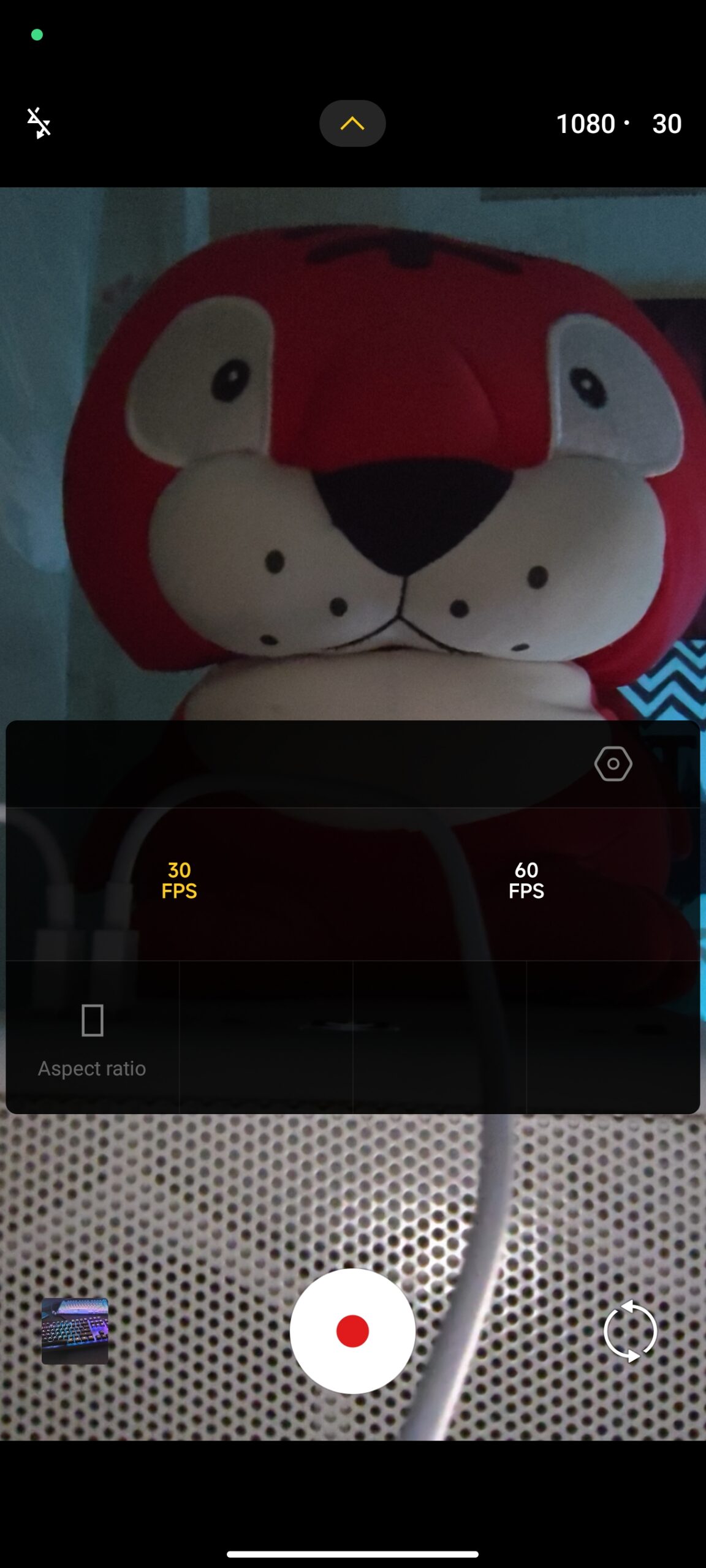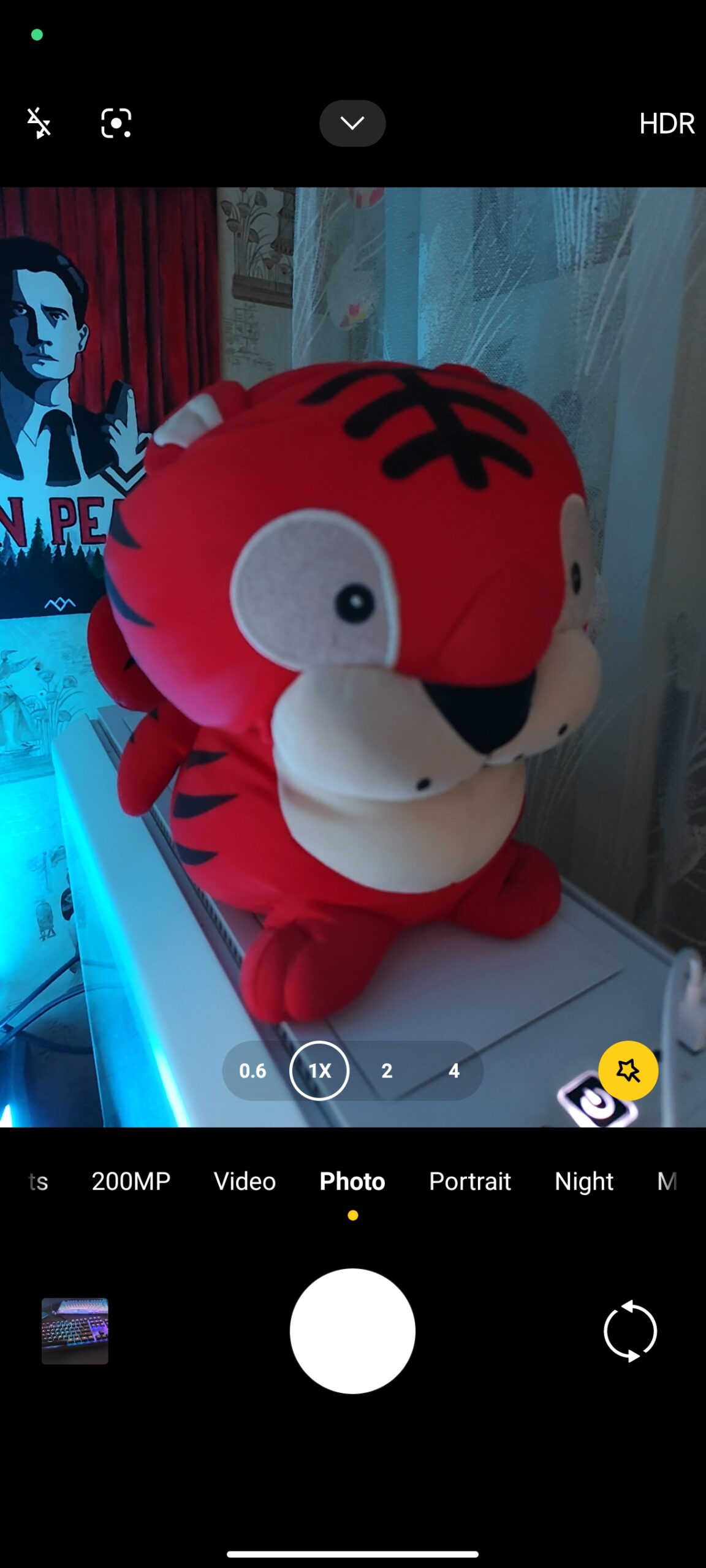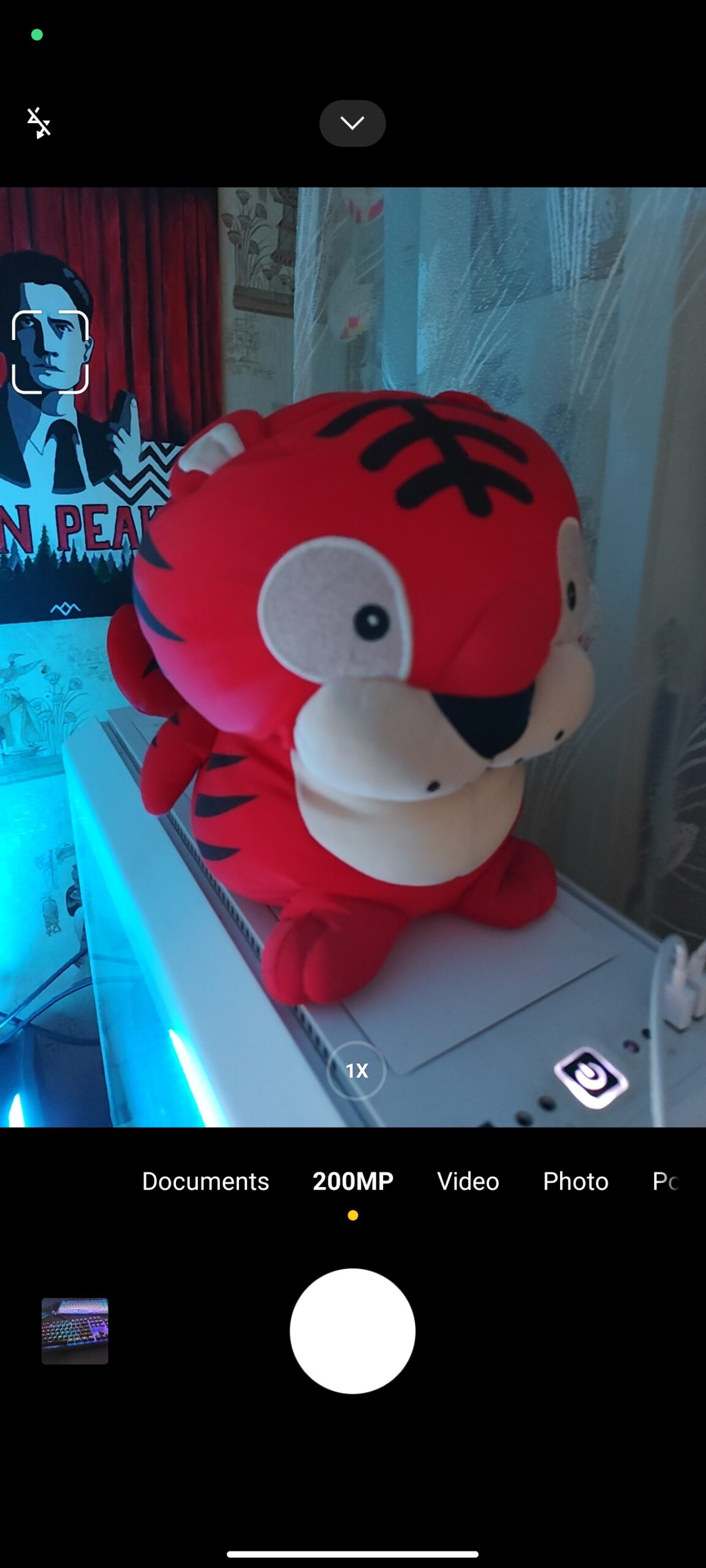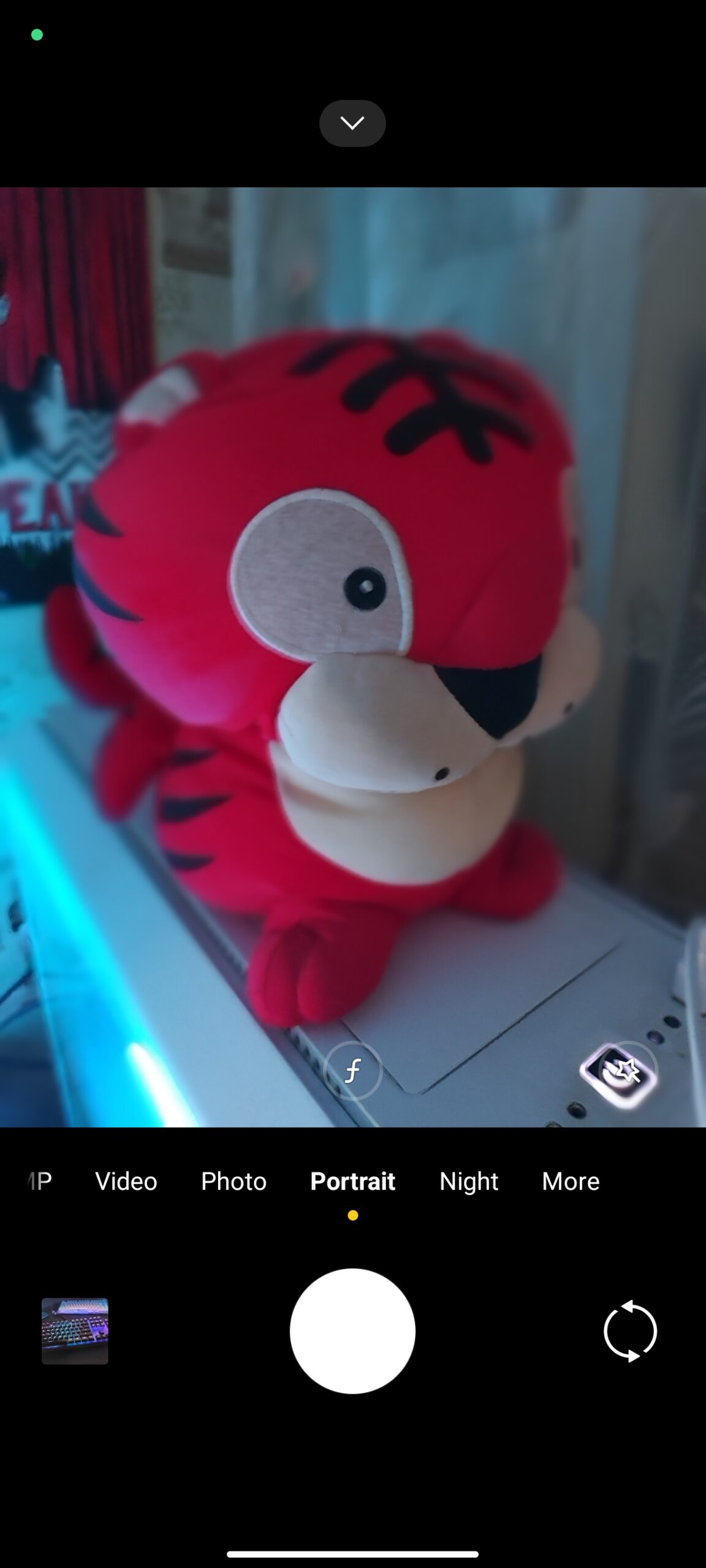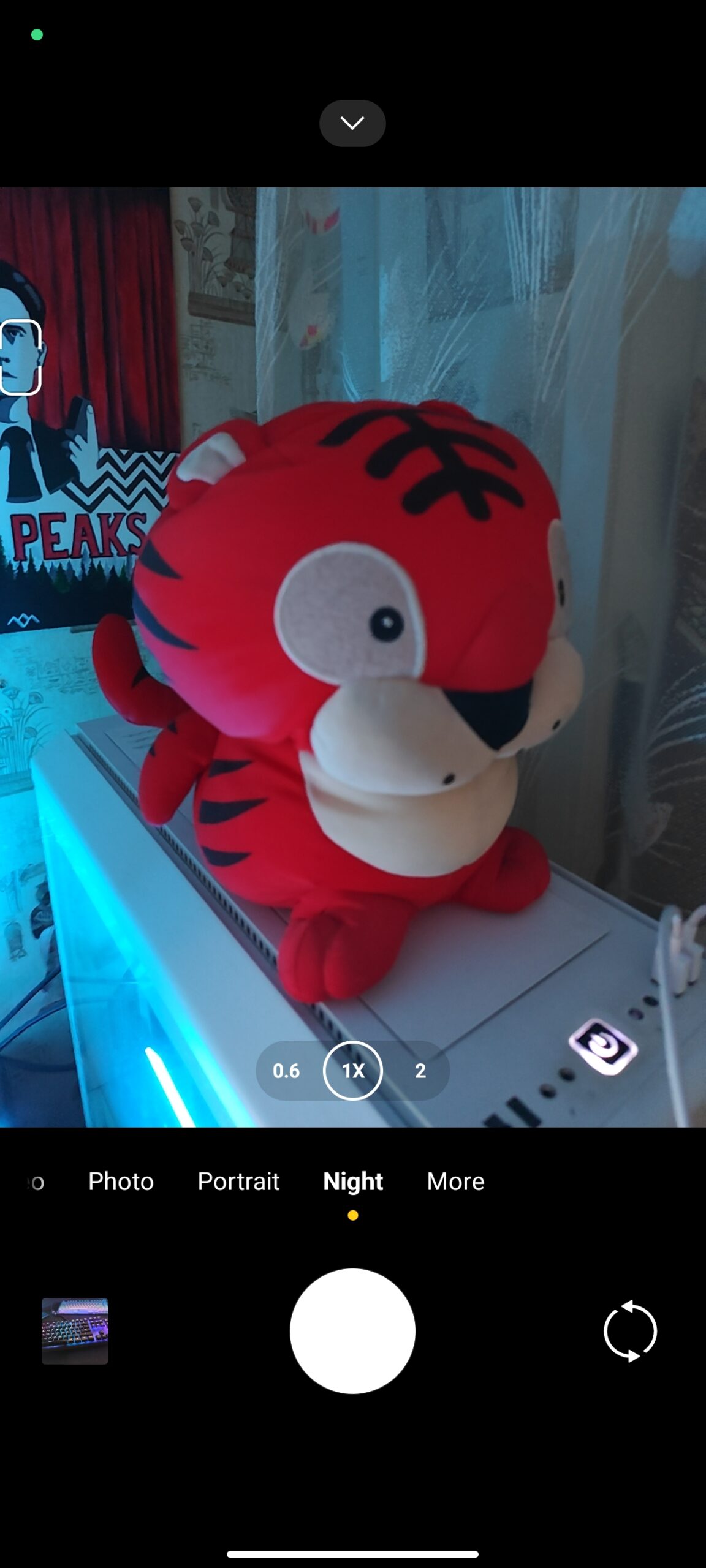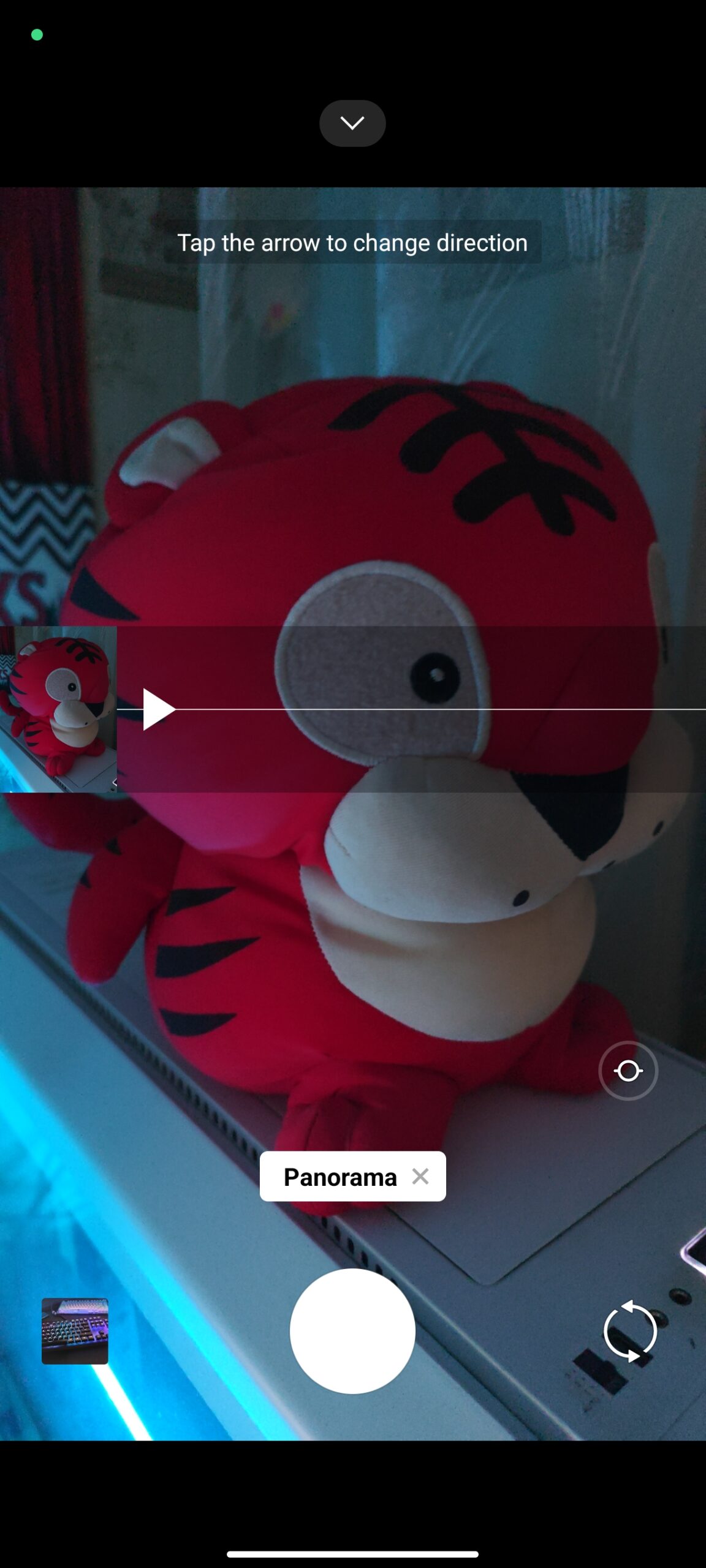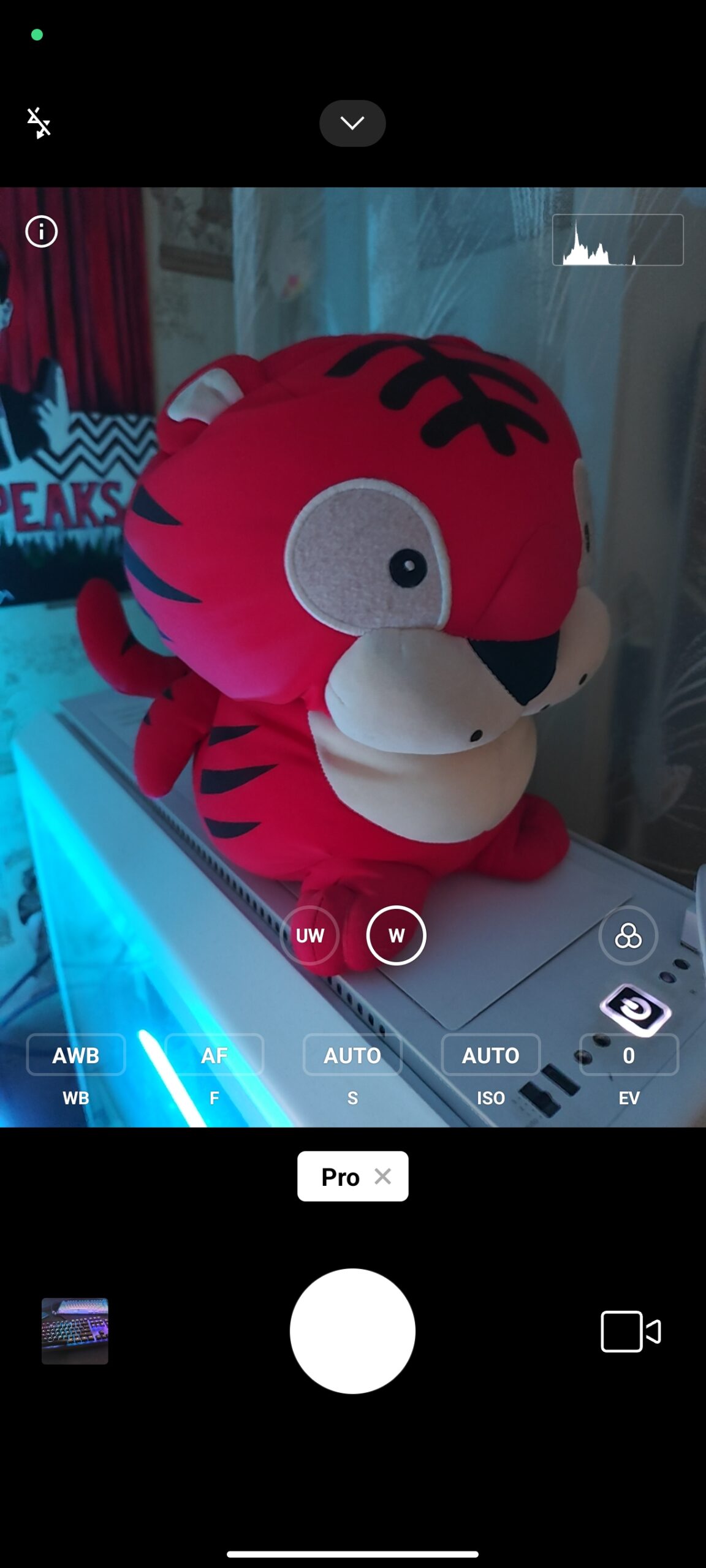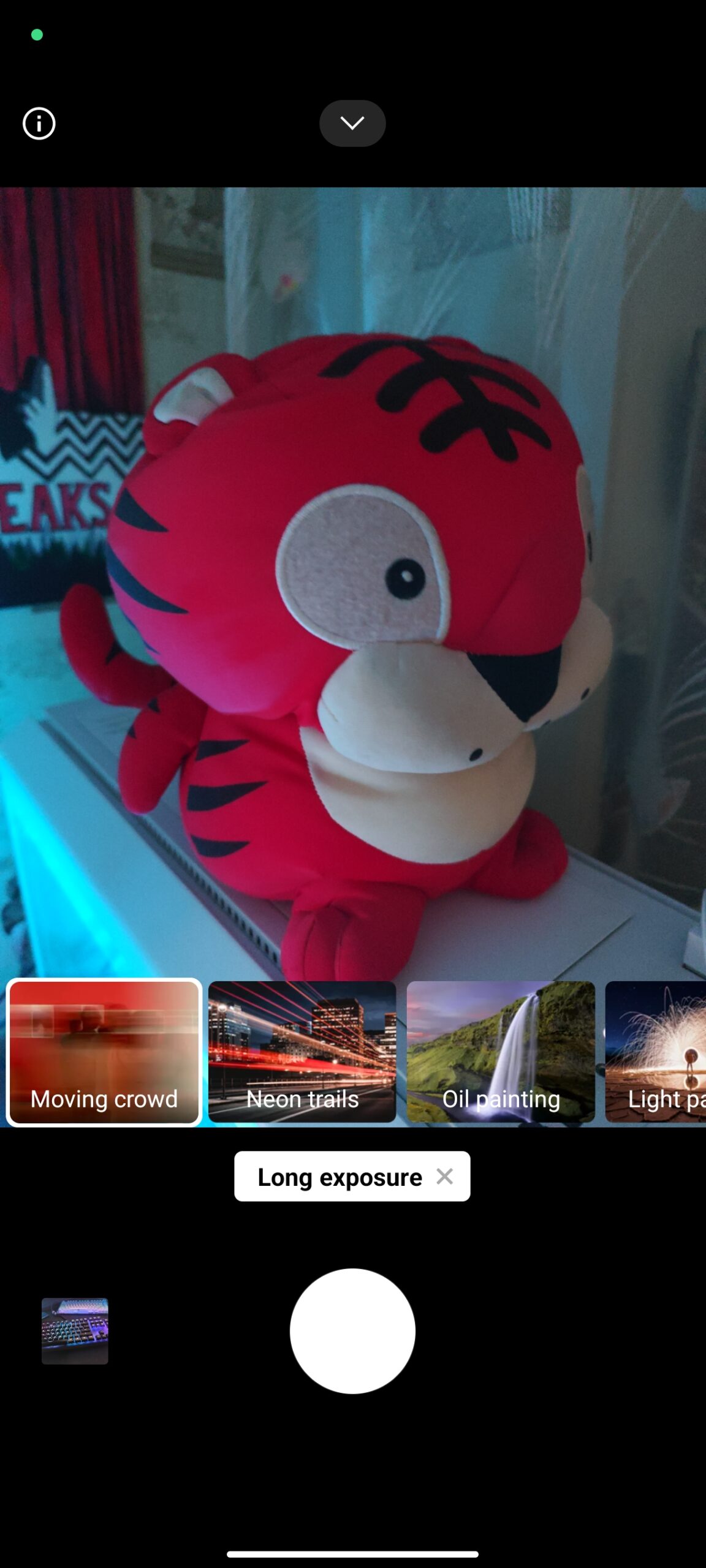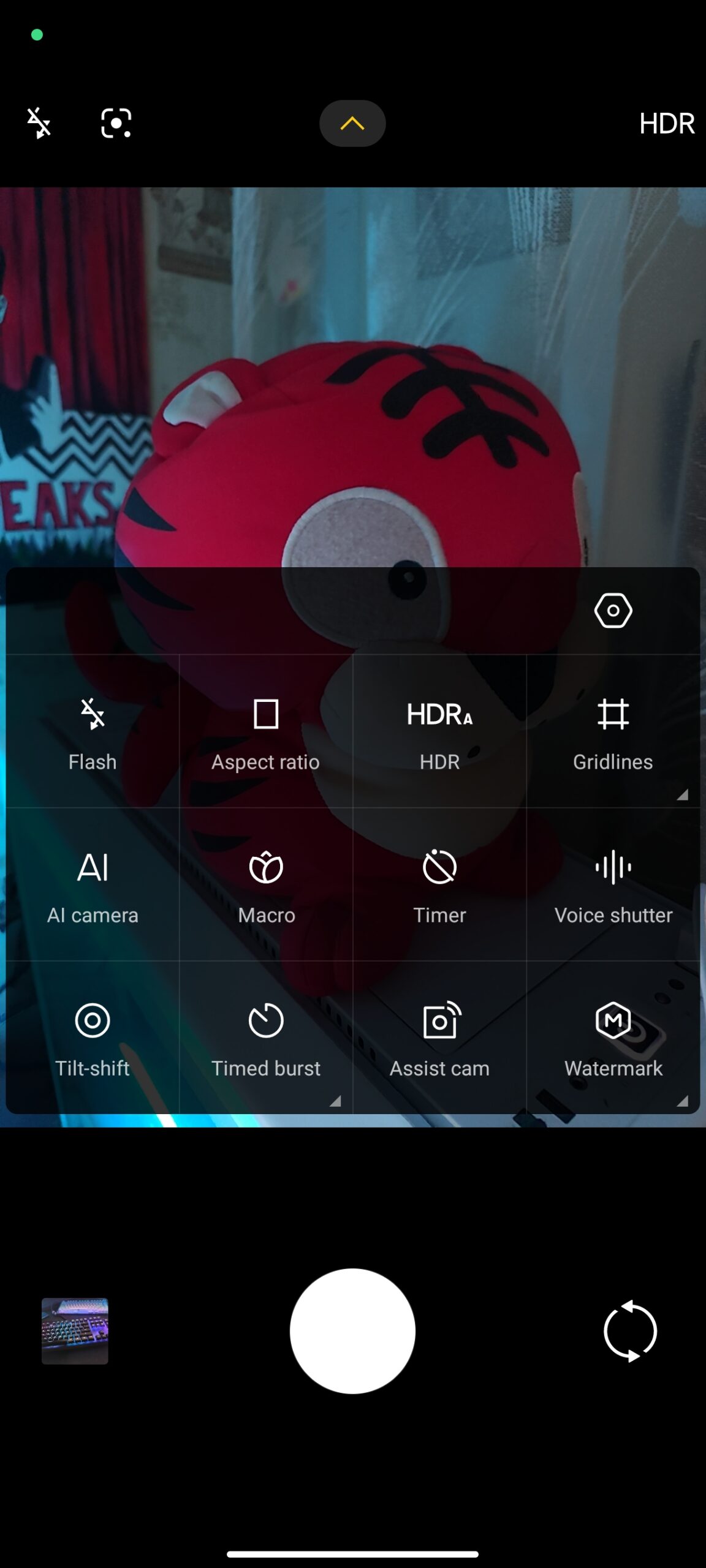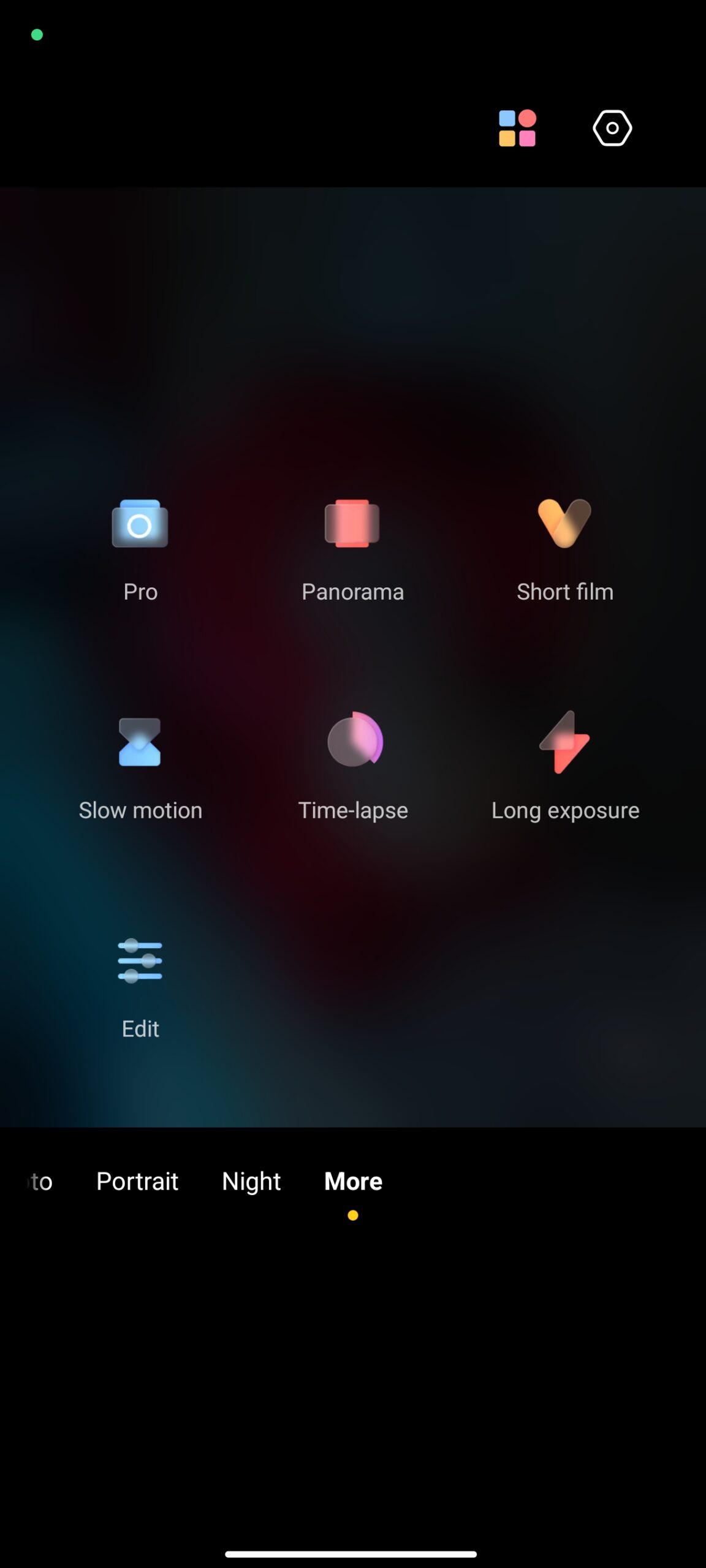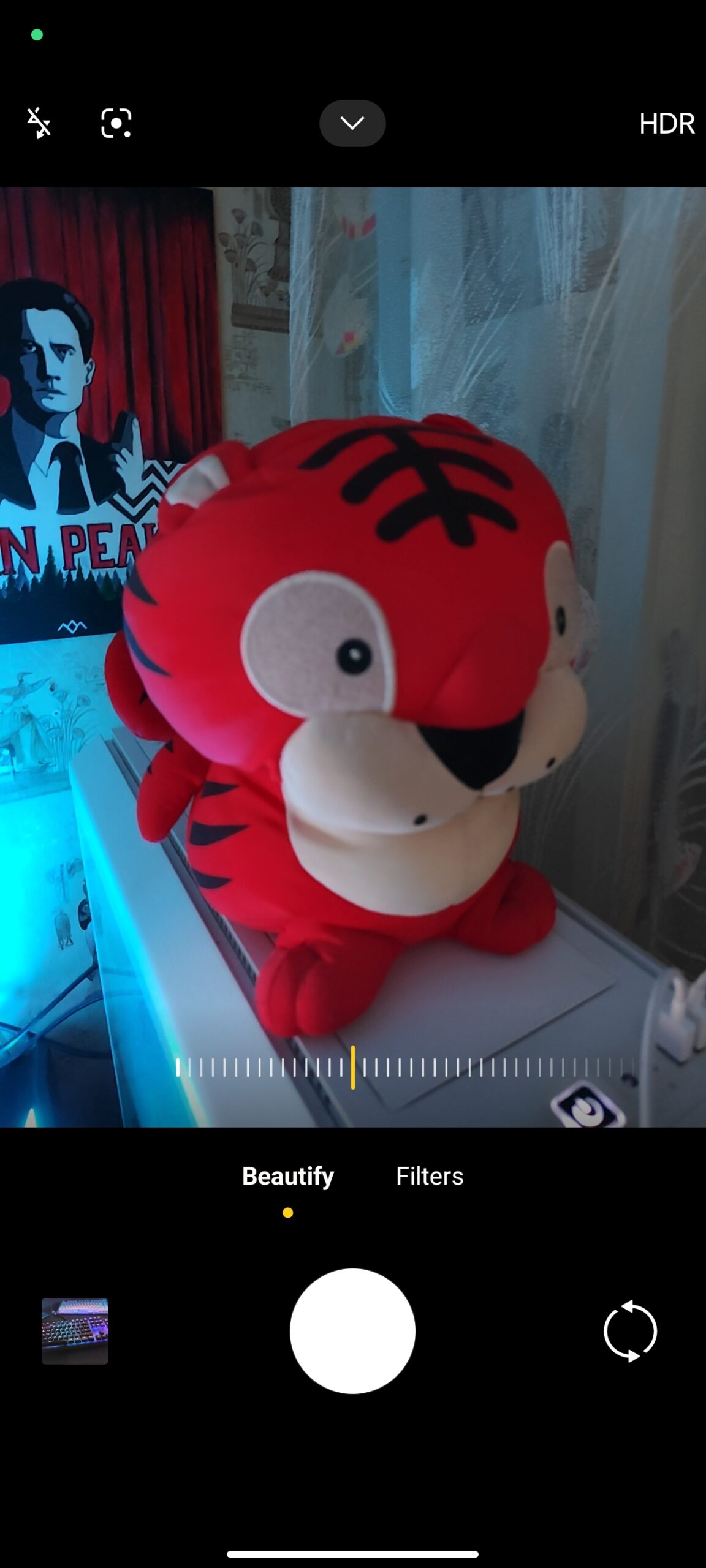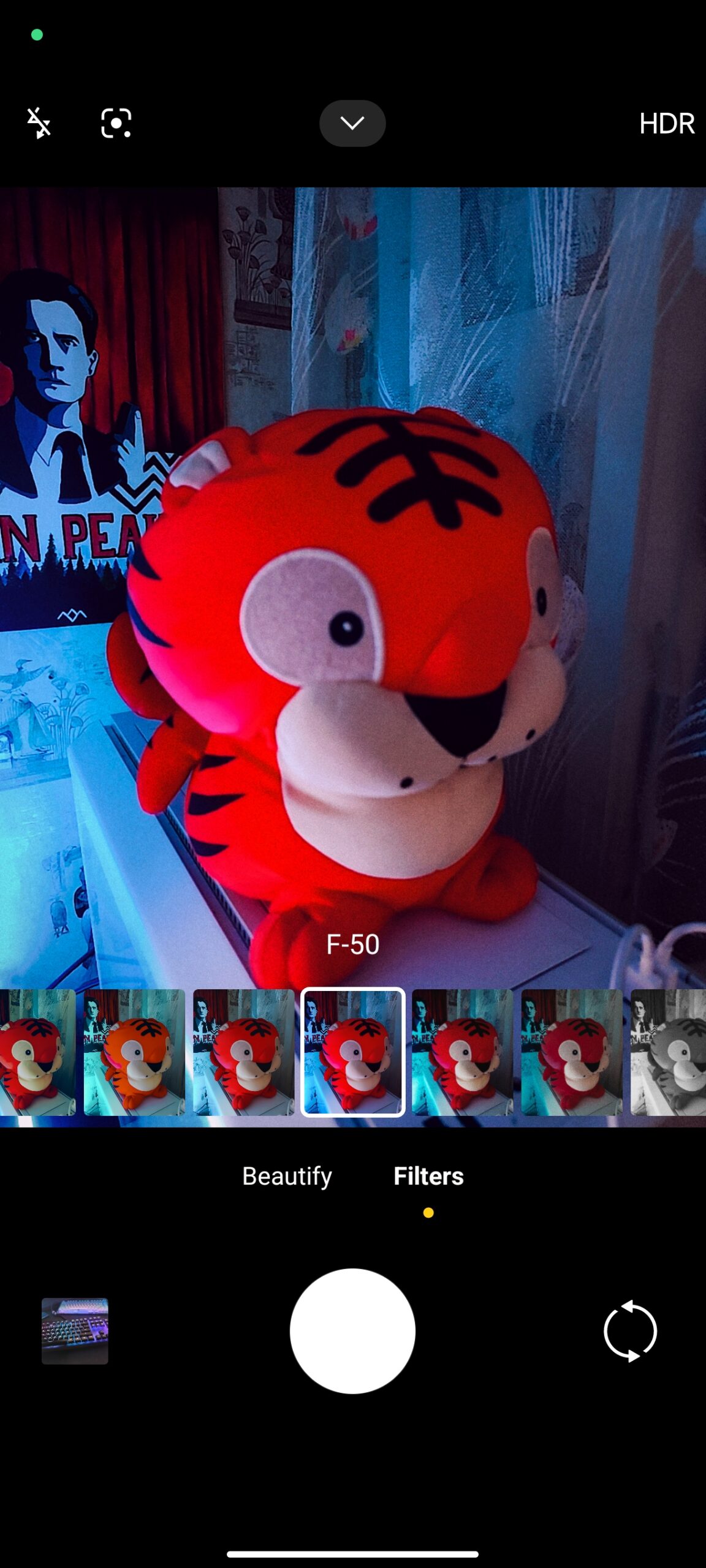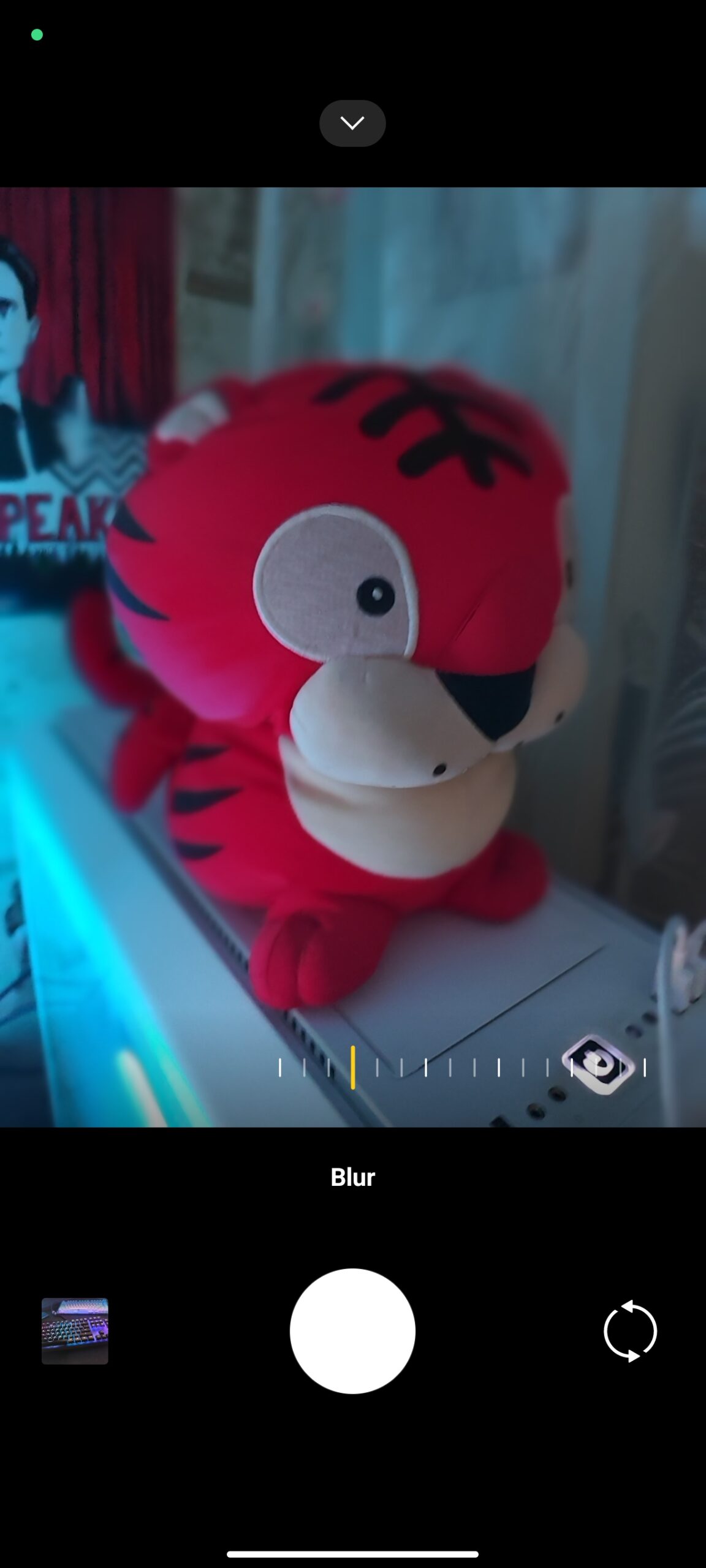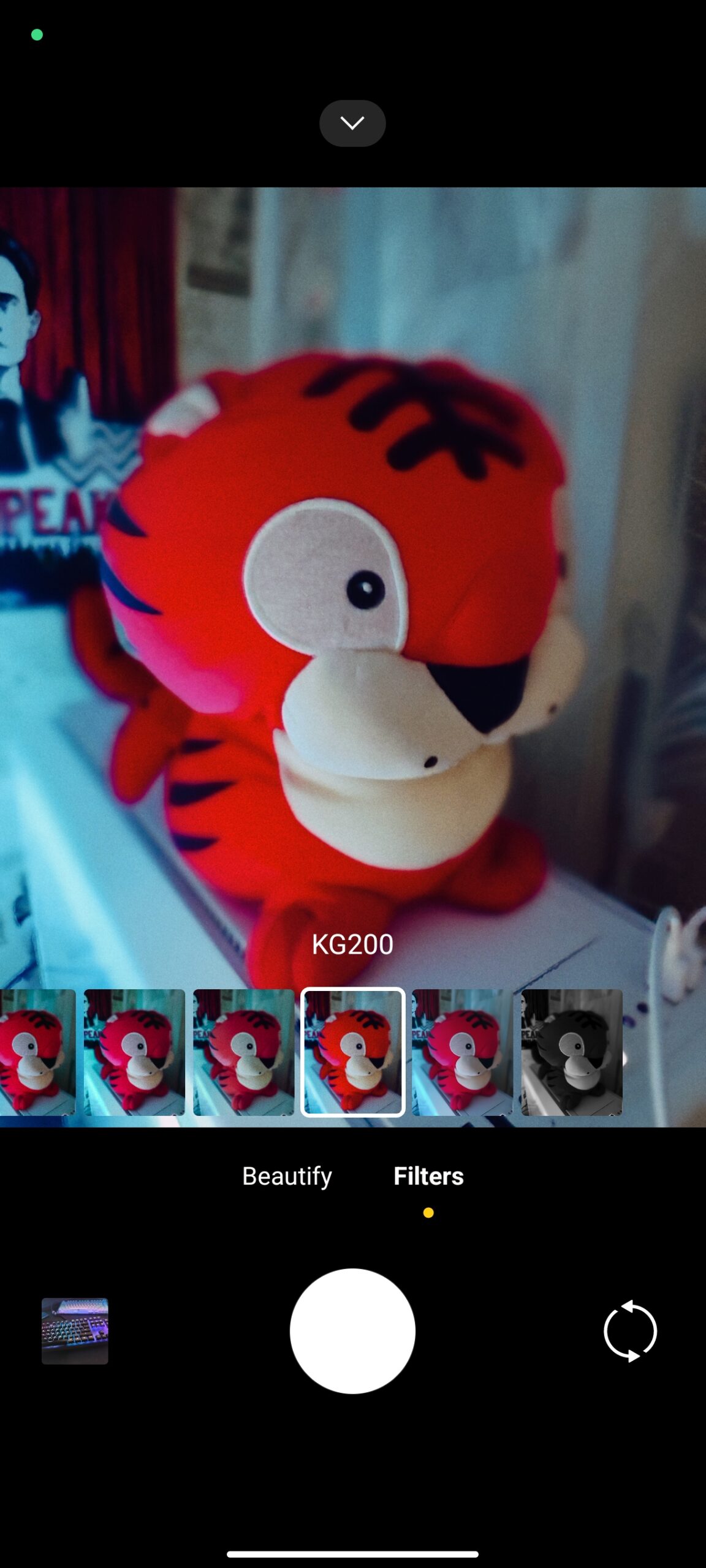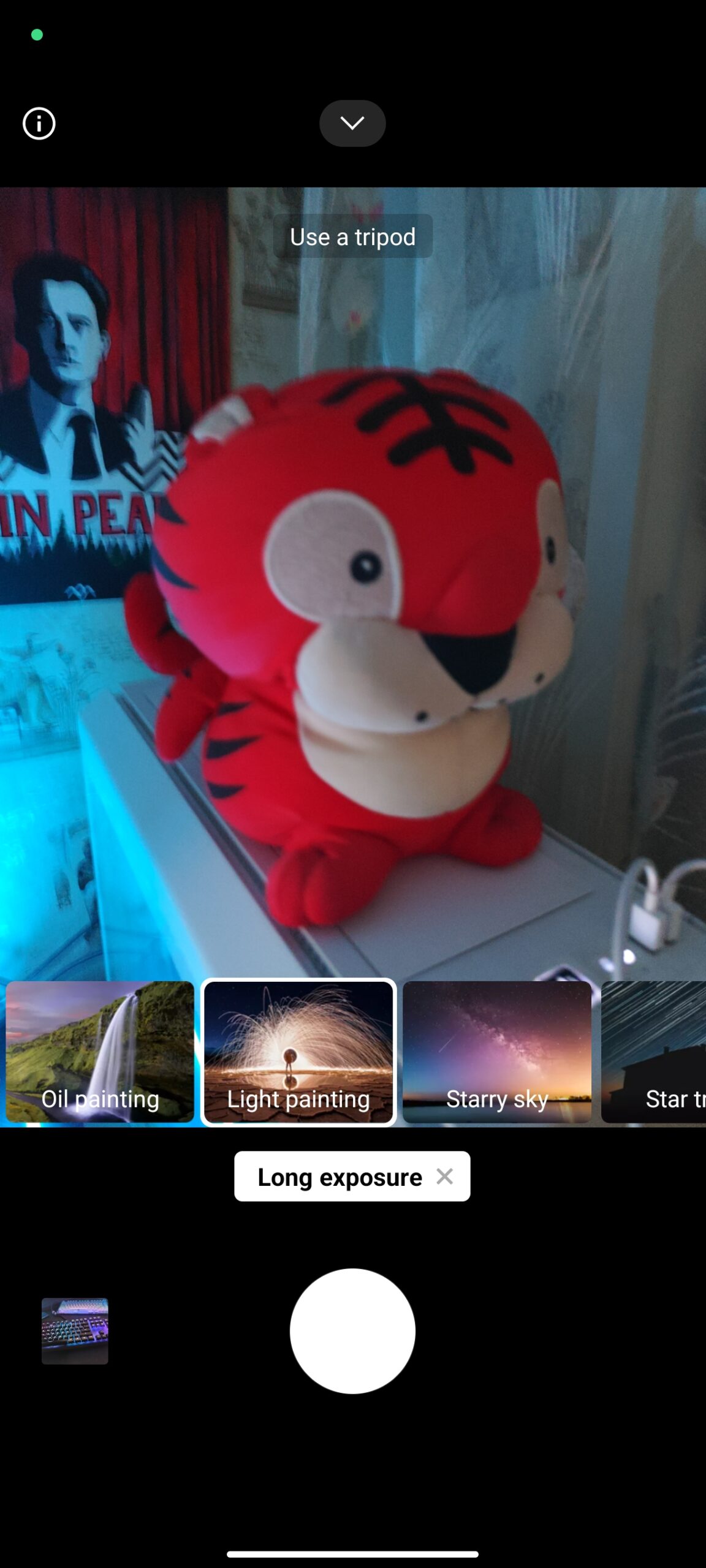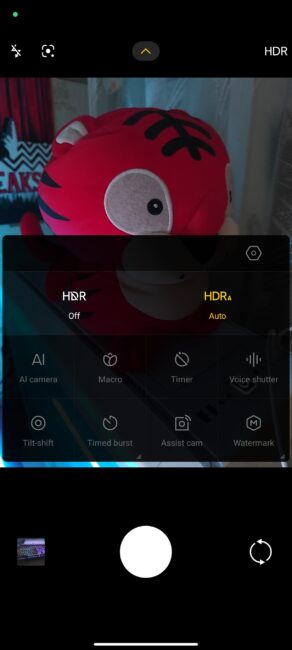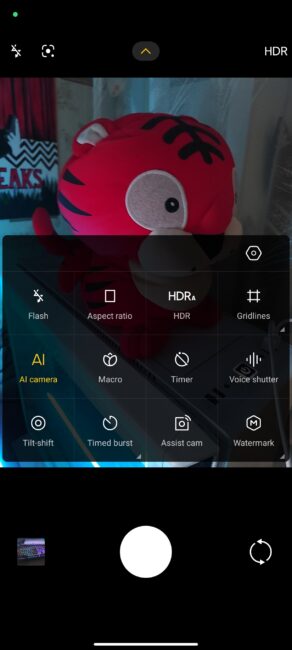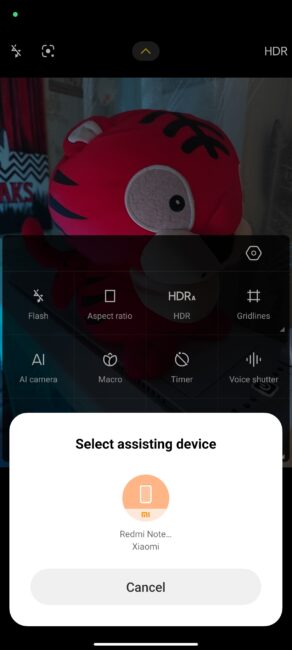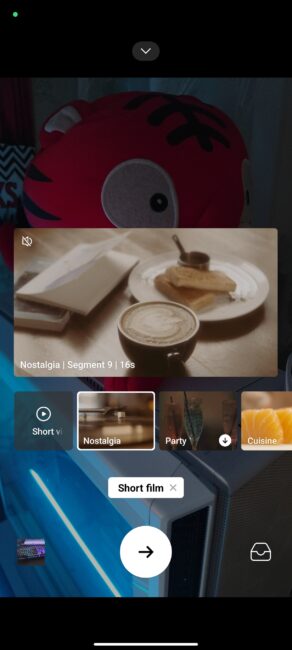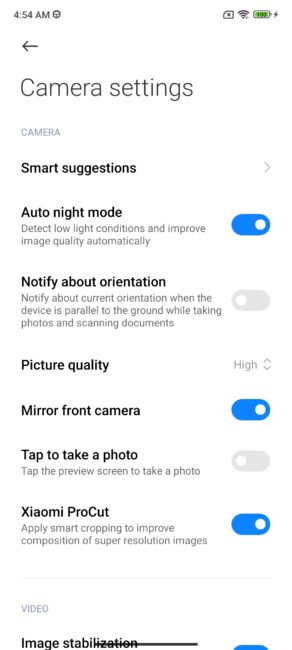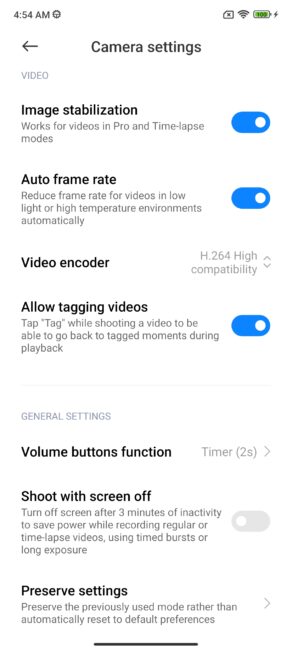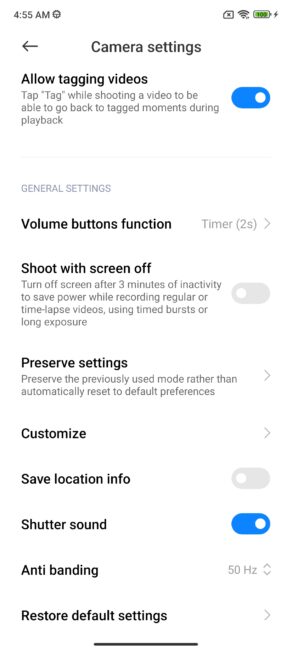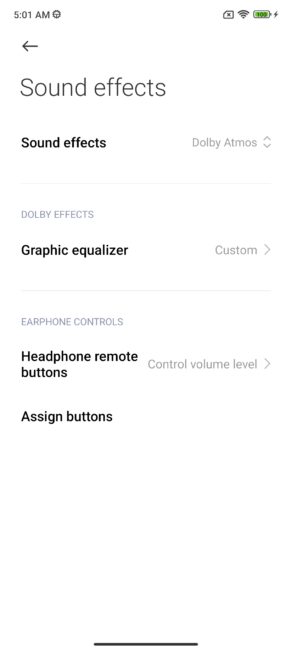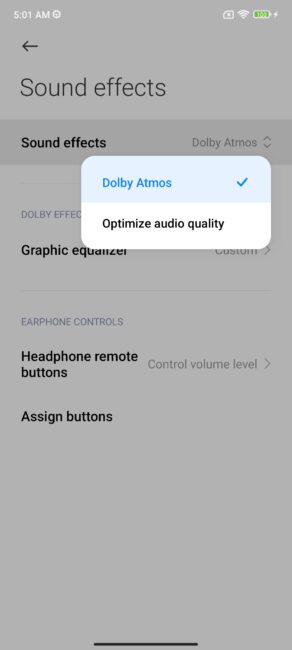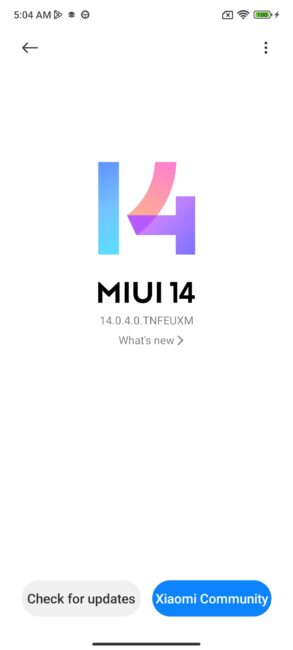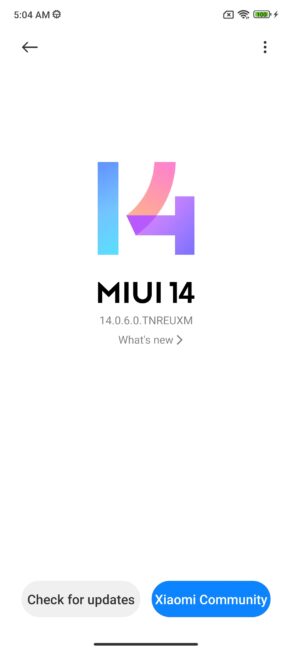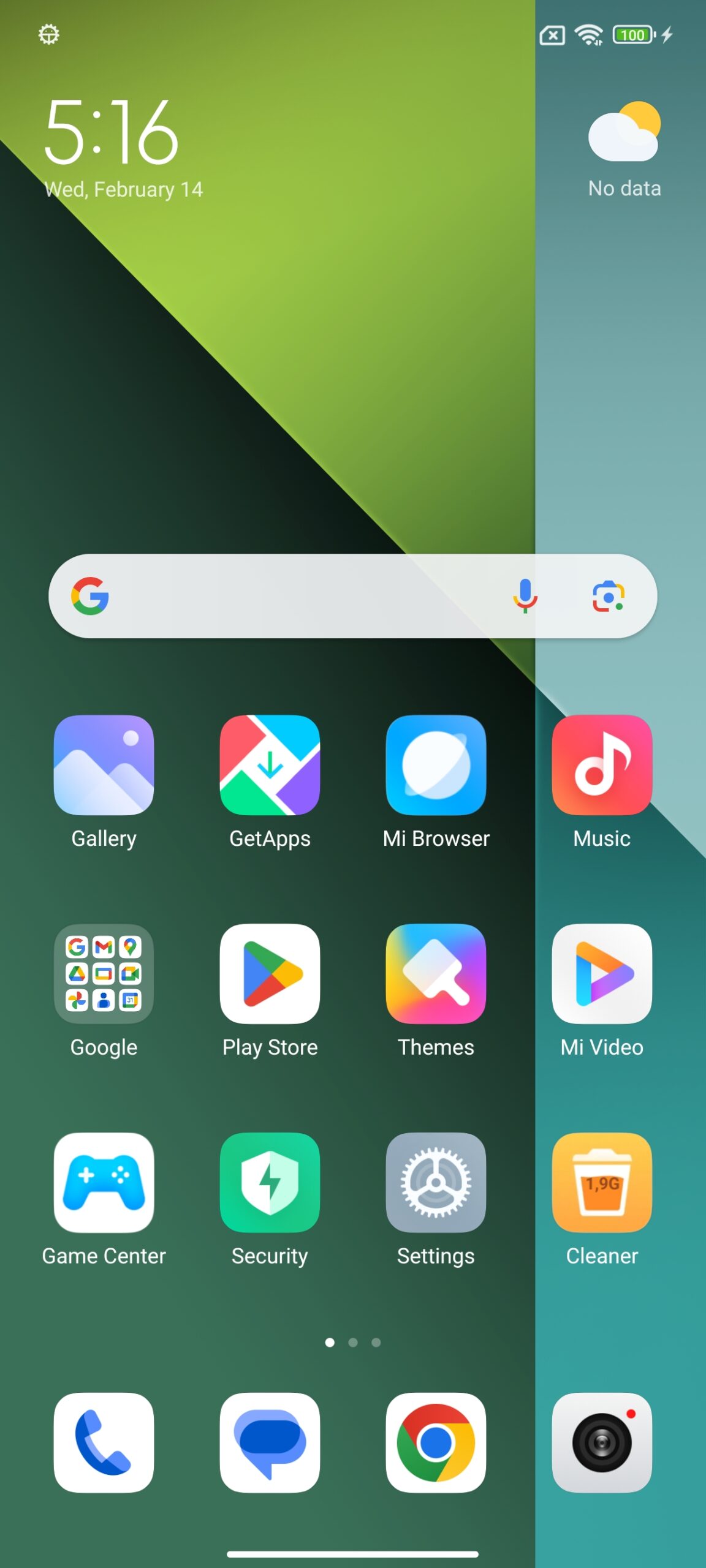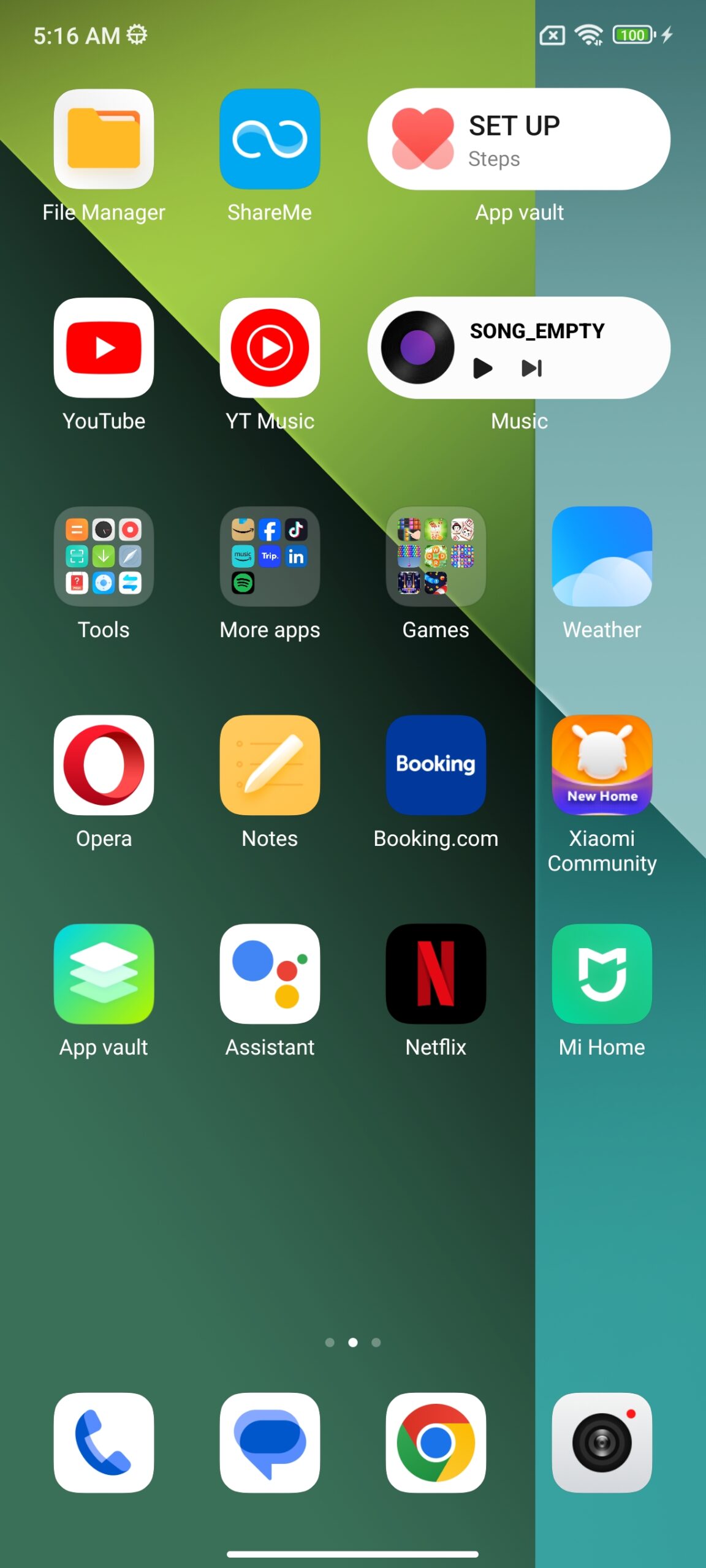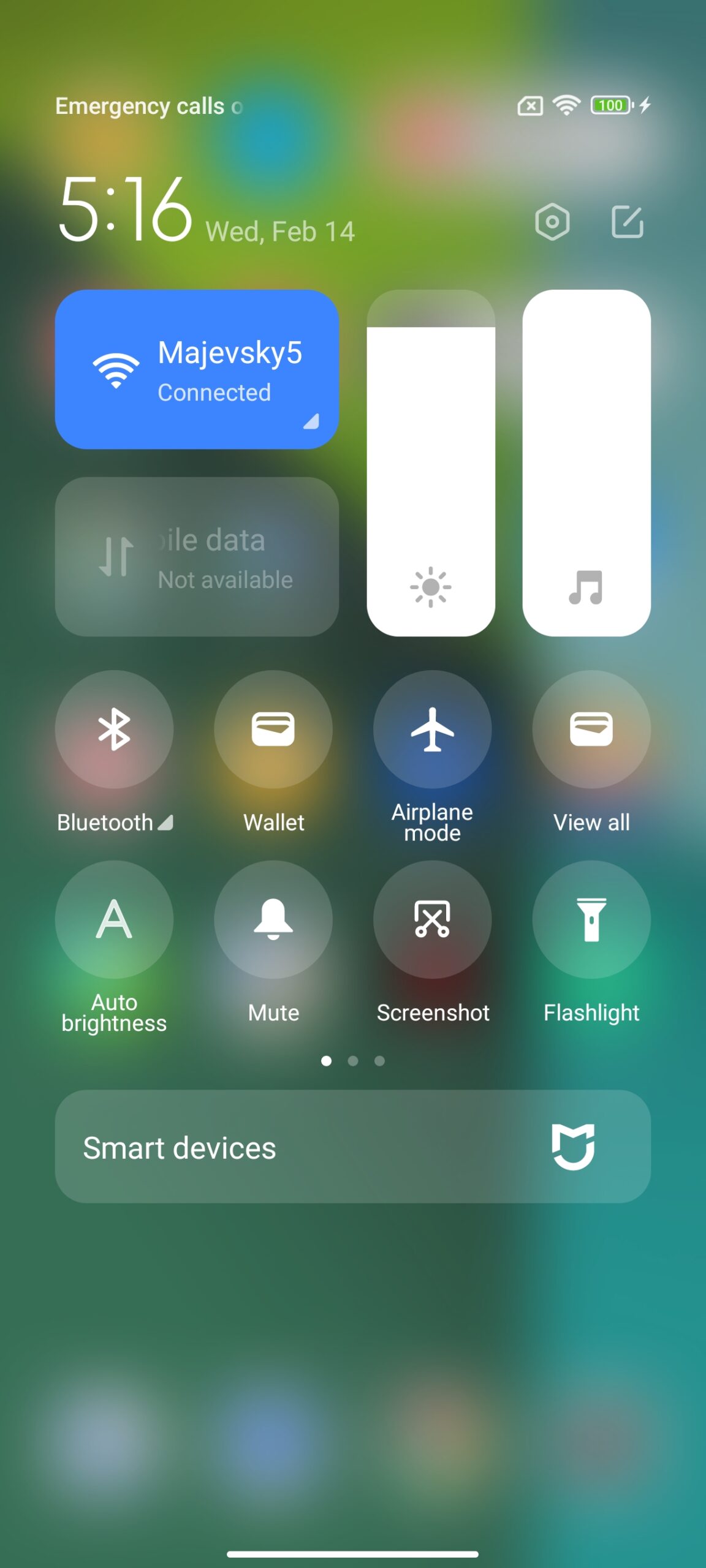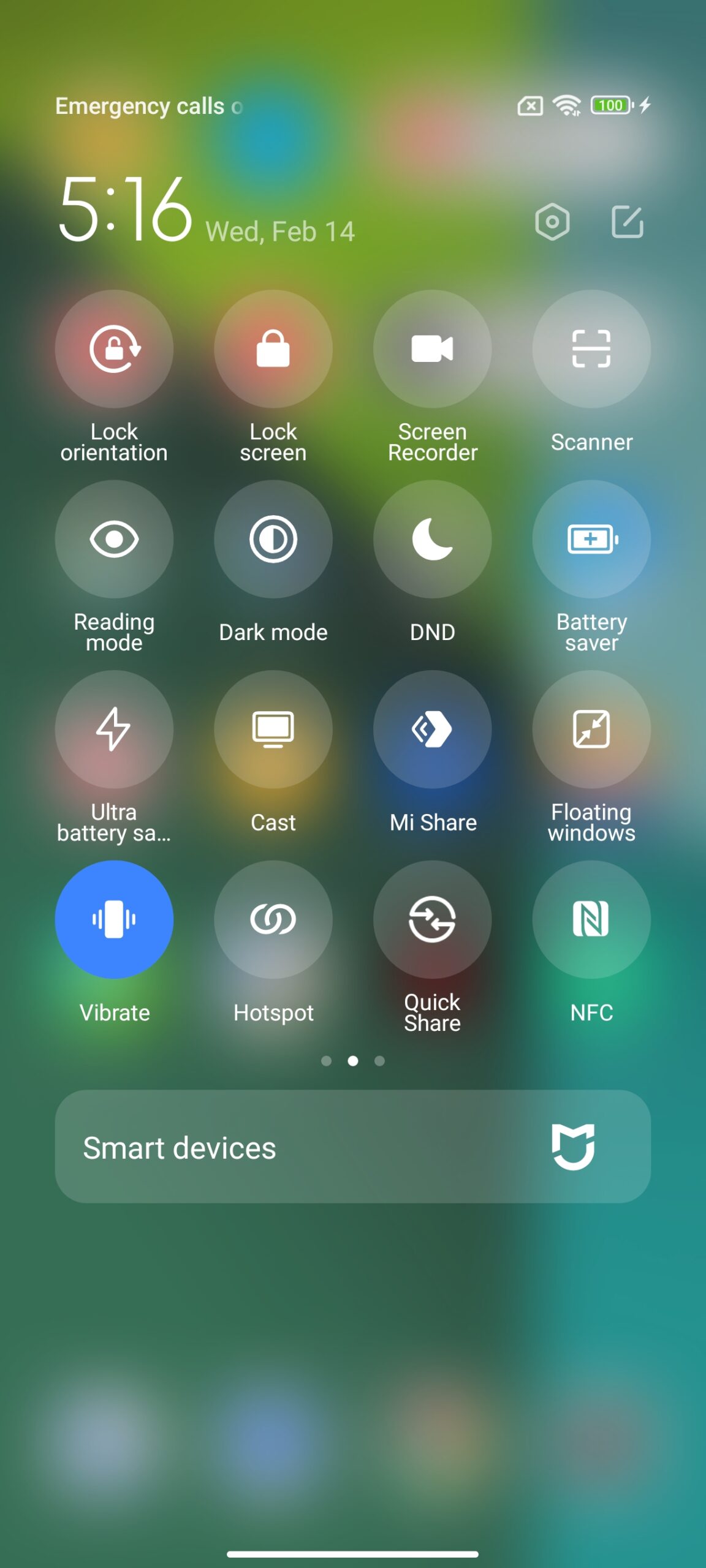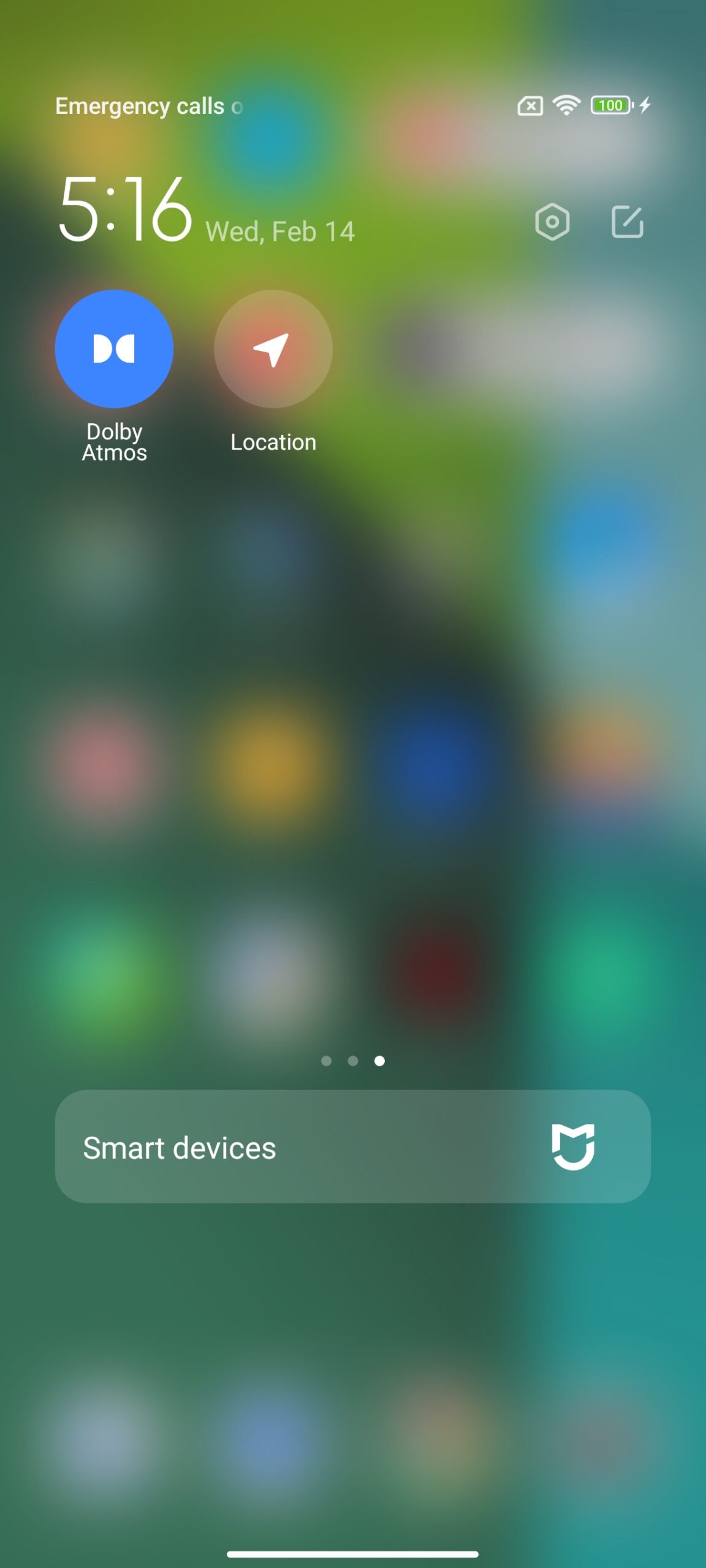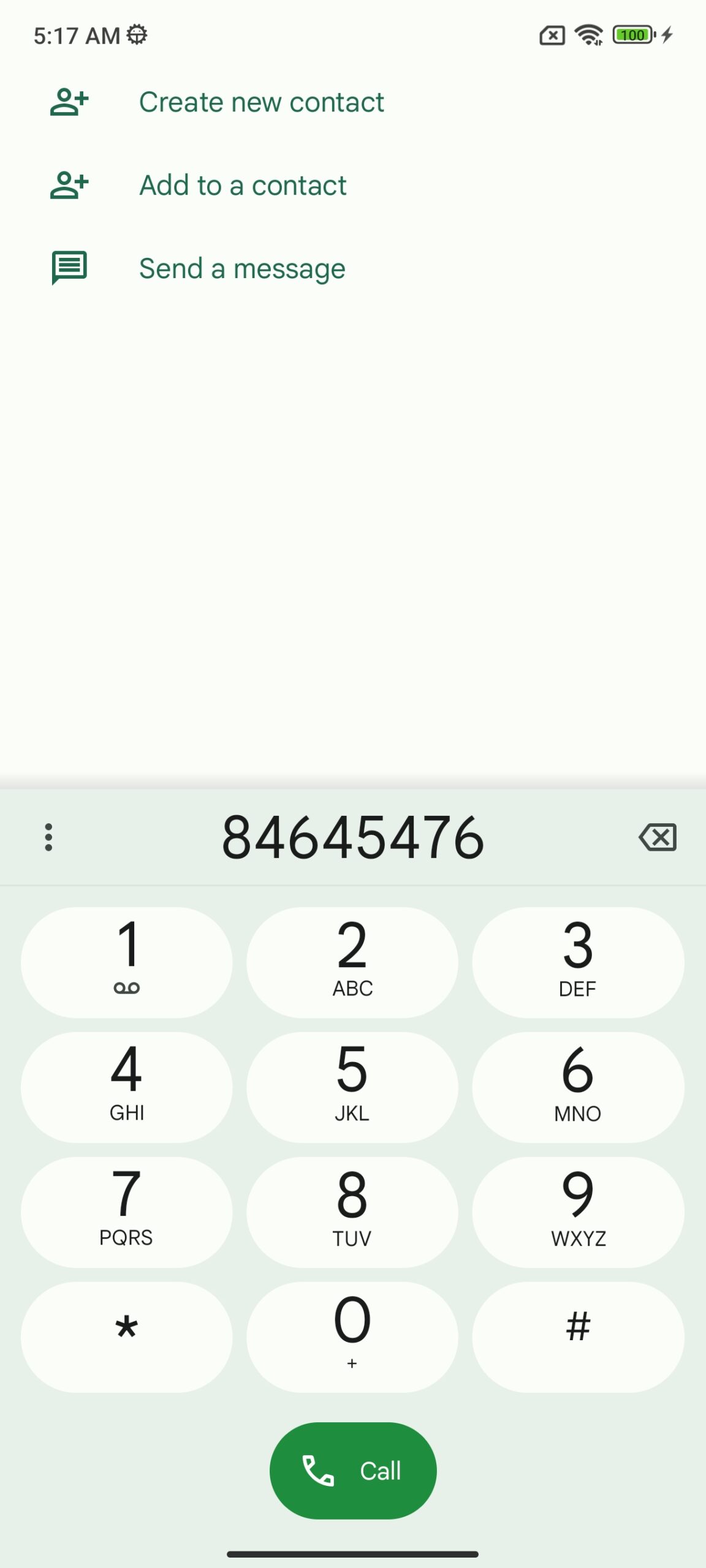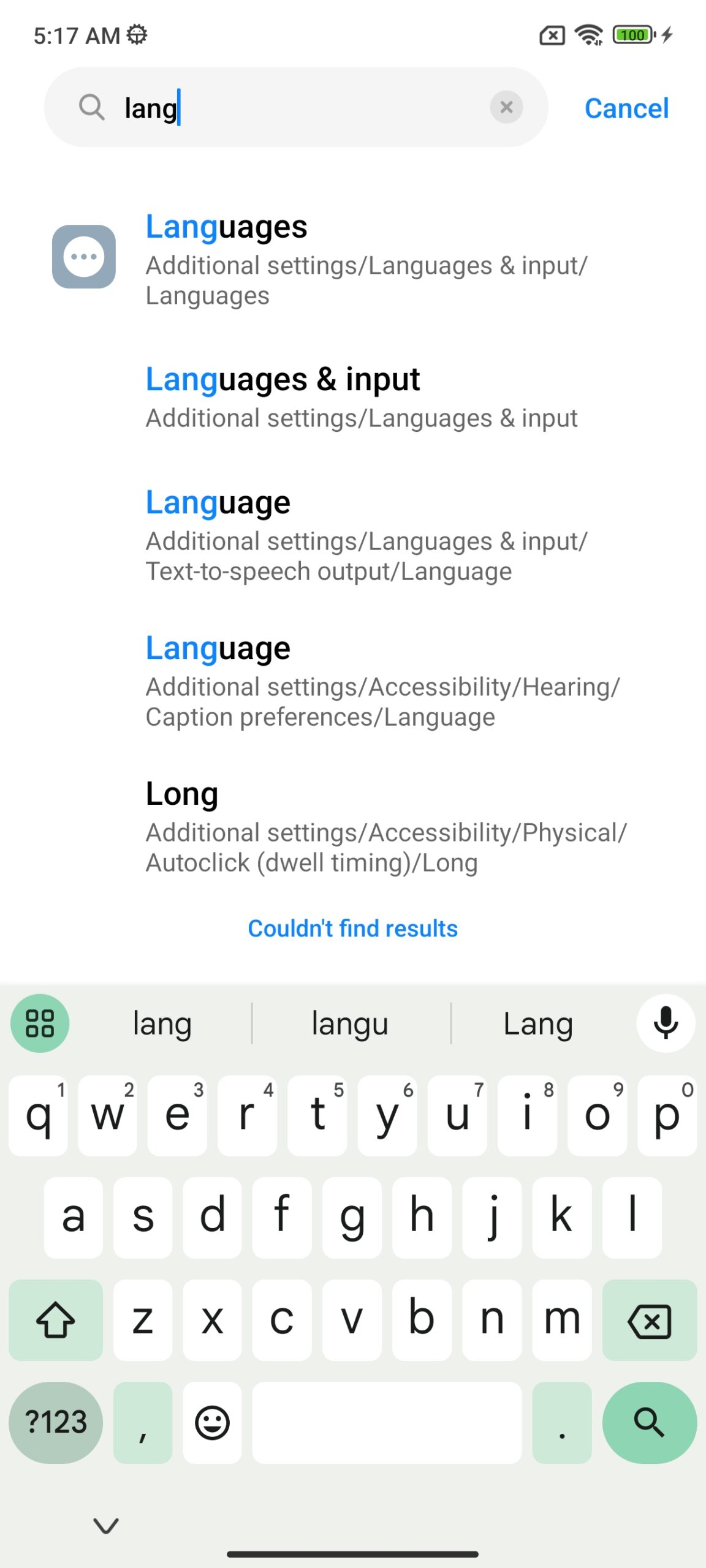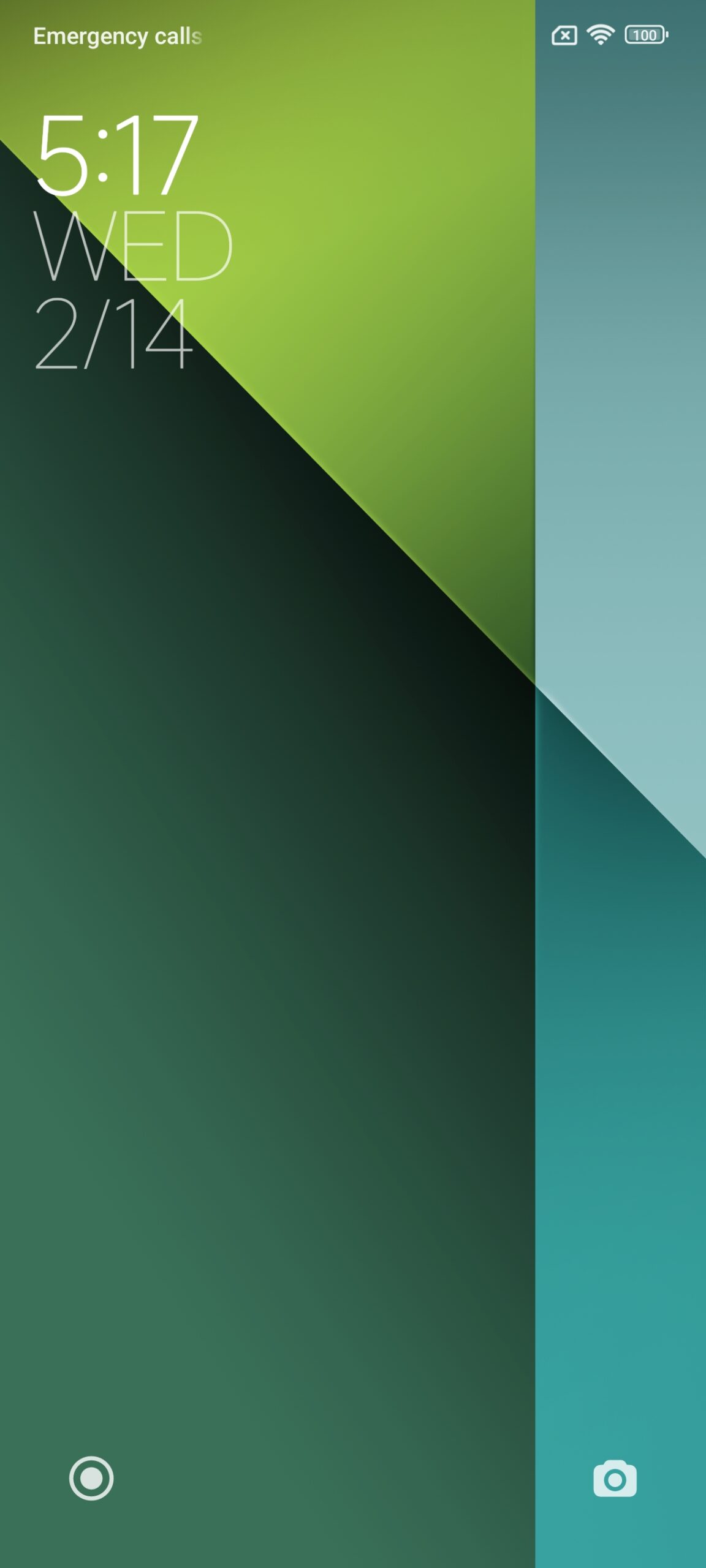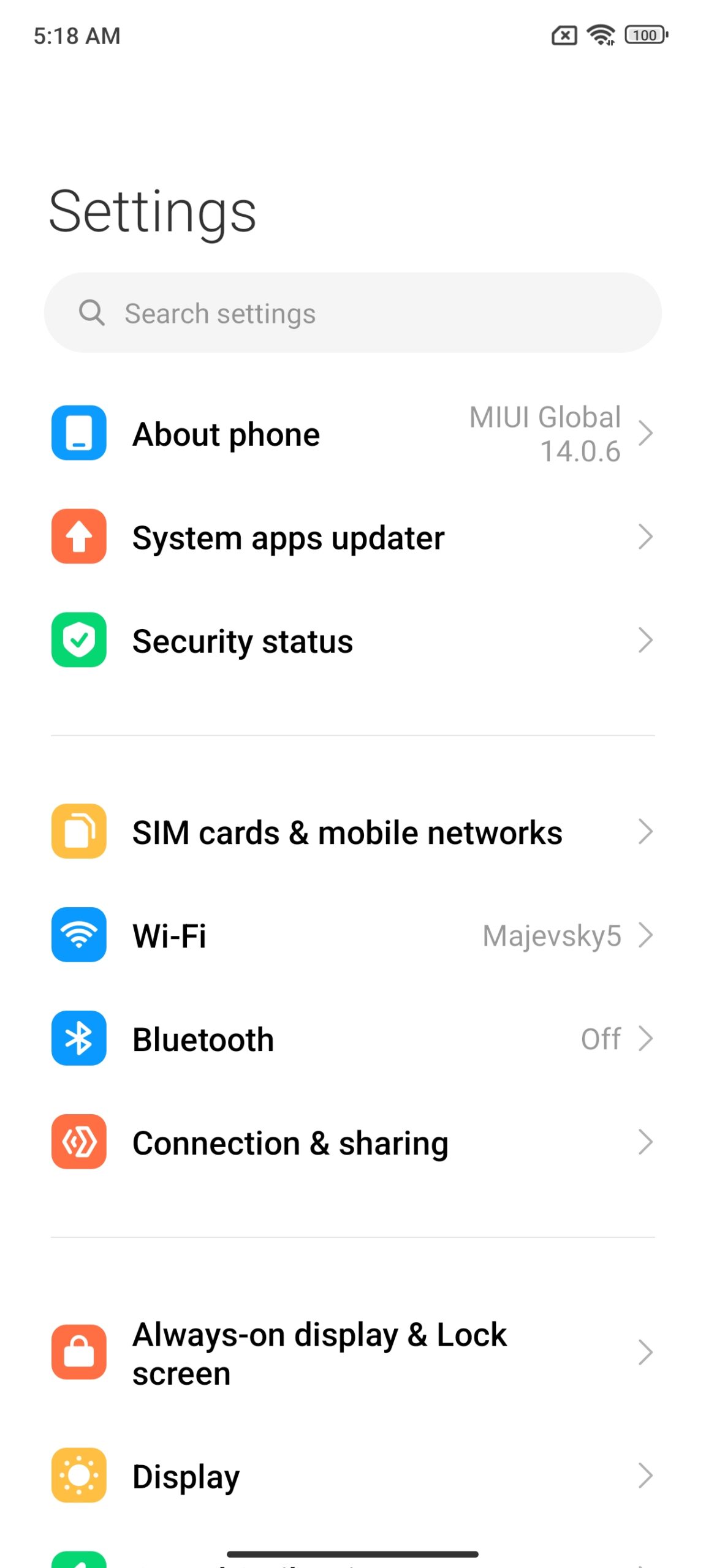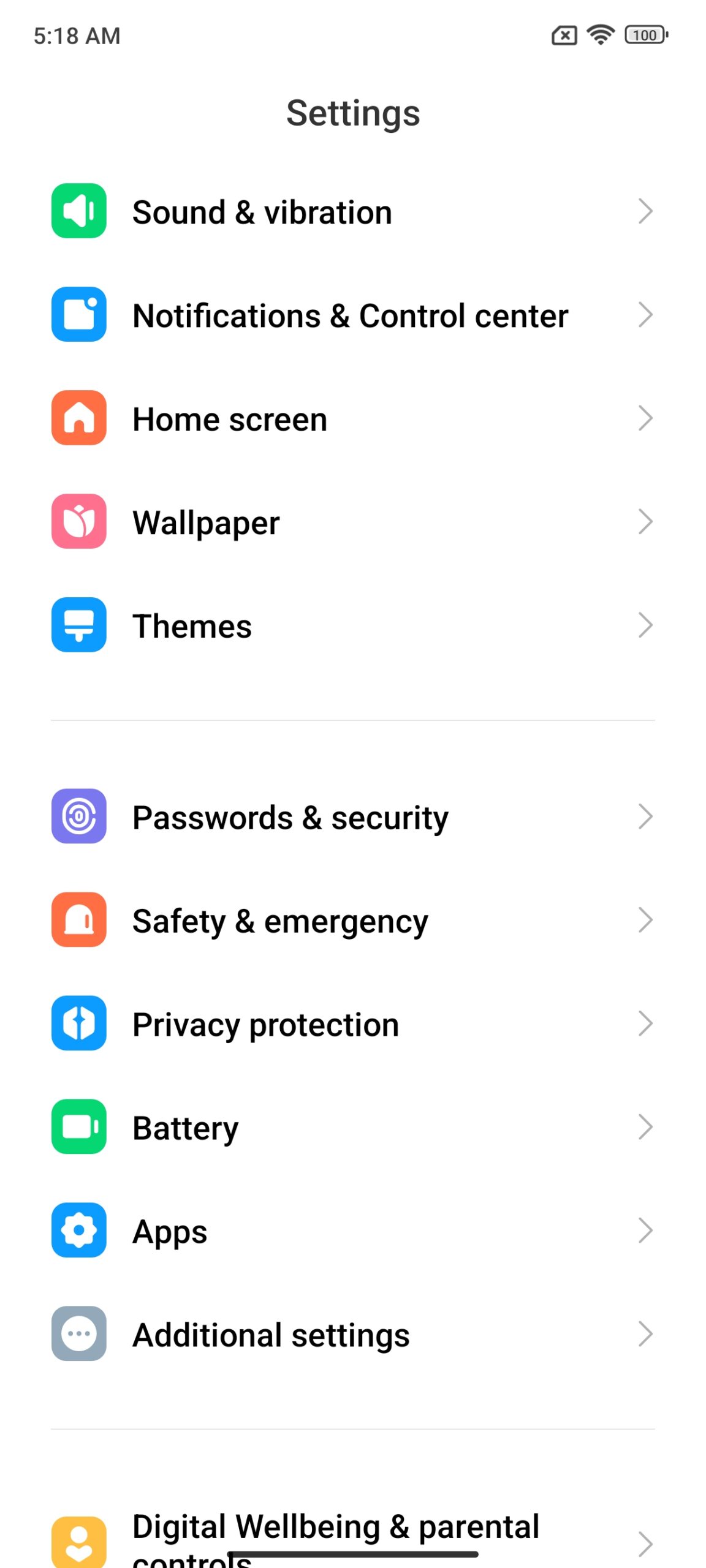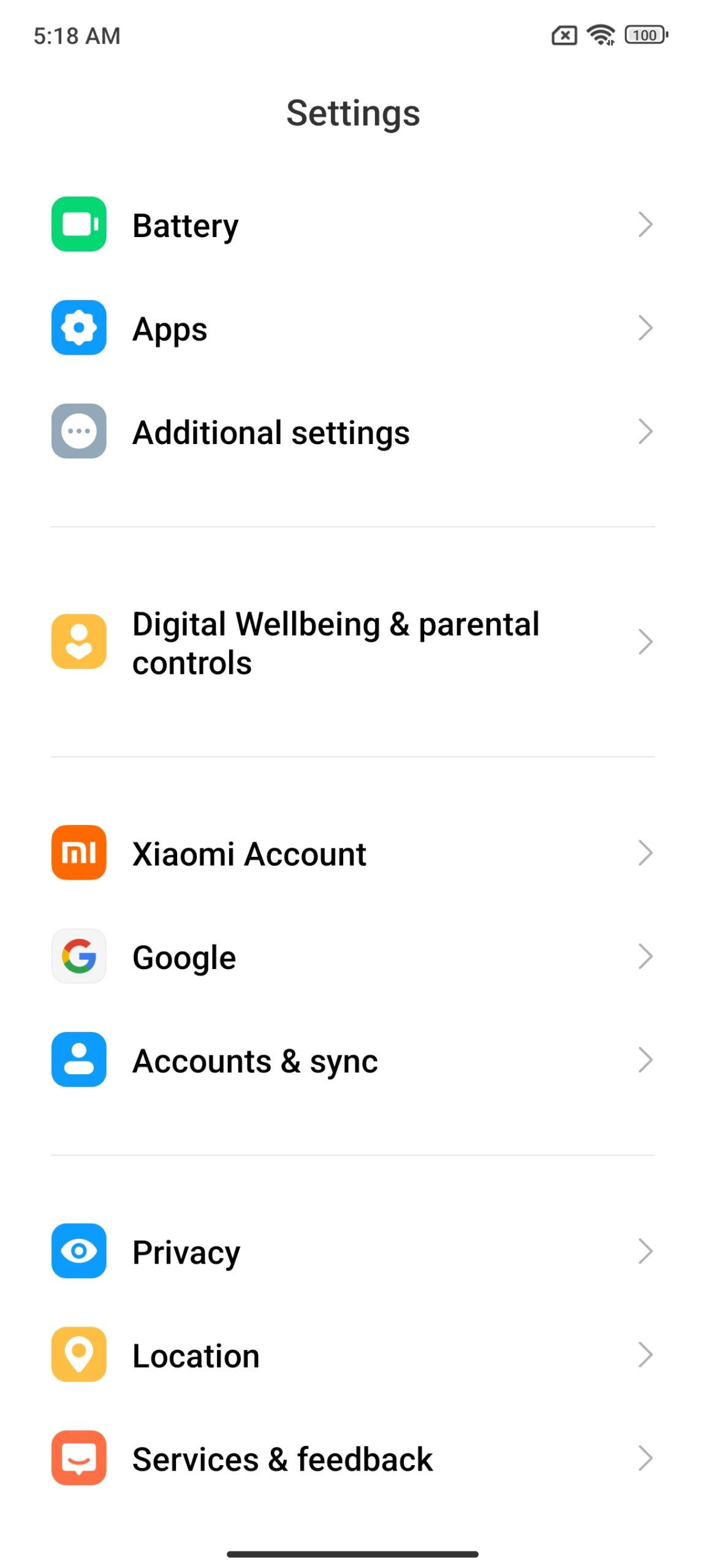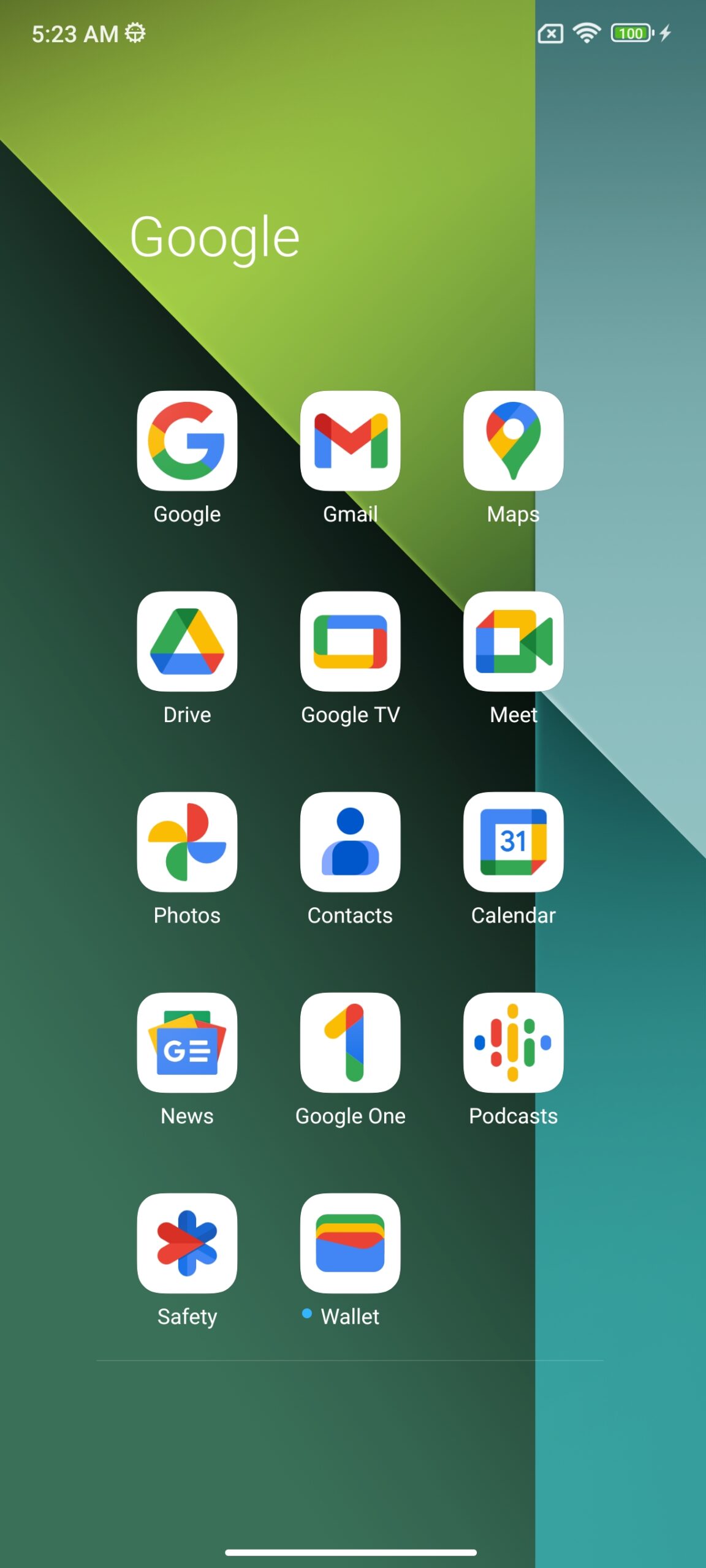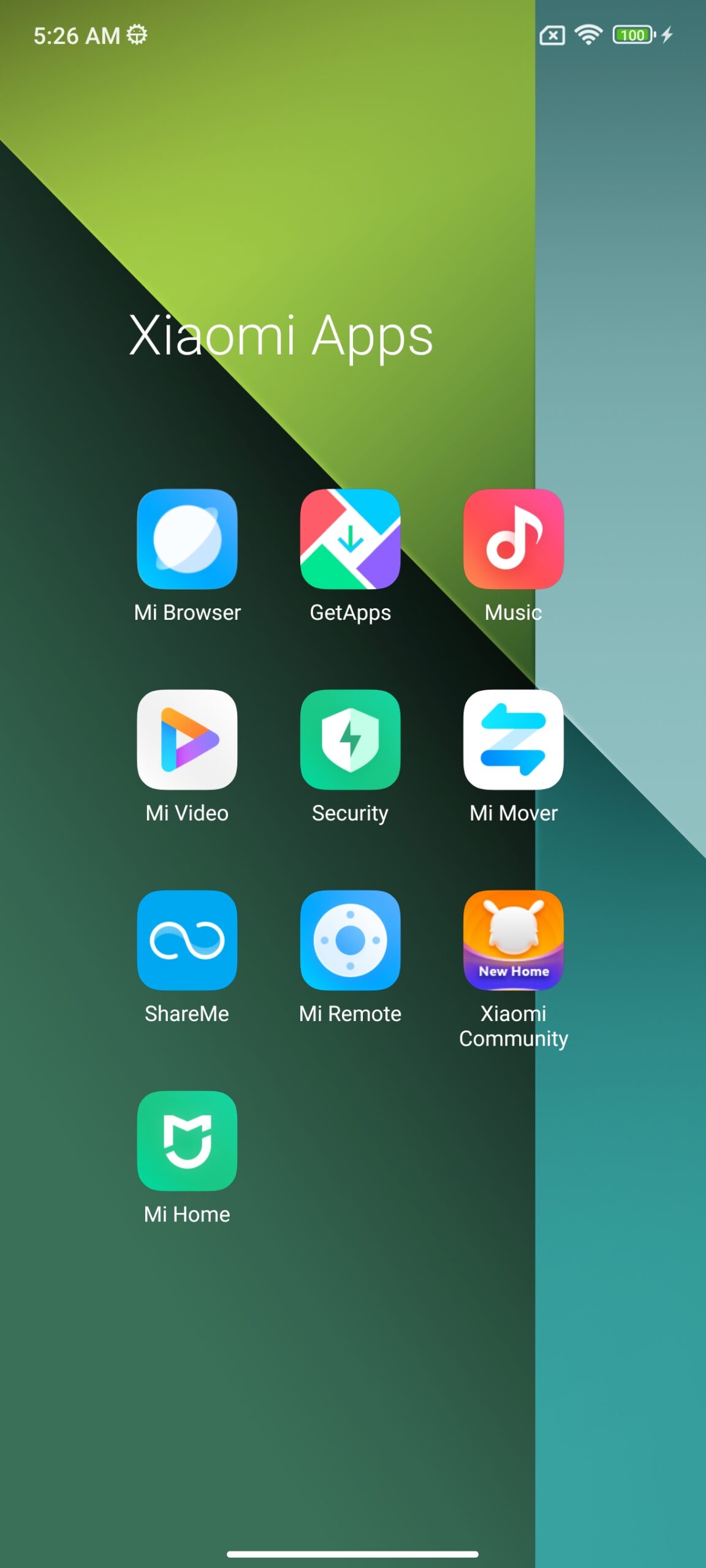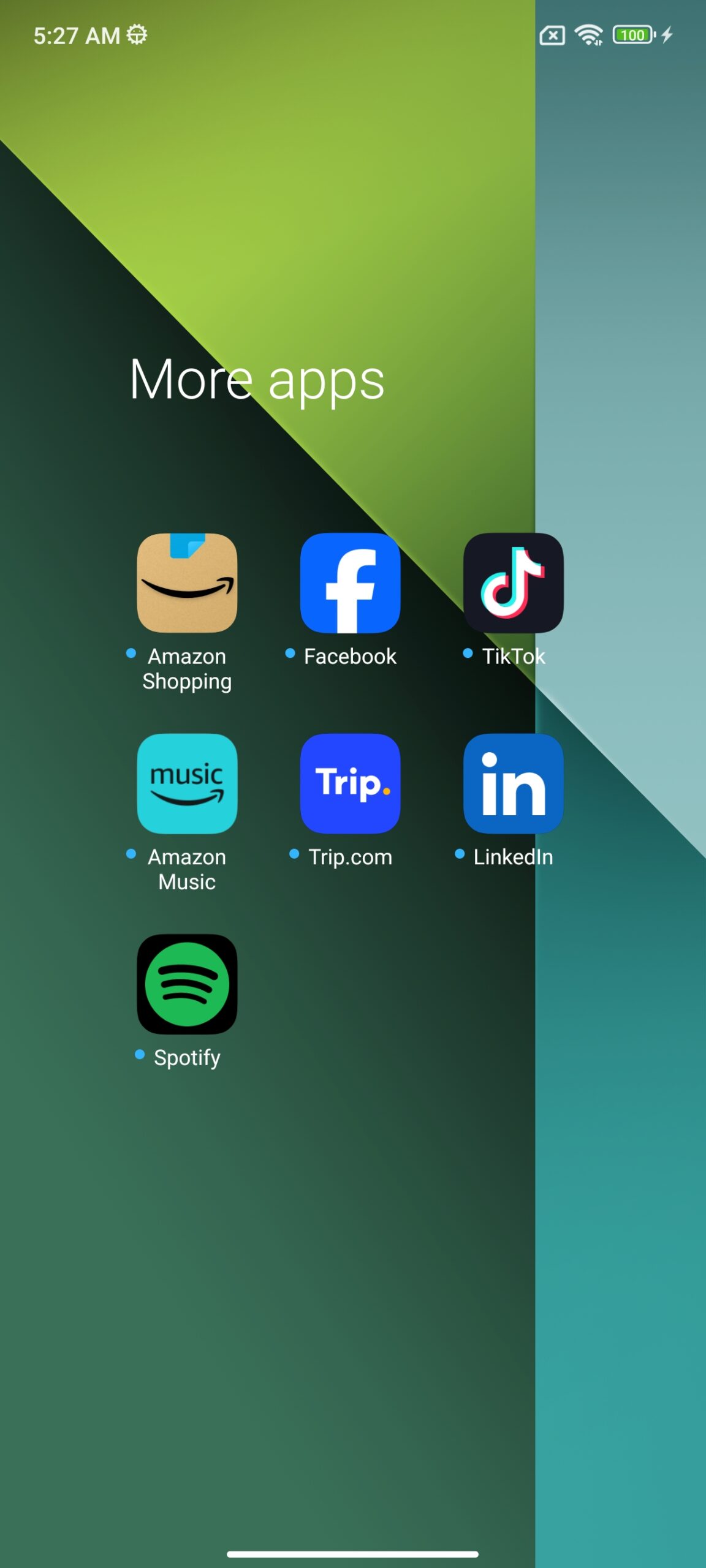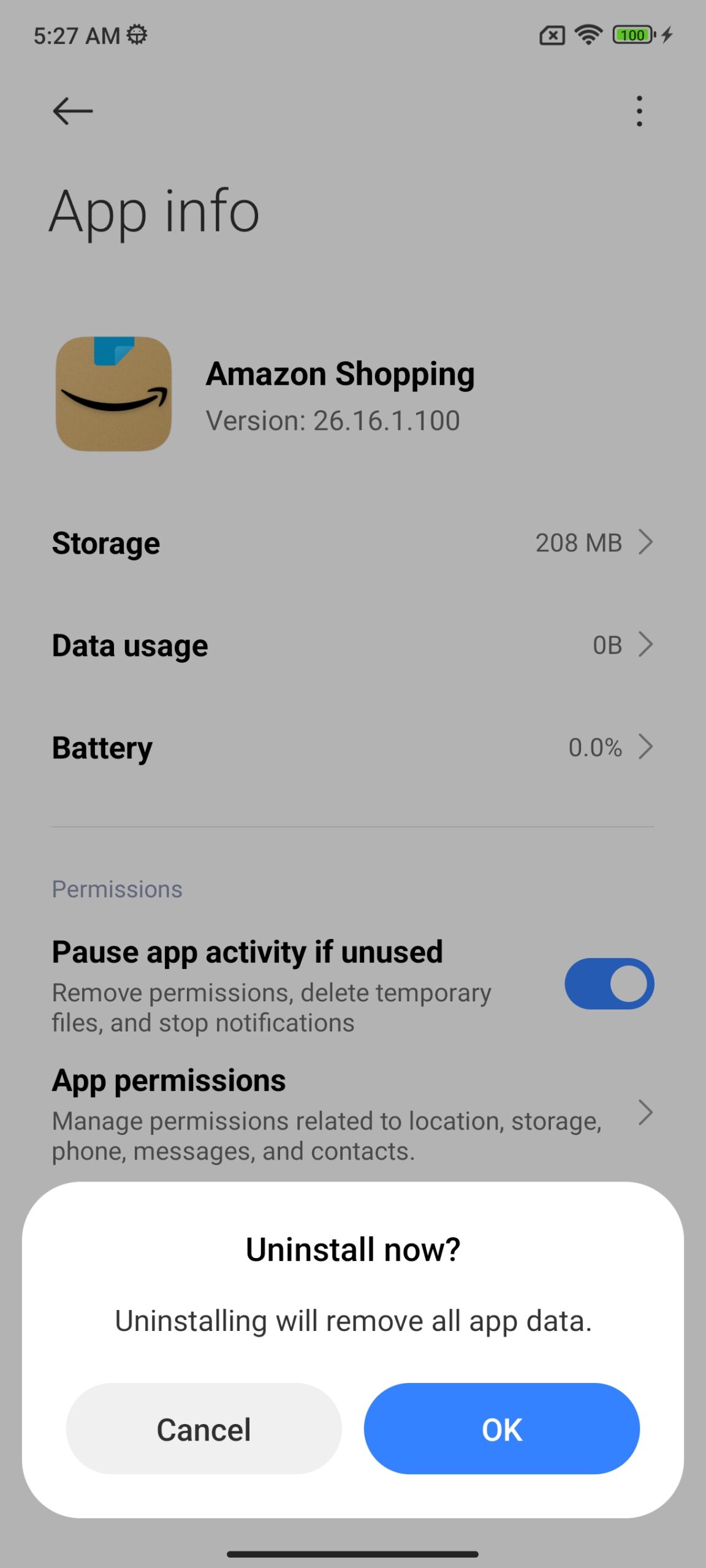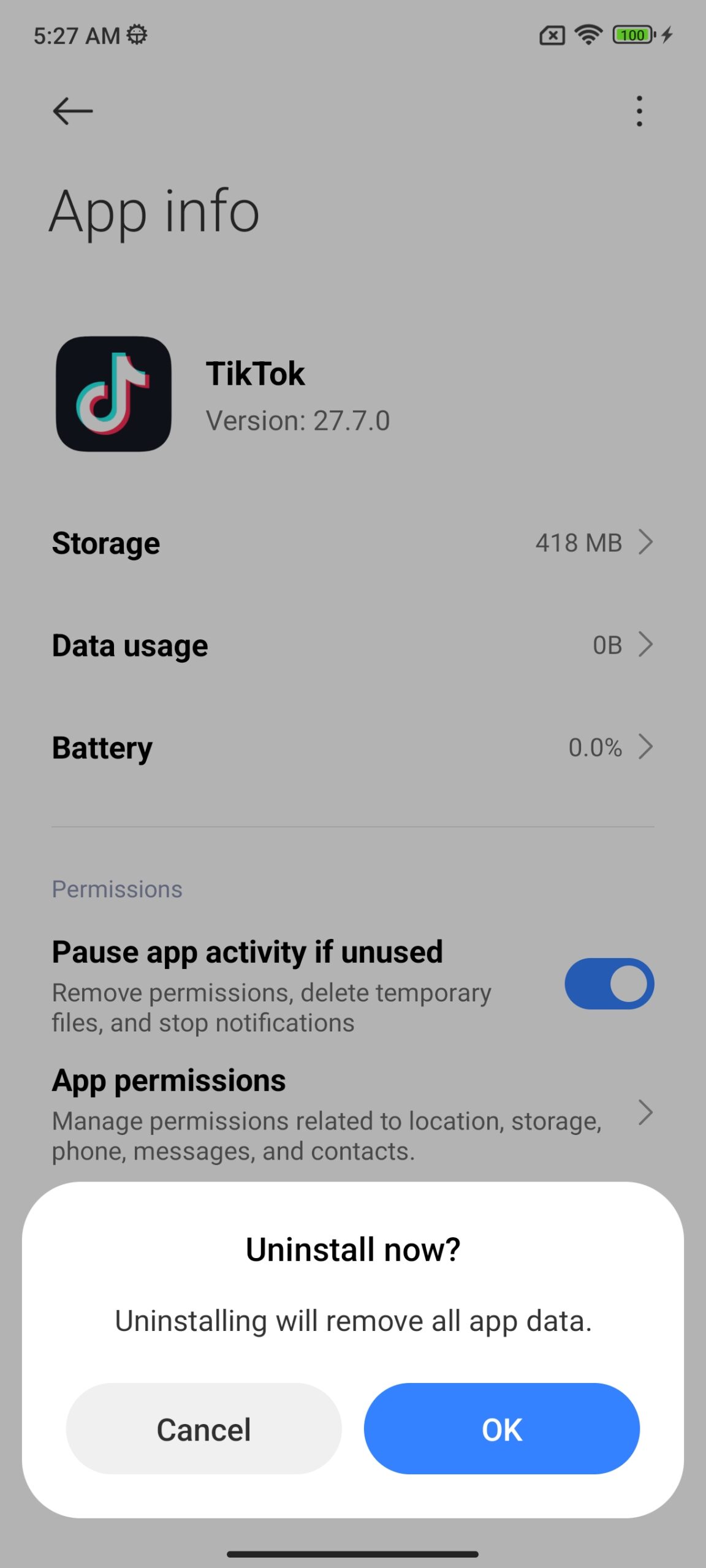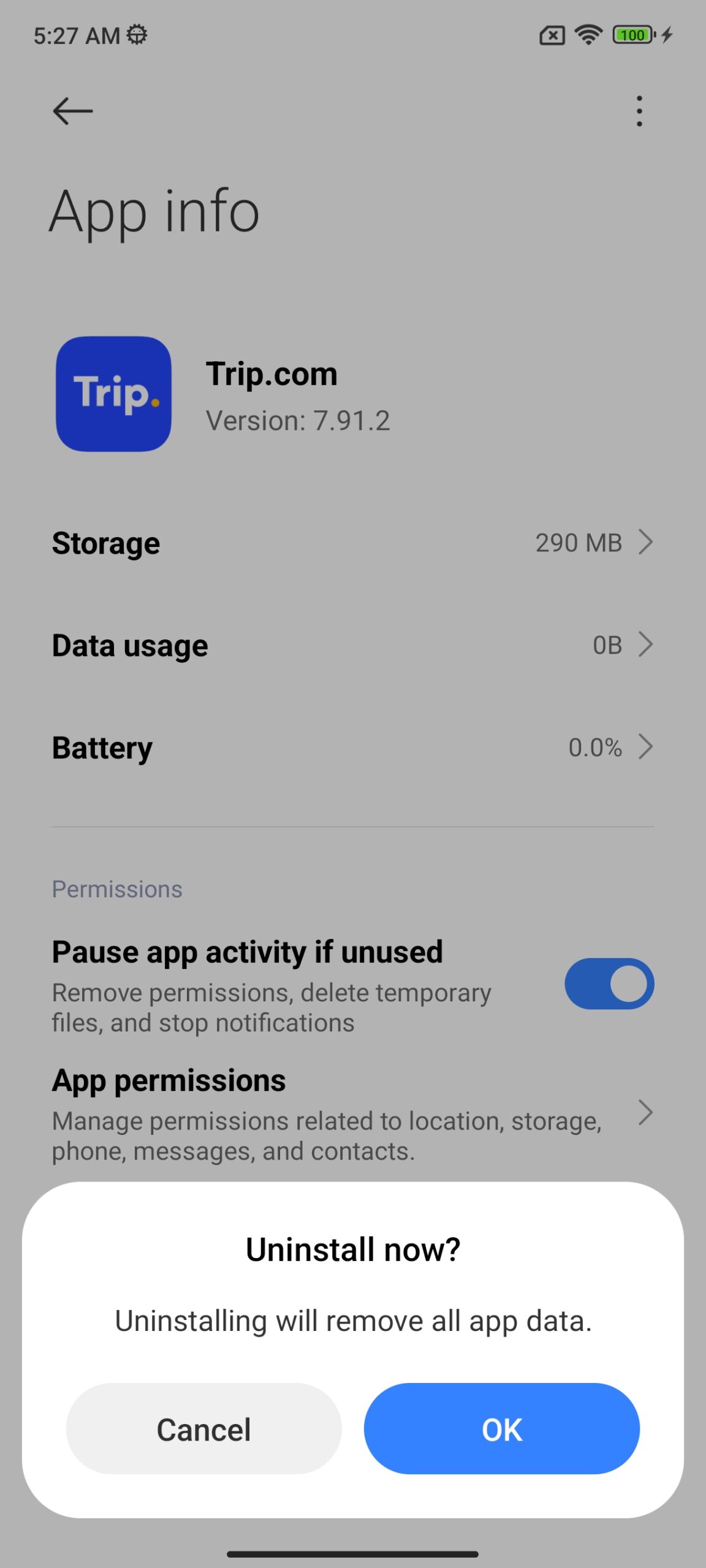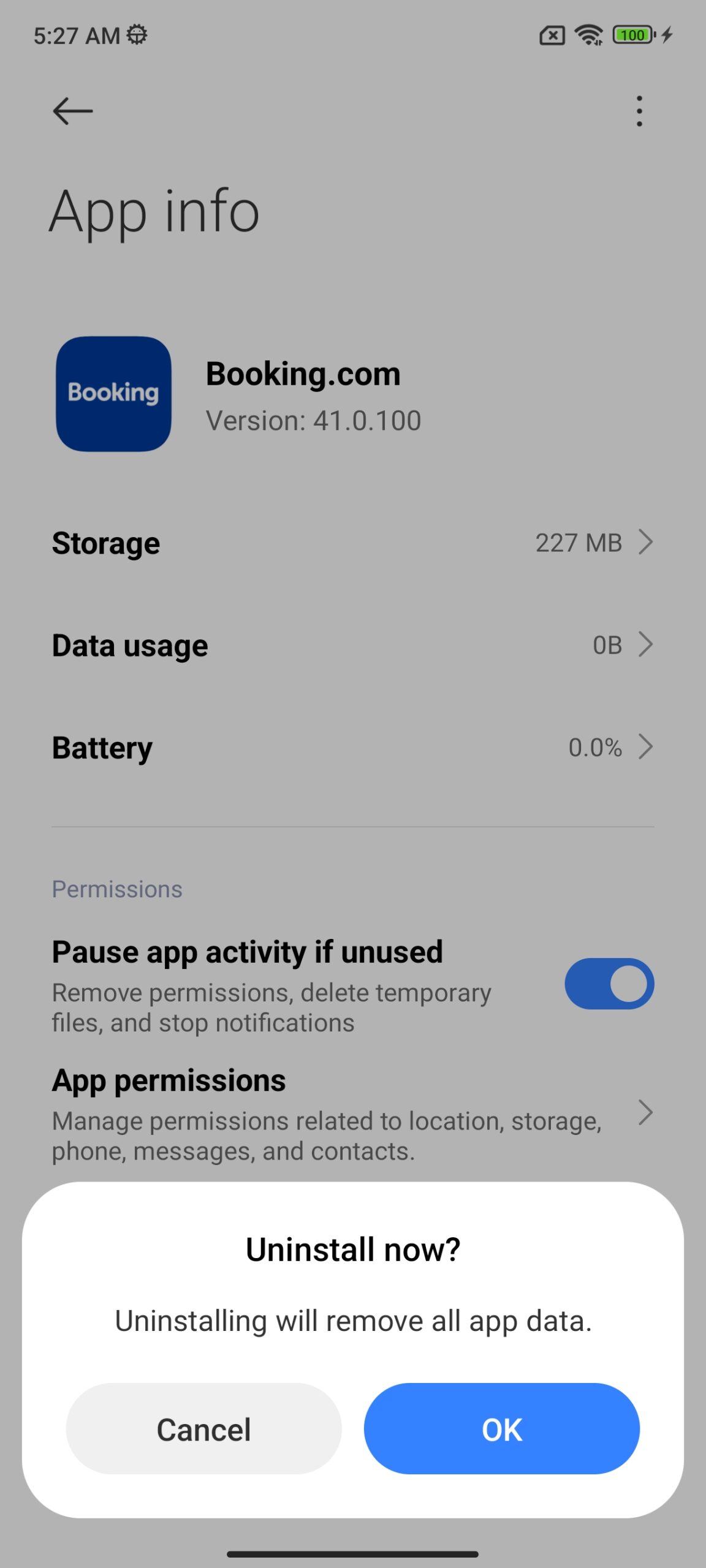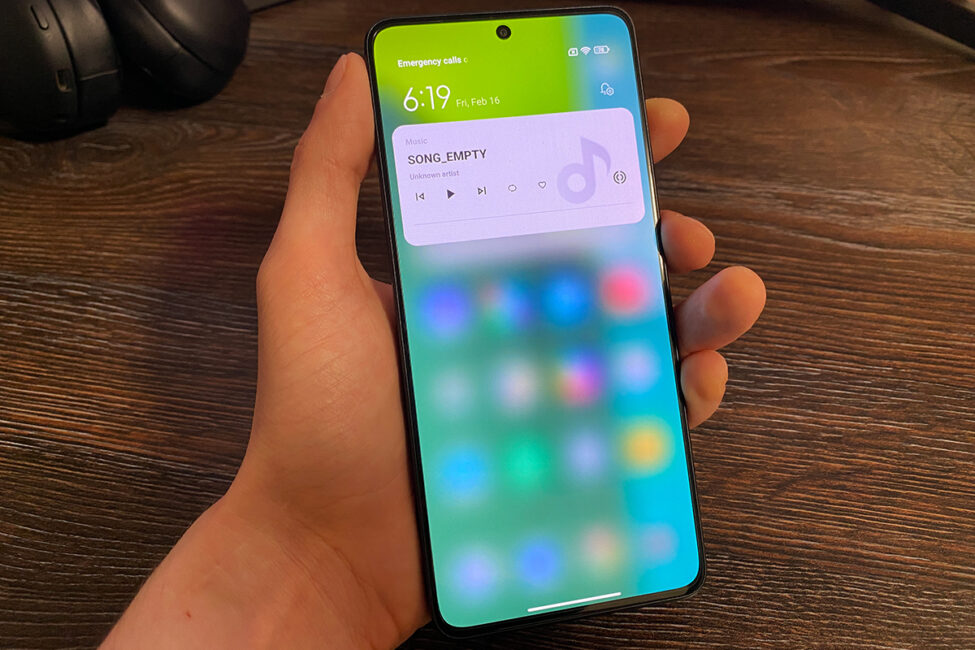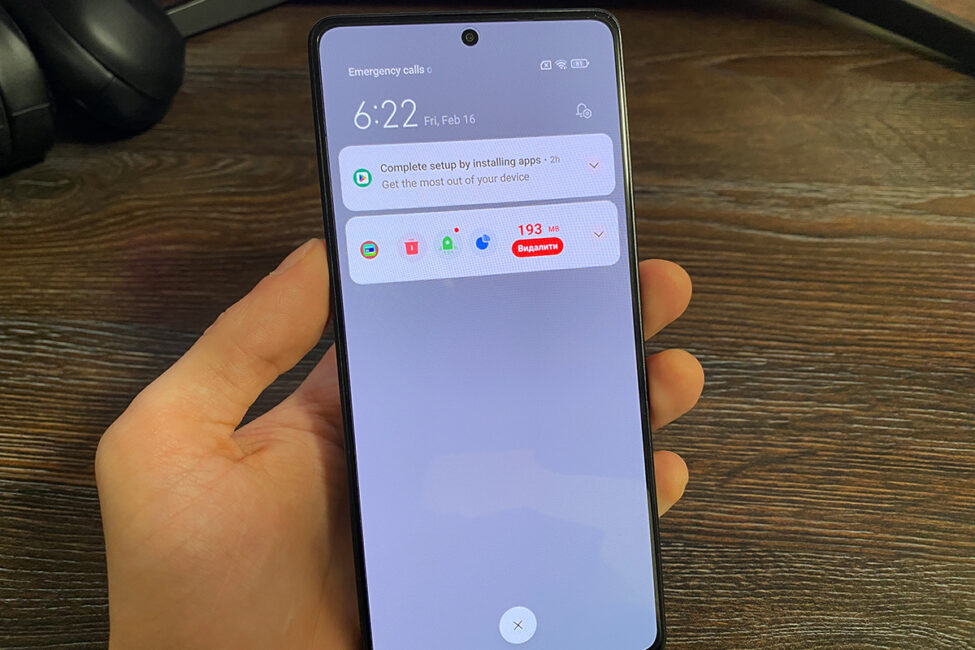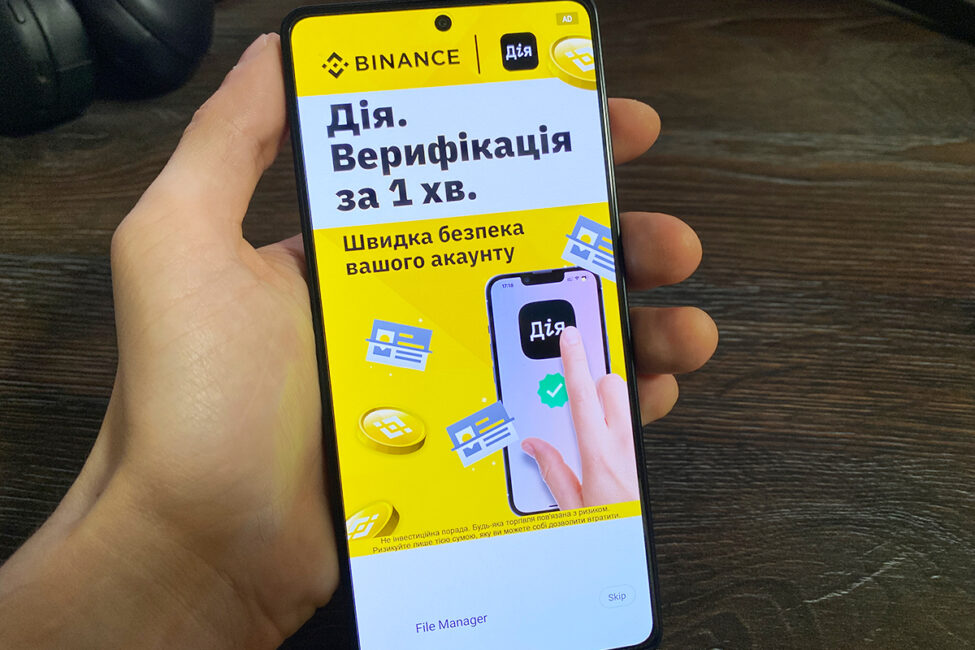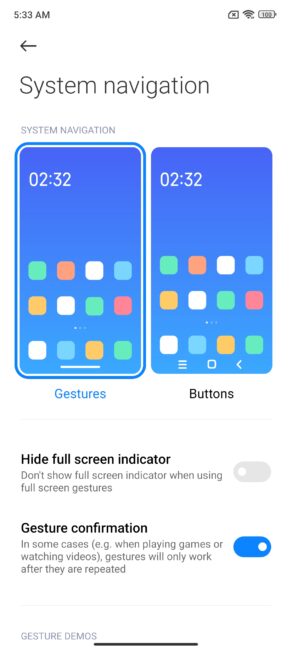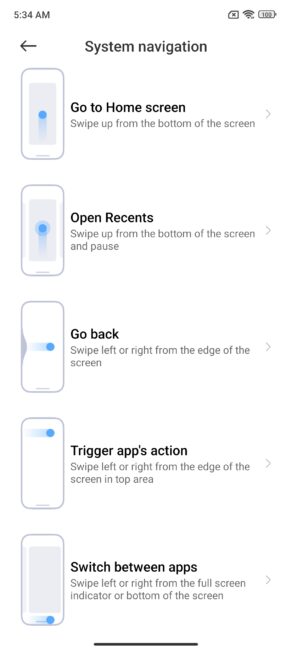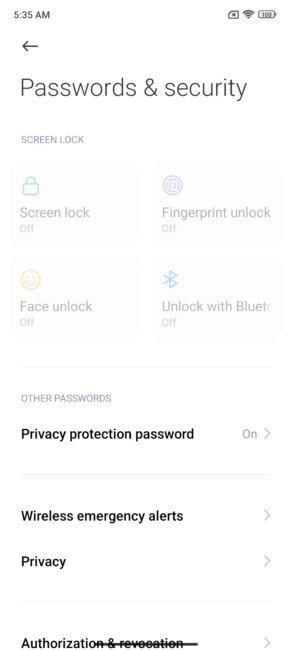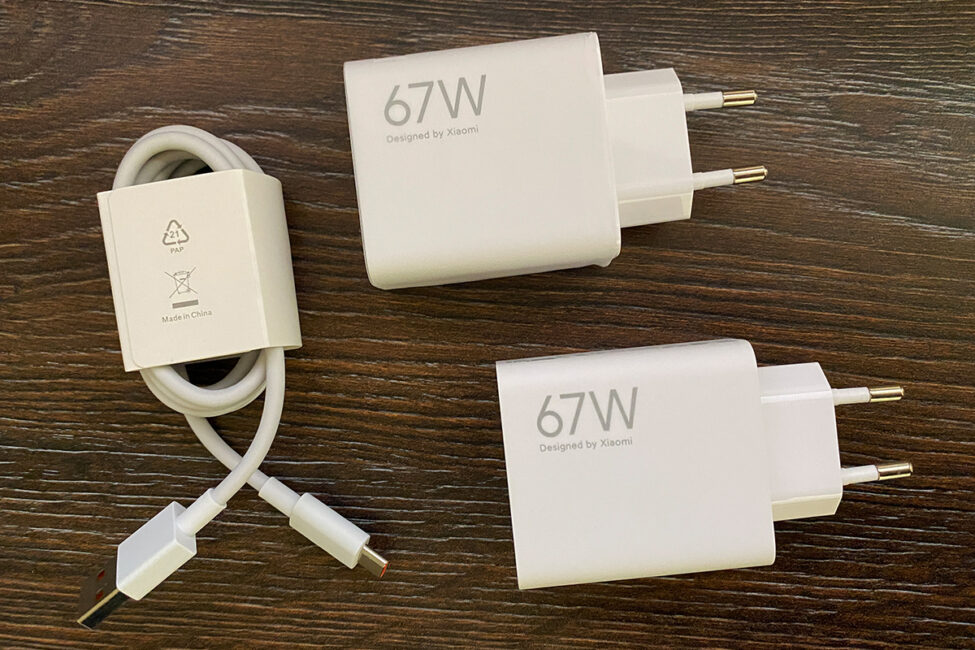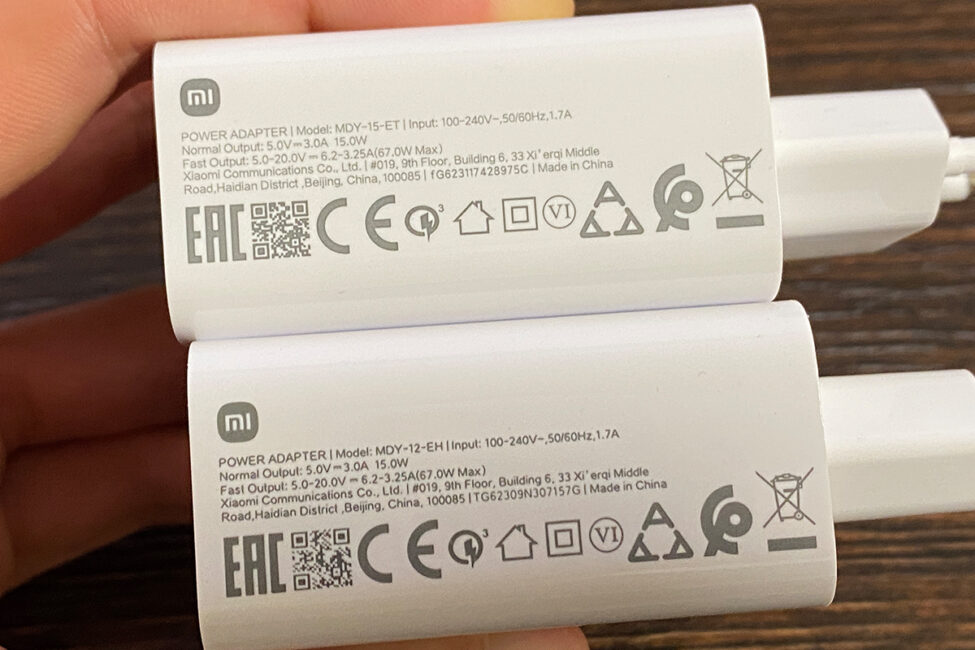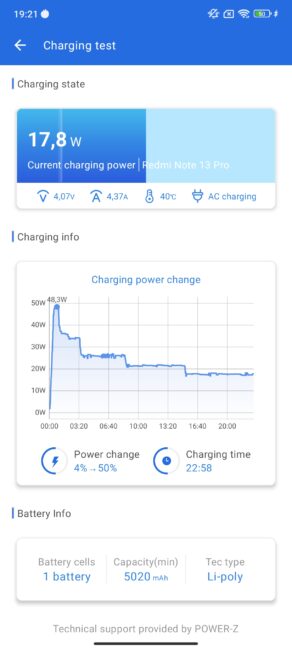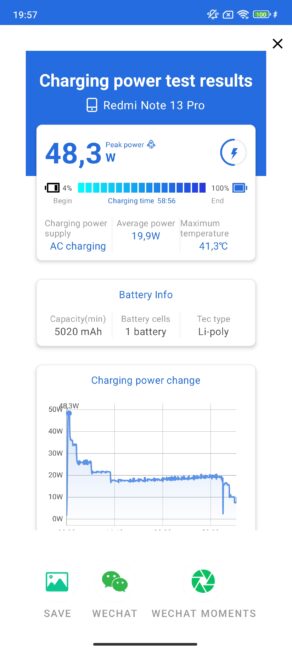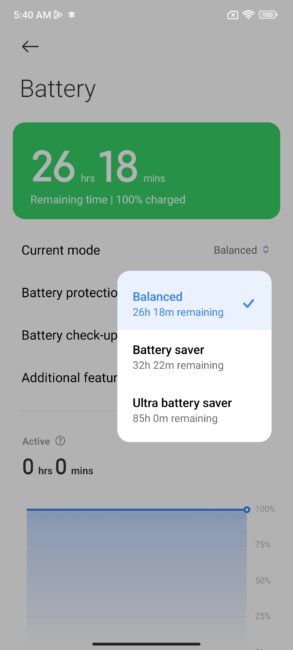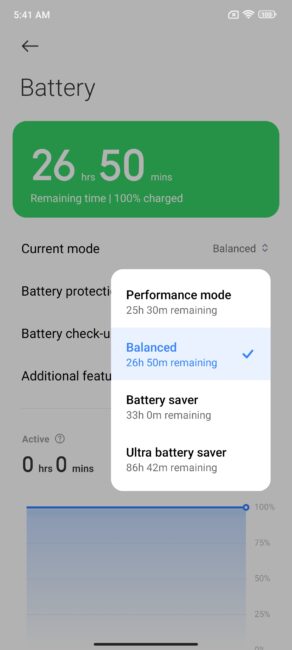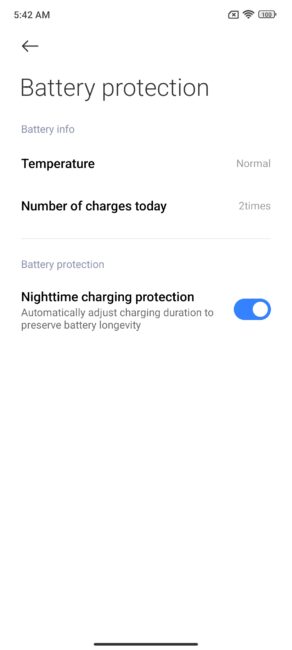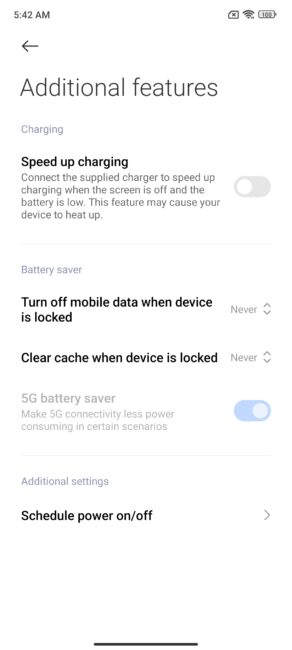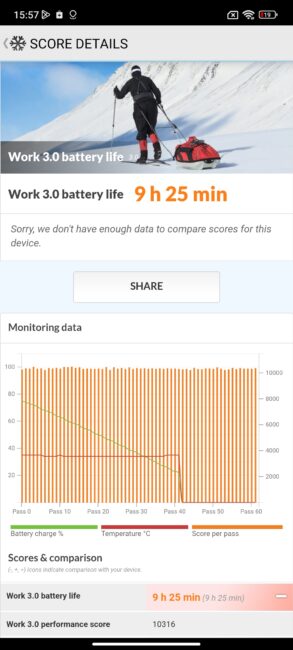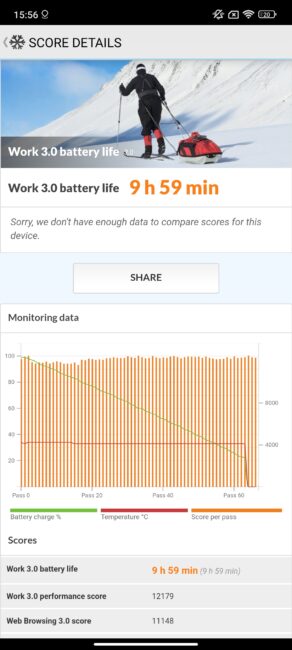The Redmi Note series has always been popular among users. It’s no surprise, as these devices boast large displays, solid performance, good cameras, and, most importantly, affordable prices. The Redmi Note lineup can truly be called “people’s smartphones.” Today, I’ll be reviewing two new additions: the Redmi Note 13 Pro and the Redmi Note 13 Pro 5G. At first glance, it might seem that the only difference between the two is the presence of 5G support. However, that’s far from the truth. For example, the 5G version has a more powerful processor, higher display resolution, and lacks a slot for a memory card. There are also minor differences in the cameras, battery capacity, and design. In this review, let’s take a detailed look at and compare both devices. We’ll go through the technical specifications, run performance tests, check battery life, explore the capabilities of the cameras, and more.
Technical specifications and comparison
For a better understanding, let’s start the review with the technical specifications and a direct comparison of both smartphones.
- Display:
- Redmi Note 13 Pro: AMOLED; 6.67 inches; resolution 2400×1080; aspect ratio 20:9; 394 PPI; refresh rate up to 120 Hz; maximum brightness 1300 nits; Dolby Vision; DCI-P3 100% color gamut; 10-bit color depth; contrast ratio 5000000:1; support for DC Dimming 1920 Hz; Corning Gorilla Glass 5 protective glass
- Redmi Note 13 Pro 5G: AMOLED; 6.67 inches; resolution 2712×1220; aspect ratio 20:9; 446 PPI; refresh rate up to 120 Hz; maximum brightness 1800 nits; Dolby Vision; DCI-P3 100% color gamut; 12-bit color depth; contrast ratio 5000000:1; support for DC Dimming 1920 Hz; Gorilla Glass Victus protective glass.
- Processor:
- Redmi Note 13 Pro: MediaTek Helio G99-Ultra; 8 cores (6×2.0 GHz Cortex-A55 + 2×2.2 GHz Cortex-A76); 6 nm process; Mali-G57 MC2 graphics
- Redmi Note 13 Pro 5G: Qualcomm Snapdragon 7s Gen 2; 8 cores (4×1.95 GHz Cortex-A55 + 4×2.4 GHz Cortex-A78); 4 nm process; Adreno 710 graphics
- RAM and storage: 8+256 GB; 12+512 GB; LPDDR4X RAM type; UFS 2.2 storage type; RAM expansion through virtual memory by 4, 6, 8 GB.
- Memory card support: microSD up to 1 TB – Redmi Note 13 Pro; none – Redmi Note 13 Pro 5G
- Main camera: 3 lenses (main, wide-angle, macro). Main lens – 200 MP; f/1.65; OIS; 2.24µm 16-in-1 Super Pixels. Wide-angle lens – 8 MP; f/2.2; 120˚. Macro lens – 2 MP; f/2.4. Video recording Redmi Note 13 Pro – 1080p@30/60fps, 720p@30fps. Video recording Redmi Note 13 Pro 5G – 4K@30fps, 1080p@30/60fps, 720p@30fps
- Front camera: island-type; 16 MP; f/2.4; video recording in 1080p@30/60fps, 720p@30fps
- Audio: stereo speakers; Dolby Atmos support; 3.5mm headphone jack
- Battery: 5000 mAh – Redmi Note 13 Pro; 5100 mAh – Redmi Note 13 Pro 5G; Li-Po; maximum charging power 67 W
- Operating system: Android 13
- UI: MIUI 14
- Communication standards: 2G, 3G, 4G – Redmi Note 13 Pro; 2G, 3G, 4G, 5G – Redmi Note 13 Pro 5G
- eSIM support: No – Redmi Note 13 Pro; Supported – Redmi Note 13 Pro 5G
- Wireless technologies: Wi-Fi 5 (802.11ac); Bluetooth 5.2; NFC
- Location services: GPS, GLONASS, Galileo, Beidou – Redmi Note 13 Pro; GPS, GLONASS, Galileo, Beidou, QZSS – Redmi Note 13 Pro 5G
- SIM card slot:
Redmi Note 13 Pro: Hybrid (2×Nano-SIM or 1×Nano-SIM + 1×microSD)
Redmi Note 13 Pro 5G: Dual-sided (2×Nano-SIM) - Sensors and sensors: proximity, light, accelerometer, gyroscope, electronic compass, IR port, fingerprint scanner (built into the display) + X-axis linear vibration motor in Redmi Note 13 Pro 5G
- Protection: dust, moisture, water splashes (IP54)
- Dimensions: 161.10×74.95×7.98 mm – Redmi Note 13 Pro; 161.15×74.24×7.98 mm – Redmi Note 13 Pro 5G
- Weight: 188 g – Redmi Note 13 Pro; 187 g – Redmi Note 13 Pro 5G
- Package contents: smartphone, charger, USB-A to USB-C cable, SIM card tray ejector pin, case, user manual, warranty card
Positioning and price
Since its first appearance on the market, Xiaomi has been able to offer customers the same features as renowned brands but at a more affordable price. Sometimes, in addition to a lower price, they even offered more advanced device specifications. Over time, this situation hasn’t changed much, and the models of smartphones under review are no exception. For instance, the price of the Redmi Note 13 Pro 8/256 GB is $345. In turn, the Redmi Note 13 Pro 5G 8/256 GB model will cost slightly more at $425. On the manufacturer’s official website, it is stated that both smartphones are also available in versions with 12/512 GB. However, I have not seen them available in our major retail networks yet, so I cannot comment on their prices. Considering the technical specifications and prices, both smartphones can confidently be classified as mid-range devices. They are solid “middle-of-the-road” options that have the potential to become “popular smartphones.”
Package contents
The smartphones come in branded cardboard boxes with the characteristic Redmi design – maximum simplicity and conciseness. The box of the 5G version is slightly larger, although the smartphones themselves and the contents of the kits are practically identical.

The package of both models includes:
- smartphone
- charger
- USB-A – USB-C cable
- SIM card tray clip
- cover
- user manual
- warranty card
We have a standard basic package. Everything you need for the first time is included. By the way, both smartphones come with a protective film on the display, which can also be considered part of the package. The branded cases deserve special attention. They are really cool: high-quality material, neat design, very pleasant soft-touch feel, and they fit the smartphones perfectly. However, in the 4G version, in my opinion, there is a very large cutout for the cameras. This is probably done so as not to cover the “Redmi” and “200MP” labels. Nevertheless, a smaller cutout, like in the 5G version, looks neater and more aesthetic. Out of curiosity, I checked if the case from the 5G version fits the 4G version. No, the case doesn’t fit due to the larger cameras, and overall, it doesn’t match in size. If you try the other way around, the case fits, but it’s slightly loose.
Design, ergonomics, build
Both models look very stylish, almost premium, one might say. They feature a bezel-less display, perfectly flat edges, rounded corners, a glass back panel, and a sizable yet tidy camera module. There aren’t many color options available, but among them are some interesting and original choices. The Redmi Note 13 Pro model is available in three colors: Midnight Black, Forest Green, and Lavender Purple. For the Redmi Note 13 Pro 5G model, there are also three options in similar colors: Midnight Black, Ocean Teal, and Aurora Purple. I received Midnight Black versions for review.
From the front, the smartphones are indistinguishable. The entire front panel is occupied by a 6.67-inch AMOLED display. The bezels are very thin, measuring 3mm on the sides and 4mm on the top and bottom, when measured alongside the body. The front camera is of the hole-punch type, positioned at the top of the screen. Above the front camera is the earpiece, which is hardly visible. A protective film is applied to the display out of the box. It’s worth noting that it’s applied evenly, which I consider a small plus. The display is protected by glass: Gorilla Glass v5 is used in the 4G version, while Gorilla Glass Victus is used in the 5G version. By the way, Victus glass is more resistant to scratches and drops on hard surfaces.
The back panel of both smartphones is glossy and designed to resemble glass. I must immediately note that fingerprints, smudges, and dust are very noticeable on such a surface. The back cover of the 4G version has a darker, more matte appearance, which makes all of this less visible. Another drawback of the material of the back panel is that it is very slippery. Place the smartphone on a smooth surface even at a slight angle, and after some time, it will end up on the floor.
At the top is the camera module, which differs in design and size. In the 4G version, the modules are larger, and there are the trademark inscriptions “Redmi” and “200MP”. As for the fact that the included case for this model comes with a larger cutout, precisely to not cover these inscriptions (I don’t see any other reason), I’ve already mentioned. The block itself consists of 3 modules (main, ultra-wide, macro) and an LED flash. The camera specifications of both models are the same, but I’ll talk about that a little later.
 The side edges of the smartphones are straight, with rounded corners. The edges are perfectly flat, allowing the smartphones to stand upright on a flat surface both horizontally and vertically.
The side edges of the smartphones are straight, with rounded corners. The edges are perfectly flat, allowing the smartphones to stand upright on a flat surface both horizontally and vertically.
The layout of the elements in the smartphones is nearly identical, except for the SIM card tray. On the left side, the 5G version has nothing, while the 4G version has the SIM card tray located here.
 The right side of both smartphones is the same: there is the standard power button and volume control.
The right side of both smartphones is the same: there is the standard power button and volume control.
On the top edge, we see the standard 3.5mm audio jack, speaker grille, IR port, and microphone. What’s the IR port for in 2024, you may ask? With it, you can turn your smartphone into a universal remote and control various devices, such as a TV or audio system.

On the bottom edge, there is a USB-C port, speaker grilles, microphone hole, and the SIM card tray in the 5G version.
 The SIM trays differ not only in their placement. In the 4G version, there is a standard hybrid tray that can accommodate either 2 Nano SIM cards or 1 Nano SIM card and 1 microSD memory card. In the 5G version, there is no support for memory cards, and the tray is dual-sided for 2 SIM cards.
The SIM trays differ not only in their placement. In the 4G version, there is a standard hybrid tray that can accommodate either 2 Nano SIM cards or 1 Nano SIM card and 1 microSD memory card. In the 5G version, there is no support for memory cards, and the tray is dual-sided for 2 SIM cards.
The smartphones are practically indistinguishable in size and weight. The dimensions of the 4G version are 161.10×74.95×7.98 mm, while the dimensions of the 5G version are 161.15×74.24×7.98 mm. The weight of the 4G model is 188 g, and the 5G model weighs 187 g.
Both smartphones feature IP54 protection, meaning they are resistant to dust, moisture, and water splashes. The build quality of both devices is excellent: the construction is sturdy, all elements fit well together, there are no misaligned joints or large gaps, and the devices feel substantial. The materials used for the body are pleasant to the touch. Using the smartphones is not only comfortable but also enjoyable, as they feel nice to hold in the hand.
By the way, speaking of tactile feedback, both smartphones boast the presence of a vibration motor. For instance, when typing text, adjusting the volume, locking the screen, and some gestures, you’ll feel feedback in the form of a light, short vibration. In the 5G version, the haptic feedback is stronger and more pronounced.
Read also:
Display
The display is one of the strongest features in both smartphones. Both models feature a 6.67-inch AMOLED display. They differ in resolution, pixel density, maximum brightness level, color depth, and protective glass.
The display of the 4G version comes with a resolution of 2400×1080. The pixel density is 394 PPI. The manufacturer claims a maximum brightness level of 1300 nits. The color depth is 10-bit. The protective glass is Corning Gorilla Glass 5.
On the other hand, the display of the 5G version comes with a resolution of 2712×1220. The pixel density is 446 PPI. The maximum claimed brightness is 1800 nits. It has a color depth of 12 bits. It is protected by more resilient glass, Gorilla Glass Victus.In all other aspects, the displays are identical. The aspect ratio is 20:9. The maximum refresh rate is up to 120 Hz. There is support for HDR and Dolby Vision. The color gamut covers DCI-P3 100%. The contrast ratio is 5000000:1. It supports DC Dimming technology (1920 Hz). The settings offer two screen refresh rate modes: standard (dynamic) and customizable (60 or 120 Hz). In the standard (dynamic) mode, the smartphone automatically adjusts the refresh rate from 60 to 120 Hz, depending on the usage scenario. In the second mode, you can simply set a constant value at 60 or 120 Hz. From experience, I can say that you can confidently leave the standard mode, where in most cases the refresh rate will be above 60 Hz. In both smartphones, the display is fast and smooth. Interacting with it is a pleasure.
The touchscreen recognizes 10 simultaneous touches, which is more than enough for regular daily tasks as well as mobile gaming. The response is very good, reacting quickly and accurately to all gestures, taps, and swipes.
 The color reproduction on both models is excellent, with bright, vibrant, and saturated shades. Both smartphones support HDR and Dolby Vision. The 5G version has a higher color depth (12-bit compared to 10-bit), but honestly, you probably won’t notice much difference to the naked eye. The 4G version also looks very impressive in terms of color. Black and its shades on both smartphones look stunning, with deep and truly black colors. In terms of contrast, everything is also quite good.
The color reproduction on both models is excellent, with bright, vibrant, and saturated shades. Both smartphones support HDR and Dolby Vision. The 5G version has a higher color depth (12-bit compared to 10-bit), but honestly, you probably won’t notice much difference to the naked eye. The 4G version also looks very impressive in terms of color. Black and its shades on both smartphones look stunning, with deep and truly black colors. In terms of contrast, everything is also quite good.
Both models have a color gamut of DCI-P3 100%. There are three color scheme modes: vivid (default), saturated, and standard. In the 5G version, there are additional color scheme settings: you can choose the P3 or sRGB color palette, adjust the color space manually, change the hue, saturation, contrast, and so on. The color temperature settings on both smartphones are the same: standard, warm, cool, and manual adjustment.
The viewing angles are extremely wide. Even at steep angles, the display is still readable, and everything remains visible. There are no distortions in color reproduction or brightness.
 With the same display diagonal, the pixel density (PPI) is higher in the 5G version, specifically 446 compared to 394. Consequently, the resolution is also higher. Therefore, in terms of image clarity, the Redmi Note 13 Pro 5G takes the lead. Content of any type looks excellent on its display. However, this by no means implies that the 4G version is inferior. It’s just that the more expensive model offers higher clarity.
With the same display diagonal, the pixel density (PPI) is higher in the 5G version, specifically 446 compared to 394. Consequently, the resolution is also higher. Therefore, in terms of image clarity, the Redmi Note 13 Pro 5G takes the lead. Content of any type looks excellent on its display. However, this by no means implies that the 4G version is inferior. It’s just that the more expensive model offers higher clarity.
By the way, about content. In the display settings, there is a reading mode that makes the screen resemble an e-book. I’m sure fans of reading books on their smartphone will appreciate this feature.
 The brightness of both smartphones is excellent. However, the 5G model boasts higher maximum brightness values: 1800 nits compared to 1300. Both smartphones are comfortable to use outdoors. I think even under bright sunlight, there shouldn’t be any major issues. Currently, the weather is mostly overcast, so it’s not possible to test this aspect properly. From the settings, there’s only brightness level, automatic brightness, and daytime mode. When automatic brightness is enabled, the daytime mode becomes unavailable.
The brightness of both smartphones is excellent. However, the 5G model boasts higher maximum brightness values: 1800 nits compared to 1300. Both smartphones are comfortable to use outdoors. I think even under bright sunlight, there shouldn’t be any major issues. Currently, the weather is mostly overcast, so it’s not possible to test this aspect properly. From the settings, there’s only brightness level, automatic brightness, and daytime mode. When automatic brightness is enabled, the daytime mode becomes unavailable.
Another feature of the display is the support for DC Dimming (1920 Hz), which allows reducing PWM (Pulse Width Modulation) and lowering eye strain. For those unfamiliar, let me explain a bit. AMOLED displays use a special technology for brightness adjustment called PWM. I won’t delve into deep technical aspects, but I’ll tell you the most important thing: some users of AMOLED screens may experience headaches and eye discomfort due to PWM during prolonged use. Nowadays, many manufacturers add support for DC Dimming to devices with AMOLED screens precisely to reduce this discomfort, if not entirely eliminate it.
Speaking of the display, it’s also worth noting that it includes a fingerprint scanner. With it, you can not only secure your device but also track your pulse. For users who monitor their health parameters, this feature can be useful, so keep it in mind.

Summarizing, the displays on both smartphones are excellent. Undoubtedly, this is one of their strongest features. The display of the 5G version is more advanced, with higher resolution, PPI, color depth, and brightness. However, this doesn’t mean that the 4G version lags significantly behind.
Нardware and performance
The Redmi Note 13 Pro is powered by the MediaTek Helio G99-Ultra processor, paired with 8 GB of RAM and a 256 GB storage capacity. There are also versions of the smartphone with 12 GB of RAM and 512 GB of storage.
The chipset in the Redmi Note 13 Pro 5G is more powerful, running on the Qualcomm Snapdragon 7s Gen 2. Otherwise, the specifications are identical: 8 GB of RAM and 256 GB of storage. There are also versions of the smartphones with 12/512 GB configurations.
Now, I suggest delving into the components in more detail, running performance tests, and comparing both smartphones.
Processor and graphics
MediaTek Helio G99-Ultra is an 8-core mid-range mobile chipset announced in 2022. It’s a decent SoC for a mid-entry-level device. The core architecture comprises 6 cores of 2 GHz Cortex-A55 and 2 cores of 2.2 GHz Cortex-A76. Built on a 6nm process, it is powered by Mali-G57 MC2 for graphics processing.
Qualcomm Snapdragon 7s Gen 2 is an 8-core mobile chipset announced in 2023. It can be characterized as the same mid-range class but a bit fancier. It features 5G support, enables 4K video recording, and has higher memory bandwidth. The core architecture consists of 4 cores of 1.95 GHz Cortex-A55 and 4 cores of 2.4 GHz Cortex-A78. Fabricated on a 4nm process, it utilizes Adreno 710 for graphics rendering.
The Snapdragon 7s Gen 2 is approximately 30-40% more powerful than the Helio G99-Ultra, so in terms of performance, the 5G version of the smartphone will undoubtedly come out on top.
RAM and storage
The smartphones come with 8 GB of LPDDR4X RAM. There’s a feature for adding virtual memory, which utilizes space on the storage. Available options include 4, 6, or 8 GB. This option can be found under: Additional menu – Memory Expansion.
The storage in both smartphones is UFS 2.2 type with a capacity of 256 GB. Yes, it’s not UFS 4.0 or even 3.1. However, the storage is quite fast, as confirmed by tests with AnTuTu and PCMark.
Memory card support is only available in the 4G version, with support for microSD cards up to 1 TB. The slot is a standard hybrid one, meaning you’ll have to sacrifice one SIM card slot to install a memory card. Memory card support is not available in the 5G version.
Performance tests
Before running benchmarks, I had the chance to test both smartphones and form my impression of their performance. In typical daily tasks, both devices perform excellently. Web browsing, app installation, navigating through the OS, using the camera, watching videos, and similar activities all happen quickly and smoothly. I didn’t notice any lags or freezes at all. Of course, the 5G version feels faster, thanks to its more powerful processor.
When it comes to benchmarks, both smartphones can demonstrate decent performance. To illustrate, I’ll provide the test results from Geekbench 6, PCMark, 3DMark, AnTuTu Benchmark, AiTuTu Benchmark, and CPU Throttling Test.
Testing the performance level of smartphones would be incomplete without considering mobile games. After launching the first installed game on the smartphones, the proprietary Game Turbo application appeared. This is a gaming hub where all installed games are displayed. Using it, you can optimize games and the system for them. When launching any game (whether from Game Turbo or from a desktop shortcut), the system automatically optimizes for the best performance.
For the test, I didn’t choose extremely simple or undemanding games since smartphones can handle them without any issues. I selected several games from the category of more demanding ones.
Diablo Immortal
For the 4G version, the graphics settings in the game are limited; for instance, you can’t set the resolution higher than Medium or the frame limit above 30. Only the graphics quality is available. Anticipating the smartphone’s capabilities, I set the graphics quality to the highest – Very High. With these settings, the game runs at around 30 frames per second. Sometimes there are freezes, but I wouldn’t say they significantly affect the gameplay. Lowering the settings to High reduces these occurrences significantly.
The settings for the 5G version show pretty much the same scenario, except now we can raise the resolution to High. Interestingly, with the increased resolution, the game noticeably improves. It’s somewhat comfortable to play at maximum settings, with around 30 frames per second. There are also minor freezes, which practically disappear when lowering the settings to High.
Verdict: both smartphones handle Diablo Immortal without any issues. Of course, not perfectly, but overall quite well.

Genshin Impact
For the 4G version, graphics settings above Medium were practically unplayable: low FPS, frequent drops, freezes. At the Medium level, it becomes more playable, although far from ideal gameplay. The optimal settings for the 4G version are Low. With these settings, we get more or less stable 30 frames even in the city.
For the 5G version, things are slightly better. Thanks to the more powerful processor, the smartphone handles the game on medium settings – Medium without any major issues. In terms of experience, we have about 30, more or less, stable frames.

Free Fire
The least resource-intensive game from the list and no performance issues on either smartphone. Both devices handle the game at the maximum available graphics settings. The gameplay is fast, smooth, without noticeable performance drops.

As you can see, playing mobile games on these smartphones is smooth sailing. Less demanding games run excellently, and for more resource-intensive ones, you can always lower the graphics quality.
Read also:
- Xiaomi 13 Pro review: a flagship with a clumsy design and a high price tag
- Xiaomi 13 smartphone review: almost perfect
Cameras
The cameras in both smartphones are identical. The rear camera setup consists of three lenses: a primary lens, an ultra-wide lens, and a macro lens. The primary lens is 200 MP with an aperture of f/1.65, optical image stabilization, and utilizes 16-in-1 pixel binning technology (Super Pixel) to achieve 2.24μm pixel size. The ultra-wide lens is 8 MP with an aperture of f/2.2 and a 120˚ field of view. The macro lens is 2 MP with an aperture of f/2.4.
 Despite having the same cameras, the 4G version can only record video in 1080p at 30/60 frames per second and 720p at 30 frames per second. The 5G version boasts support for 4K video recording at 30 frames per second. The front camera has a resolution of 16 MP with an aperture of f/2.4. It supports panoramic shooting and HDR. The front camera can record video in 1080p at 30 and 60 frames per second.
Despite having the same cameras, the 4G version can only record video in 1080p at 30/60 frames per second and 720p at 30 frames per second. The 5G version boasts support for 4K video recording at 30 frames per second. The front camera has a resolution of 16 MP with an aperture of f/2.4. It supports panoramic shooting and HDR. The front camera can record video in 1080p at 30 and 60 frames per second.
Camera app
Camera control is standard. The application is simple, intuitive, and user-friendly. Shooting modes are switched by swiping, and additional settings are found in the dropdown menu. Let’s start by exploring what’s available for the main camera. Then we’ll look at what’s offered for the front-facing camera.
Available photo modes include regular photo, photo with maximum resolution (200 MP), portrait, night mode, document scanning, pro mode, macro mode, burst mode, panorama, and long exposure.
For the regular photo and portrait modes, there are additional effects like frame enhancement and filters. Additionally, in portrait mode, you can further adjust the background blur intensity. For the “long exposure” mode, there are 6 pre-prepared scenarios.
The app offers up to 4x zoom for regular photo and document modes. If needed, the zoom ratio can be increased to 10x, but there will be noticeable loss of quality. For photos in 200 MP, the maximum zoom is only 2x, and it cannot be increased further. The night mode offers a maximum zoom of 2x, but like regular photos, it can be increased to 10x. Wide-angle shooting is available only in regular photo, document, and night modes.
The camera supports HDR, which can be disabled or left in auto mode where the smartphone decides when to use it. There’s also an AI camera mode, but I didn’t notice much of a difference when it’s activated. Additionally, there’s a dual-camera mode where you can connect two devices and take photos with a shared preview.
For video recording, available modes include normal video, slow-motion, time-lapse, macro, and short film. Short film mode allows you to record short video clips with pre-applied effects and music.
The zoom for video recording (both regular and time-lapse) offered by the app is limited to 2x. However, as with photos, the maximum zoom available is 10x. During video recording, you can use the wide-angle lens, but again, only in regular video recording and time-lapse modes. Frame enhancement and filters for video recording are also available, but limited to a maximum resolution of 720p.
For the front camera, the range of modes and settings largely mirrors those available for the rear camera. Available modes for photo capture include regular selfies (with enhancements like smooth skin, bigger eyes, etc.), portrait mode (also with enhancements and filters), night mode, and panorama. HDR and additional camera features are also available for the front camera. For video recording, there are three modes: regular video (with enhancements), short films, and time-lapse.
As for the global settings, everything is more or less standard. I’ll show everything available through screenshots.
Photos and videos on the rear camera
The smartphones’ cameras perform well: both models can produce decent shots, with a few exceptions (we’ll get to those later). The technical parameters of the cameras and the camera apps are the same for both models. However, upon detailed examination of the photos taken, some differences can still be found and highlighted. In some instances, colors may appear slightly warmer, particularly in the 5G model. Brightness may vary in some photos, despite being taken under the same conditions and settings. Color saturation may also differ, likely due to the automatic HDR, which decides when to activate. Otherwise, everything is more or less the same. It’s hard to say which smartphone takes better photos. Can anyone be singled out? Therefore, I’ll simply show a few photos for comparison, and everyone can decide for themselves which they prefer.
In the maximum resolution mode (200 MP), photos are more detailed. This becomes noticeable upon further zooming in and detailed examination. However, it’s necessary to keep the smartphone as still as possible and ensure good lighting. By the way, the app even mentions lighting when you switch to this mode. For example, I’ll provide a few photos taken in normal mode and at 200 MP. In small previews, it may seem that the photos in normal mode are sharper. However, when you start scaling the frames and examining the details, it becomes clear that this is not the case.
Wide-angle shooting, in principle, looks good, but the quality noticeably decreases in low light conditions. Overall, it’s quite possible to shoot during the day.
I can’t say anything bad about the zoom. It’s just there, and it works. If you stabilize the smartphone well, you can get quite decent shots even with 4x zoom (see the photo with the graffiti cat on the wall). The maximum zoom possible is 10x, but don’t expect quality there. Up to 4x is the optimal option.
The macro mode, for the most part, disappoints with low detail and focusing issues. Smartphones can struggle to focus even in good lighting conditions.
The portrait mode is standard. One plus point is that the camera doesn’t blur the background excessively from the start, as often happens with budget smartphones.
Evening and night shots pleased me: good detail, fast focusing, and the images turn out, in my opinion, quite decent. In the evening, both smartphones capture images more or less equally.
For evening shooting there is a special “Night” mode, which adds brightness to the photos. For clarity, here are some examples in comparison.
Smartphones have no particular issues with video shooting. With good lighting, the videos turn out to be of good quality. Evening shooting is also generally decent. Of course, in terms of video, the 5G version is superior because it can shoot in 4K. Another unpleasant aspect of the 4G is the brightness at 1080P at 60 frames in the evening – the video is noticeably darker. You can see this in the examples below. In 5G, whether in 4K at 30 frames or in 1080P at 30/60 frames, there are no brightness issues.
Examples of videos with the Redmi Note 13 Pro in 1080P at 30 and 60 frames in the daytime. The brightness is the same here.
Examples of videos with the Redmi Note 13 Pro in 1080P at 30 and 60 frames in the evening. Here you can see the difference in brightness. As I mentioned before, at 60 frames, the video is noticeably darker.
Examples of videos with the Redmi Note 13 Pro 5G in 4K at 30 frames and 1080P at 60 frames during daytime:
Examples of videos with the Redmi Note 13 Pro 5G in 4K at 30 frames and 1080P at 60 frames during the daytime. As you can see, the brightness is fine at 1080P at 60 frames.
In summary, I can say that both smartphones shoot more or less the same and can deliver excellent footage. Preference can be given to the 5G version for its support of 4K.
Photos and videos on front camera
The front camera in both smartphones is standard. It captures well under sufficient lighting conditions. However, the quality noticeably decreases in the evening. The portrait mode performs decently, but only under good lighting. And the difference in video brightness between 1080P@30FPS and 1080P@60FPS during evening shooting is noticeable on both smartphones.
Examples of videos taken with the front camera of the Redmi Note 13 Pro in 1080P at 30 and 60 frames during the day.
Examples of videos taken with the front camera of the Redmi Note 13 Pro in 1080P at 30 and 60 frames in the evening. As mentioned before, the video at 1080P and 60 frames is noticeably darker.
Examples of videos taken with the front camera of the Redmi Note 13 Pro 5G in 1080P at 30 and 60 frames during the day.
Examples of videos taken with the front camera of the Redmi Note 13 Pro 5G in 1080P at 30 and 60 frames in the evening. As with the 4G version, the video at 1080P@60FPS is darker.
Read also:
Sound
The smartphones are equipped with two speakers (top and bottom), which provide quite decent stereo sound. The smartphones themselves are very loud, especially when the volume is turned up to the maximum. The sound quality is good: there are no clearly defined defects in the sound, and the bass is noticeable. Although, if you listen closely, you can hear that the mid and high frequencies still slightly dominate. Both smartphones support Dolby Atmos. In the settings, there is an equalizer that allows you to adjust the sound to your preferences.
For wired headsets, there is a standard 3.5mm audio jack located on the top edge of the smartphone. For wireless headsets, there is support for LDAC codecs.

The quality of the speaker and microphone is good: there were no problems with hearing during phone conversations.
Communication
The smartphones support the standard set of cellular networks: 2G, 3G, 4G. In the Redmi Note 13 Pro 5G, as you might guess from the name, support for 5G is added. Additionally, in the 5G version, there is support for eSIM. As for the supported bands, we have the following.
Redmi Note 13 Pro:
- 2G GSM: 850 900 1800 1900MHz
- 3G WCDMA: 1/2/4/5/6/8/19
- 4G LTE FDD: 1/2/3/4/5/7/8/12/13/17/18/19/20/26/28/66
- 4G LTE TDD: 38/40/41
Redmi Note 13 Pro 5G:
- 2G GSM: 850 900 1800 1900MHz
- 3G WCDMA: 1/2/4/5/6/8/19
- 4G LTE FDD: 1/2/3/4/5/7/8/12/13/17/18/19/20/26/28/32/66
- 4G LTE TDD: 38/40/41
- 5G: n1/3/5/7/8/20/28/38/40/41/66/77/78
I didn’t encounter any issues with cellular connectivity throughout the entire testing period. I tested the smartphones sequentially with two different mobile operators, using them for everyday calls and mobile internet. The signal strength, call quality, and mobile internet speed were normal and showed consistent results.

Wireless technologies
For wireless connections, the smartphones feature Wi-Fi 5 (802.11ac) and Bluetooth 5.2. There’s also an NFC module for contactless payments. Supported location services include standard GPS, GLONASS, Galileo, and Beidou. In the 5G version, support for QZSS is added.
All of the above functions work correctly: I didn’t encounter any connection issues throughout the entire testing period. The Wi-Fi connection speed is high. Smartphones quickly detect Bluetooth devices. Geolocation is accurate; for example, you can easily call a taxi without worrying about providing an address.
Software
The smartphones run on Android 13 with their proprietary MIUI 14 interface. At the time of writing the review, the latest versions were: 14.0.4.0.TNFEUXM for the 4G version and 14.0.6.0.TNREUXM for the 5G version. As we can see, the smartphones have slightly different versions of the interface, although they are practically identical externally.
According to the manufacturer’s statement, MIUI 14 is more optimized, resulting in reduced weight and lower memory consumption. Additionally, the list of pre-installed system apps that can now be removed has expanded. Otherwise, it’s the same recognizable proprietary interface from Xiaomi. For those who have used their interfaces before, or have at least encountered them once, everything here will be straightforward, clear, and familiar.
There are many pre-installed applications, I would even say too many. The smartphones come with practically the full set of standard Google apps. There’s also a large set of proprietary Xiaomi apps. Additionally, there’s a bunch of third-party apps like Booking, Netflix, TikTok, Amazon Shopping, Facebook, and so on. While one could somewhat understand the inclusion of the first two sets, most of the apps from the third set are typically unnecessary for the user. It’s good that they can be uninstalled.
There is also the typical Xiaomi-style app advertising in the form of recommendations. These can also be disabled in the settings. But perhaps the most annoying aspect is the advertising embedded within the apps themselves. For example, sometimes when you open the file manager, an advertisement appears first. By the way, the file manager cannot be uninstalled; only its updates can be disabled.
Another drawback worth mentioning is the annoying notifications from proprietary apps, such as Mi Music or the cleaning master. However, this issue can also be addressed in the settings. In short, if you want a relatively clean system, you’ll have to do some “cleaning up” first. This means deleting unnecessary programs, disabling unwanted notifications, and so on.
Among the positives of the interface, I can mention the following points. The operating system runs smoothly and quickly, with no critical bugs noticed. Visually, the interface is attractive and intuitive. Knowing Xiaomi, you don’t have to worry about future support and updates. And full customization options can also be highlighted as a positive aspect.
The system navigation is standard – with either 3 buttons or gestures to choose from. The phone’s security methods (unlocking) include the following: pattern lock, PIN code, password, fingerprint, and face unlock.
Overall, MIUI is a good operating system. It has its drawbacks, but they are minor and most can be addressed through regular settings adjustments. On the other hand, in my opinion, the advantages outweigh them significantly.
Read also:
- POCO M6 Pro Review: Functionality For Decent Price
- Realme C67 4G review: stereo sound, IP54 and battery life
Battery life
The smartphones are equipped with batteries with standard capacity by today’s standards: the 4G version has a capacity of 5000 mAh, while the 5G version has a capacity of 5100 mAh. Both smartphones come with identical chargers with a maximum power of 67 watts.
With the included charger, the 4G version charges from 4 to 50% in about 30 minutes on average, while a full charge to 100% takes approximately 1 hour. The 5G version charges from 4 to 50% in 23 minutes and reaches a full charge in 59 minutes.
In the battery settings, there are several modes available: balanced, battery saver, ultra battery saver. The 5G version has an additional mode, namely, high-performance mode. The smartphones also feature a battery protection function – slower charging during nighttime. There’s a rapid charging function when the screen is off and the battery is fully discharged.
For the battery life test, I used the popular stress test Work 3.0 Battery Life from PCMark. It showed that with continuous intensive usage, the 4G version can last for 9 hours and 25 minutes, while the 5G version can last for 9 hours and 59 minutes.
The tests were conducted with the following settings on the smartphones:
- Battery mode – Balanced (default setting)
- Display brightness – 75% (manual adjustment, auto-brightness turned off)
- Display refresh rate – Automatic (default setting)
With typical everyday usage (calls, internet browsing, messaging, some YouTube video watching, listening to music, camera usage), the smartphones can last on one charge for approximately 1.5 to 2 days, depending on the intensity of usage.
Summary
In conclusion, it can be said that the Redmi Note 13 Pro and Redmi Note 13 Pro 5G are good balanced devices with every chance of becoming “popular smartphones.” Among the main advantages, we can highlight: a great display, a sufficiently good level of performance (especially for the 5G version), stylish design, and good battery life.
The cameras, for the most part, are good. However, the additional modules are weaker, and this is noticeable in some modes. Among the drawbacks, the only thing to highlight is perhaps the material of the body, which collects fingerprints, smudges, and dust quite noticeably.

If choosing between these two models, in my opinion, the clear leader is the Redmi Note 13 Pro 5G. Despite the price difference of $78, for this difference, you get: 5G support, which is a kind of investment in the future, a more powerful device thanks to the more powerful processor, eSIM support, a clearer display due to higher resolution and PPI, and video recording in 4K @ 30FPS. In my view, it’s worth it.
Read also:
- Samsung Galaxy S24+ review: a proven formula for success
- Samsung Galaxy S23 FE smartphone review: Almost a flagship
- Cubot P80 Smartphone Review

